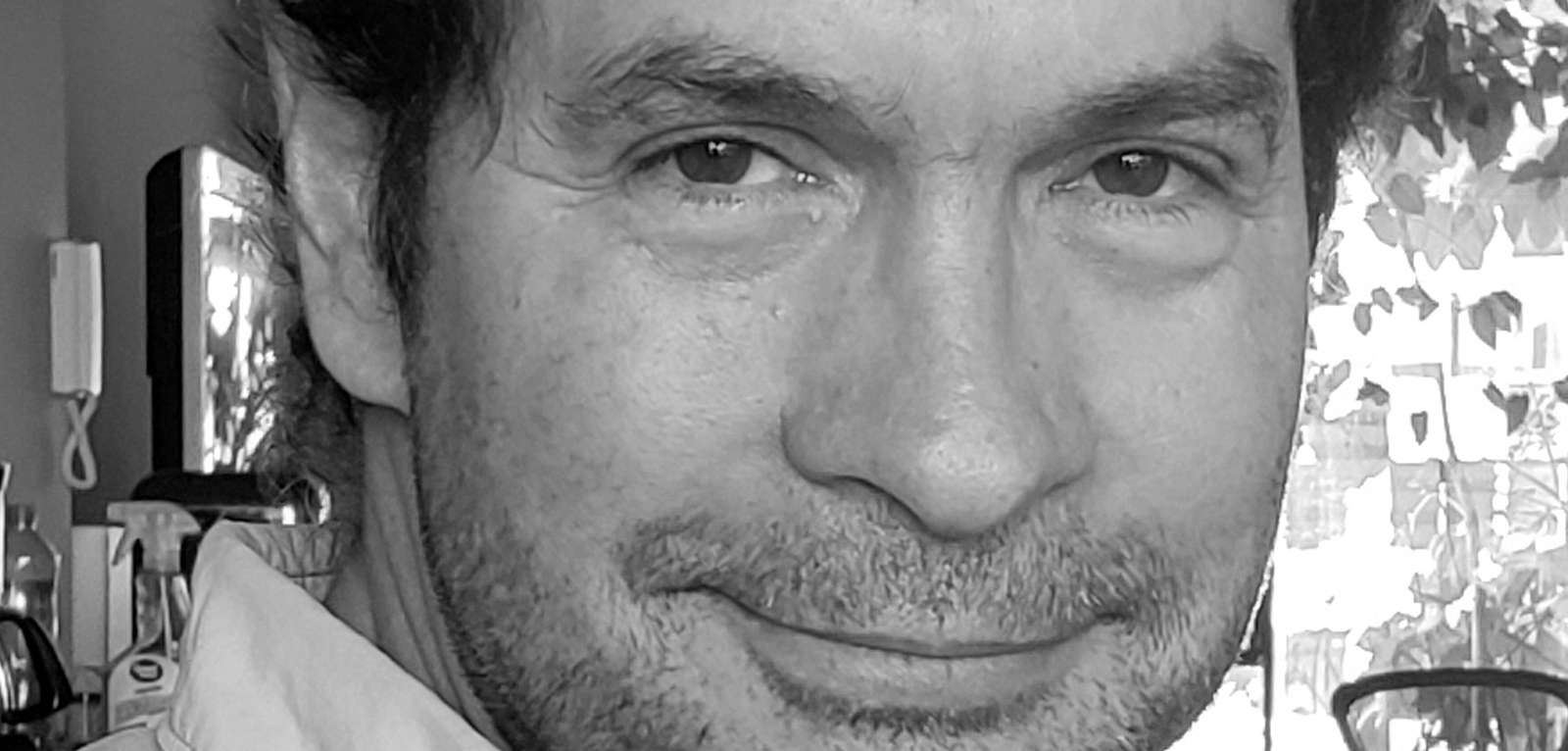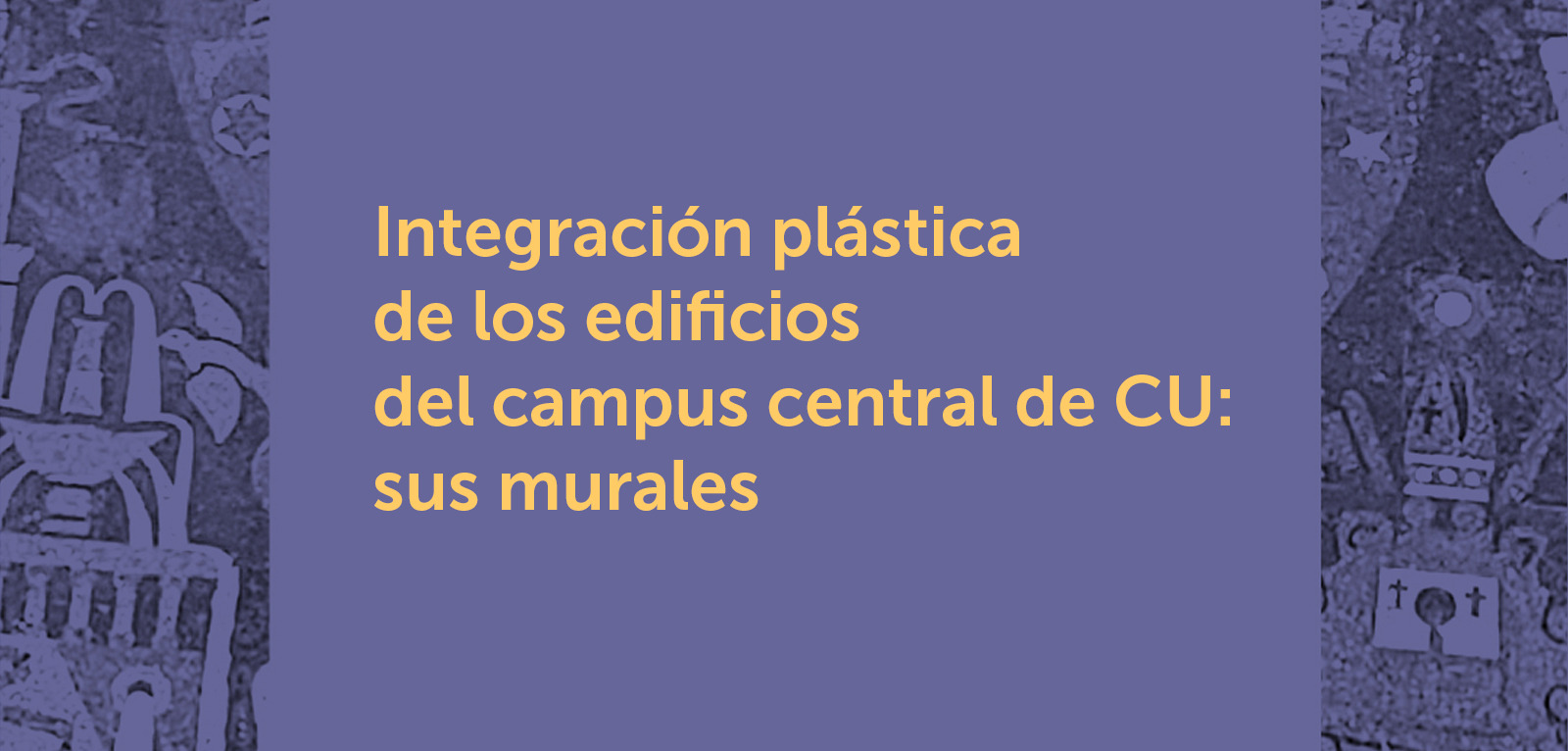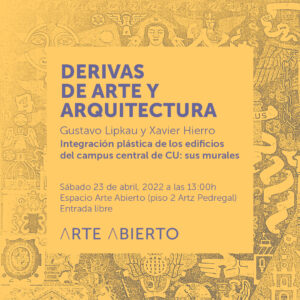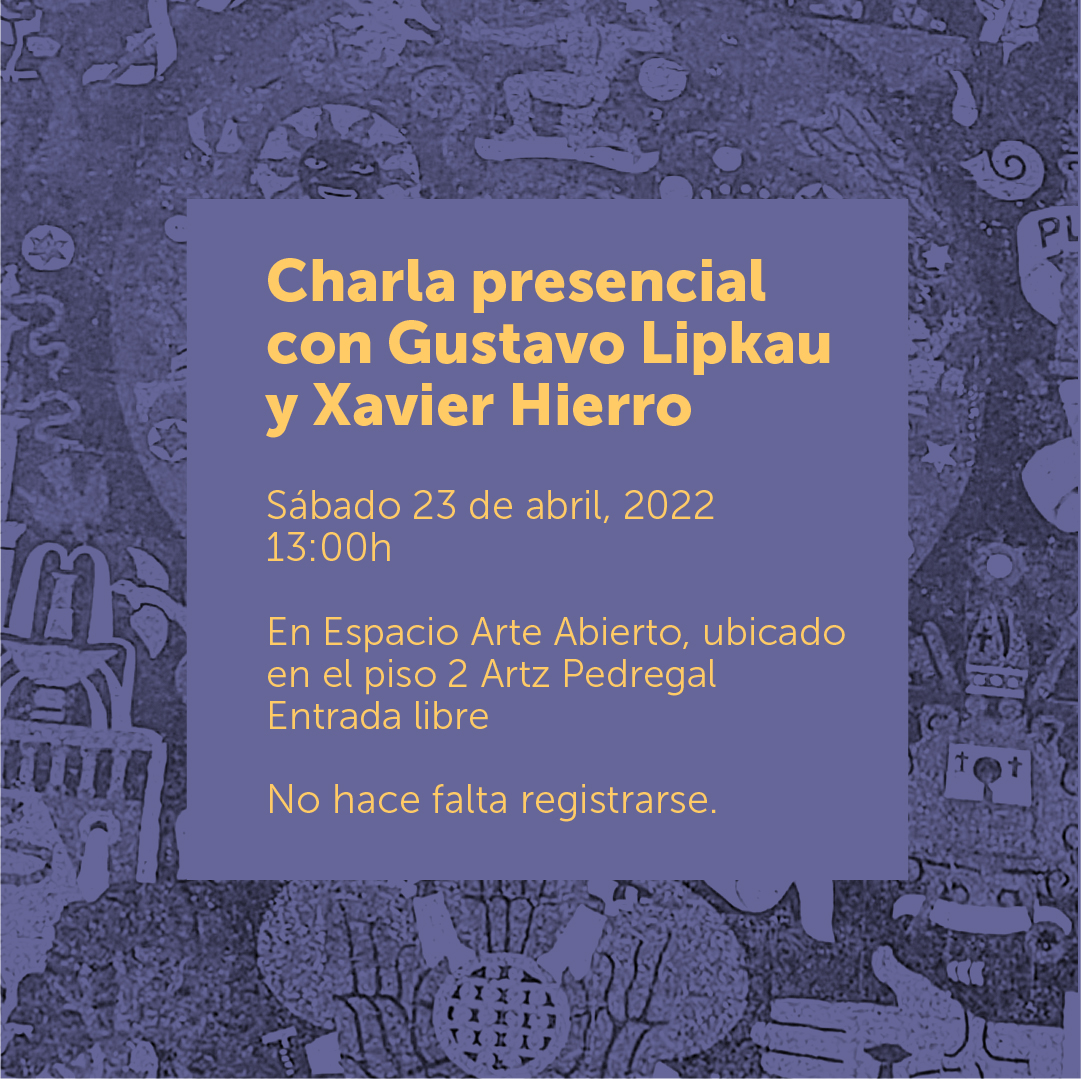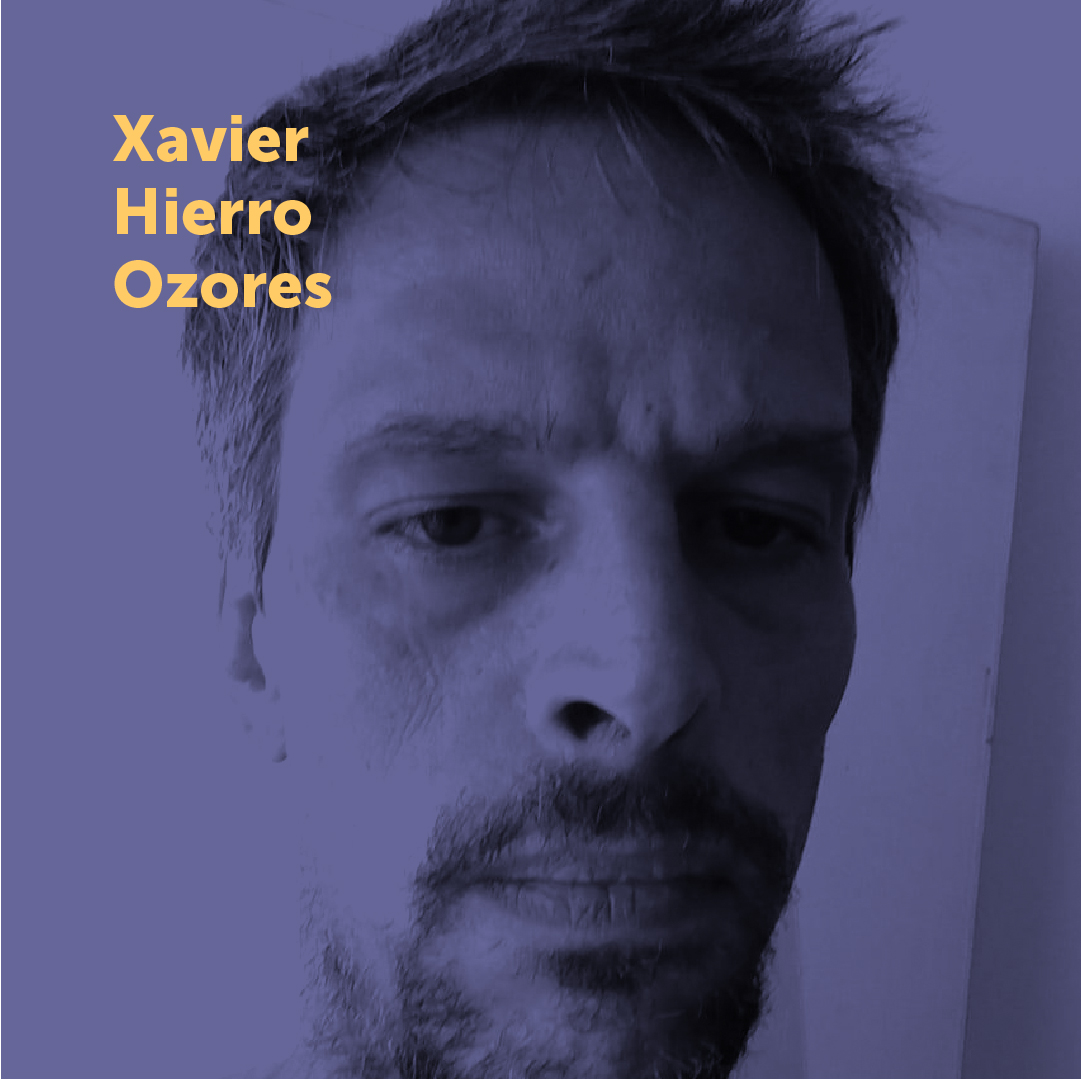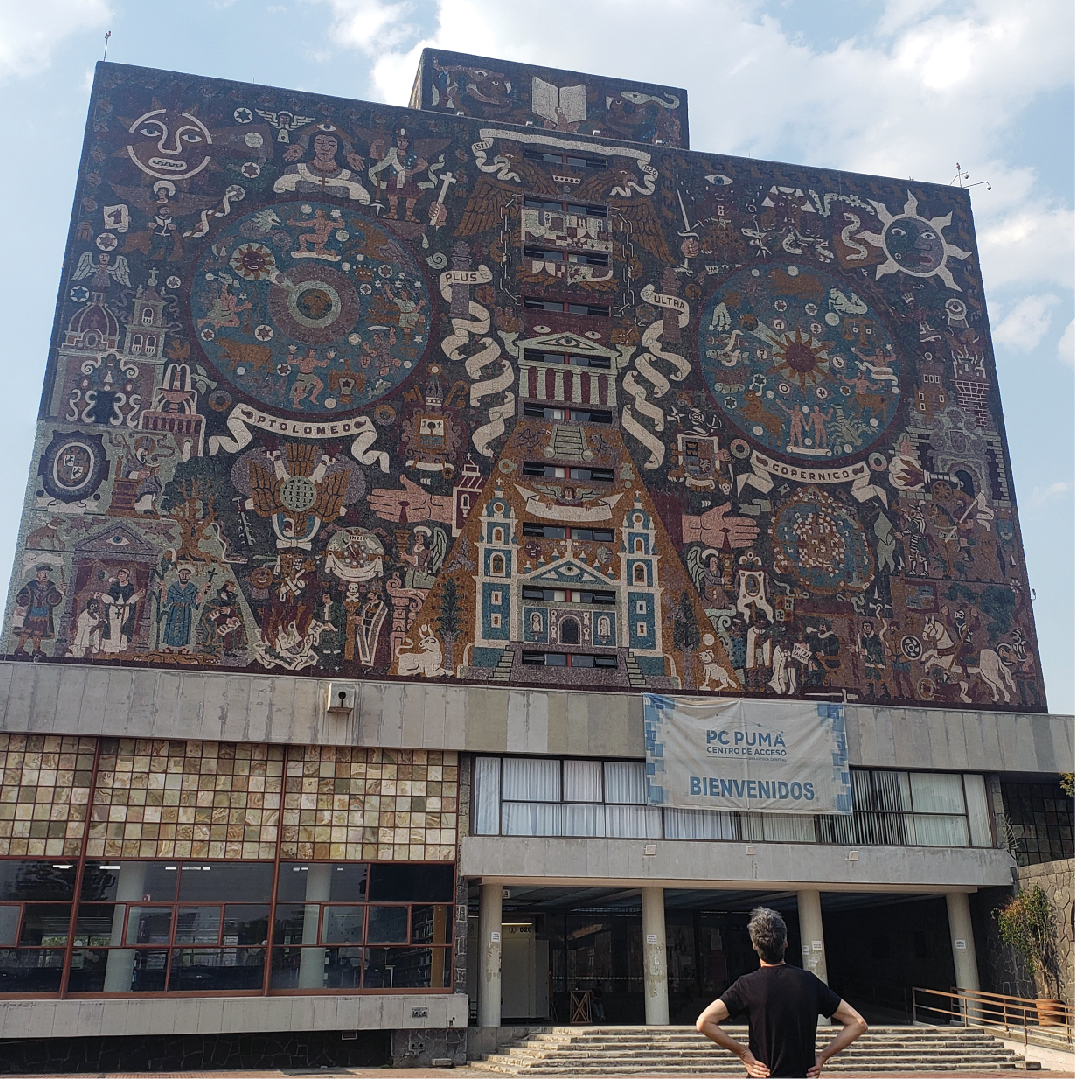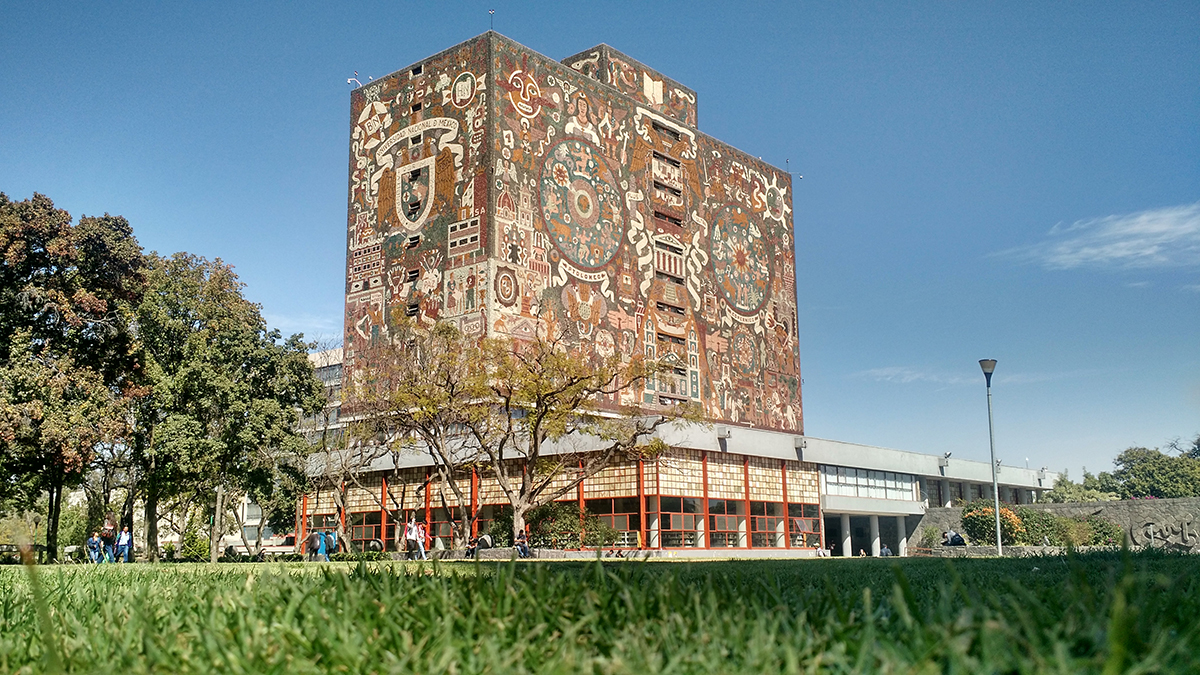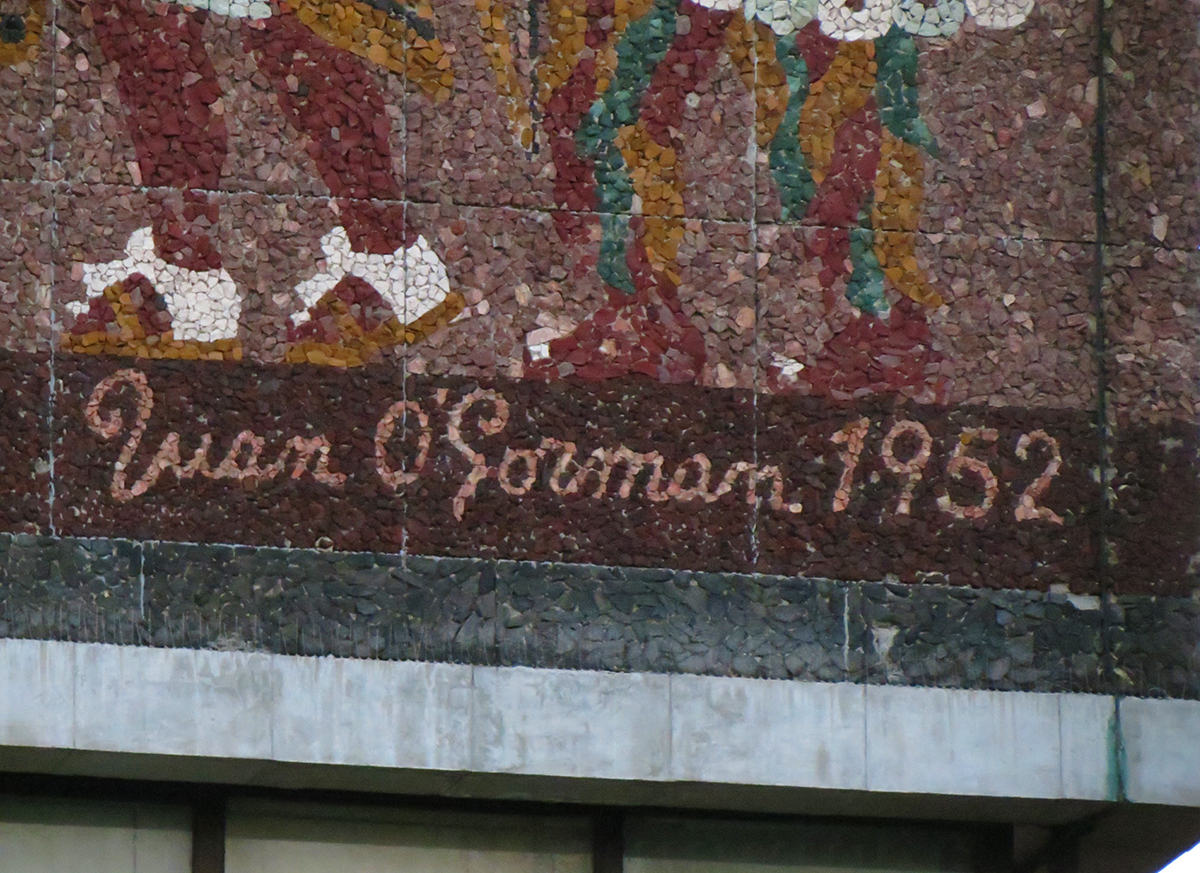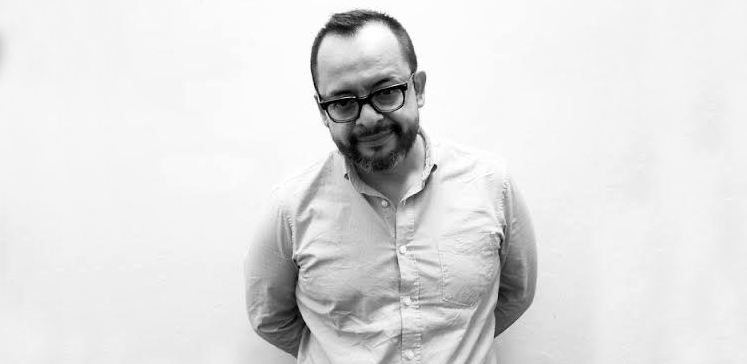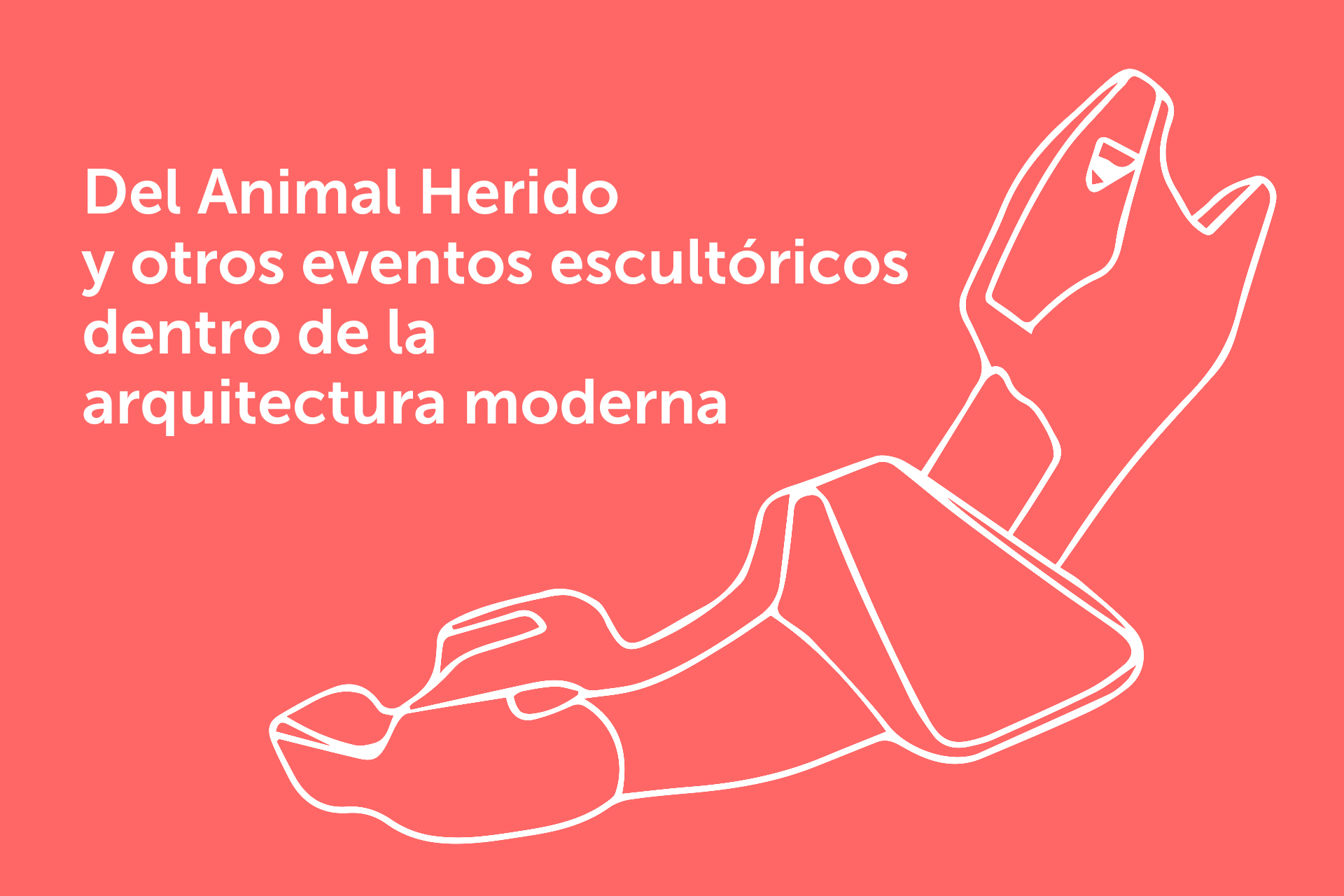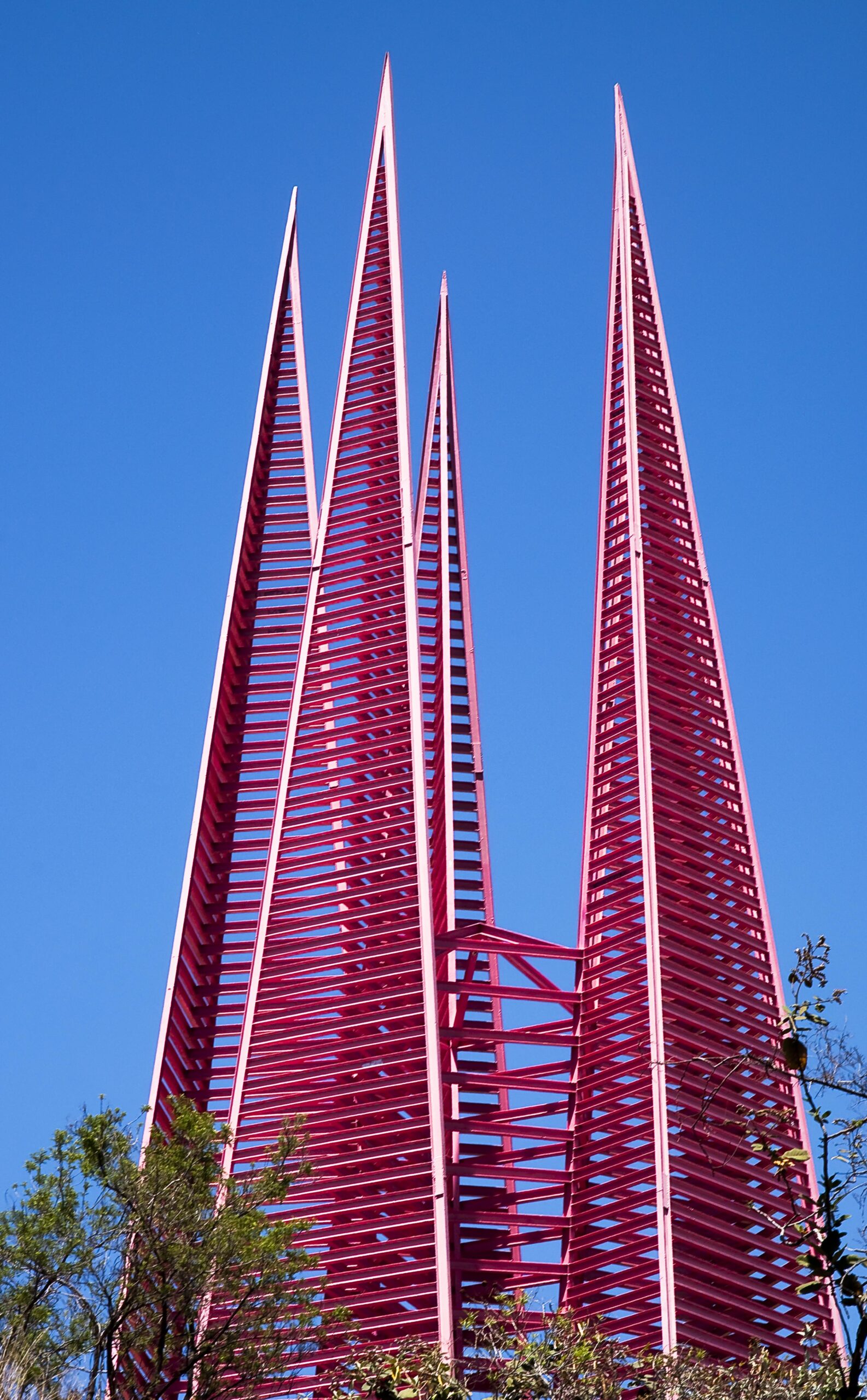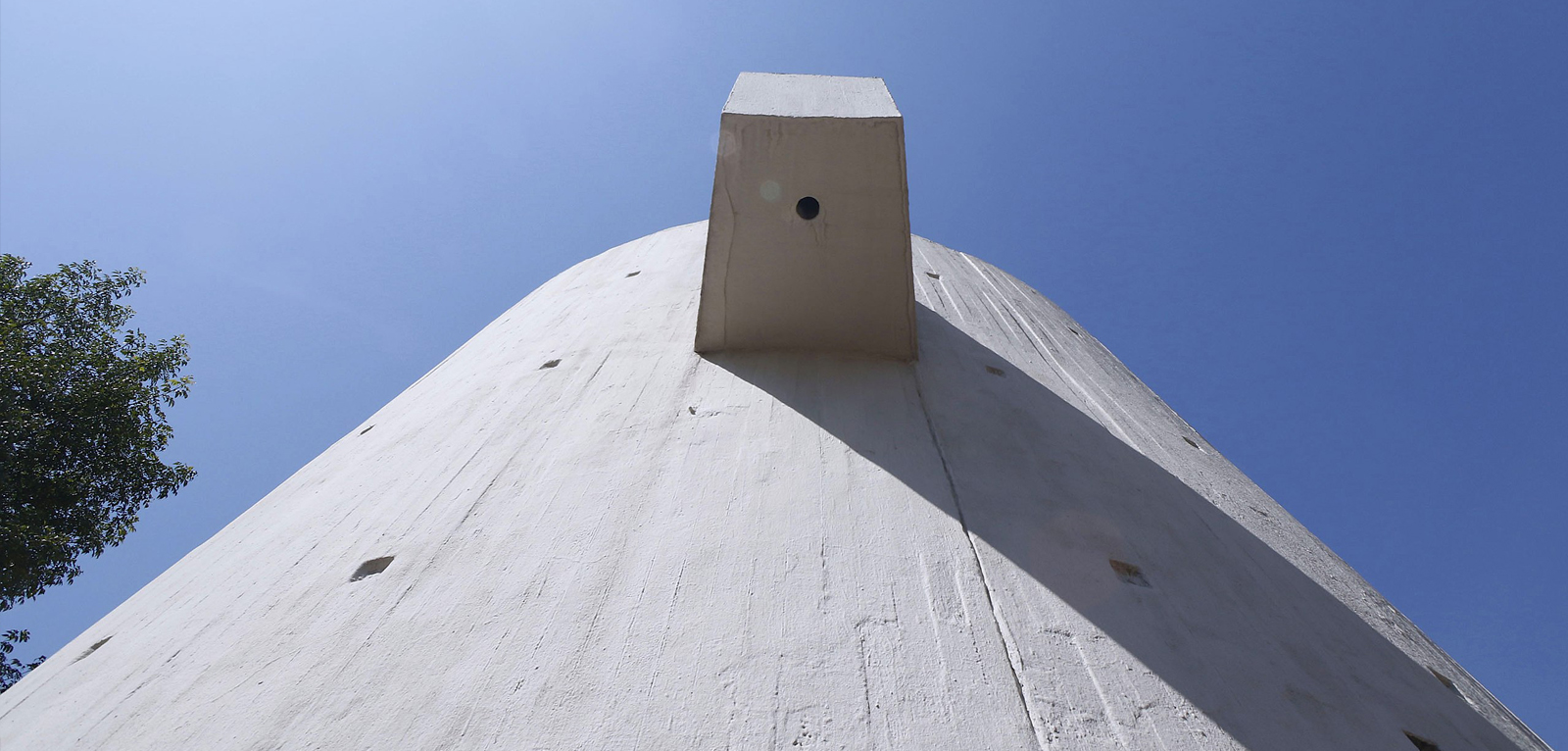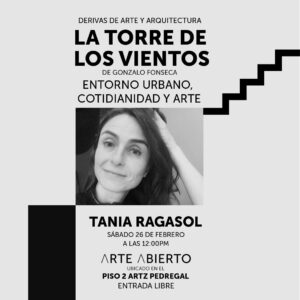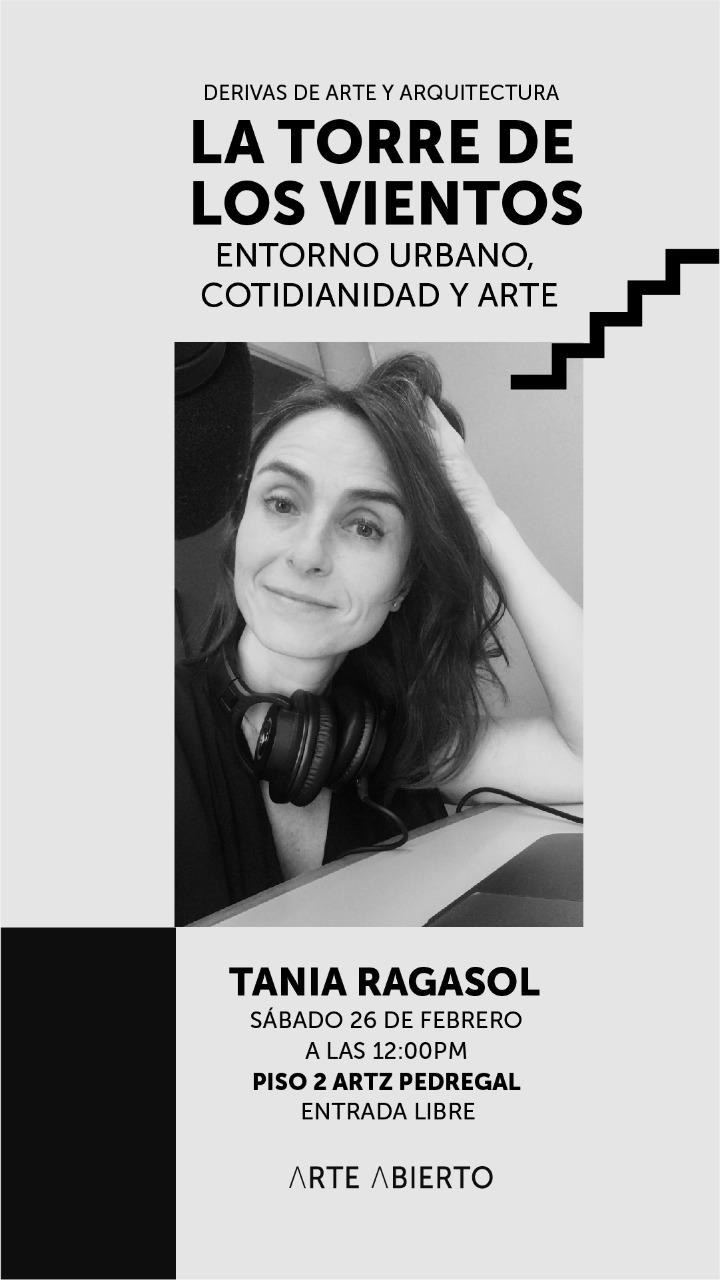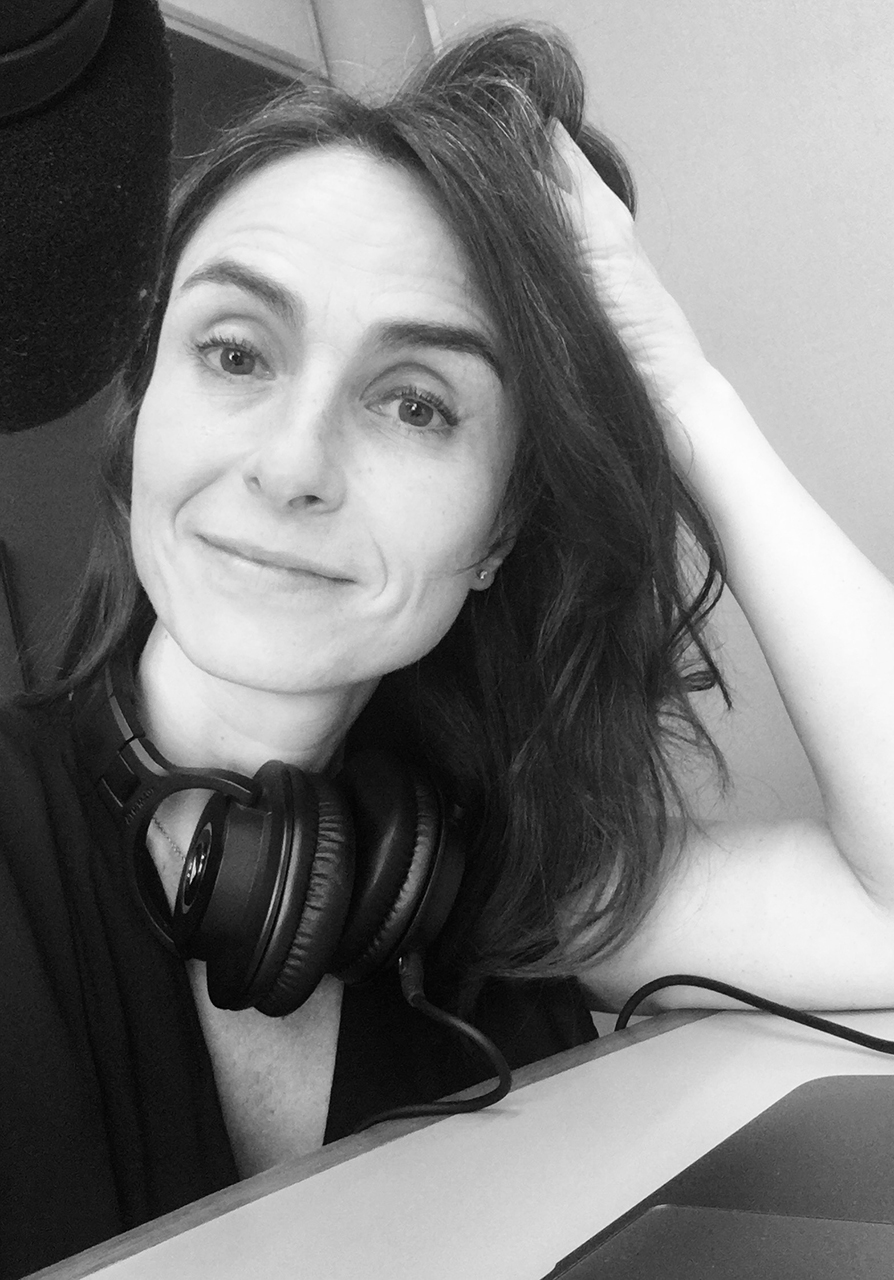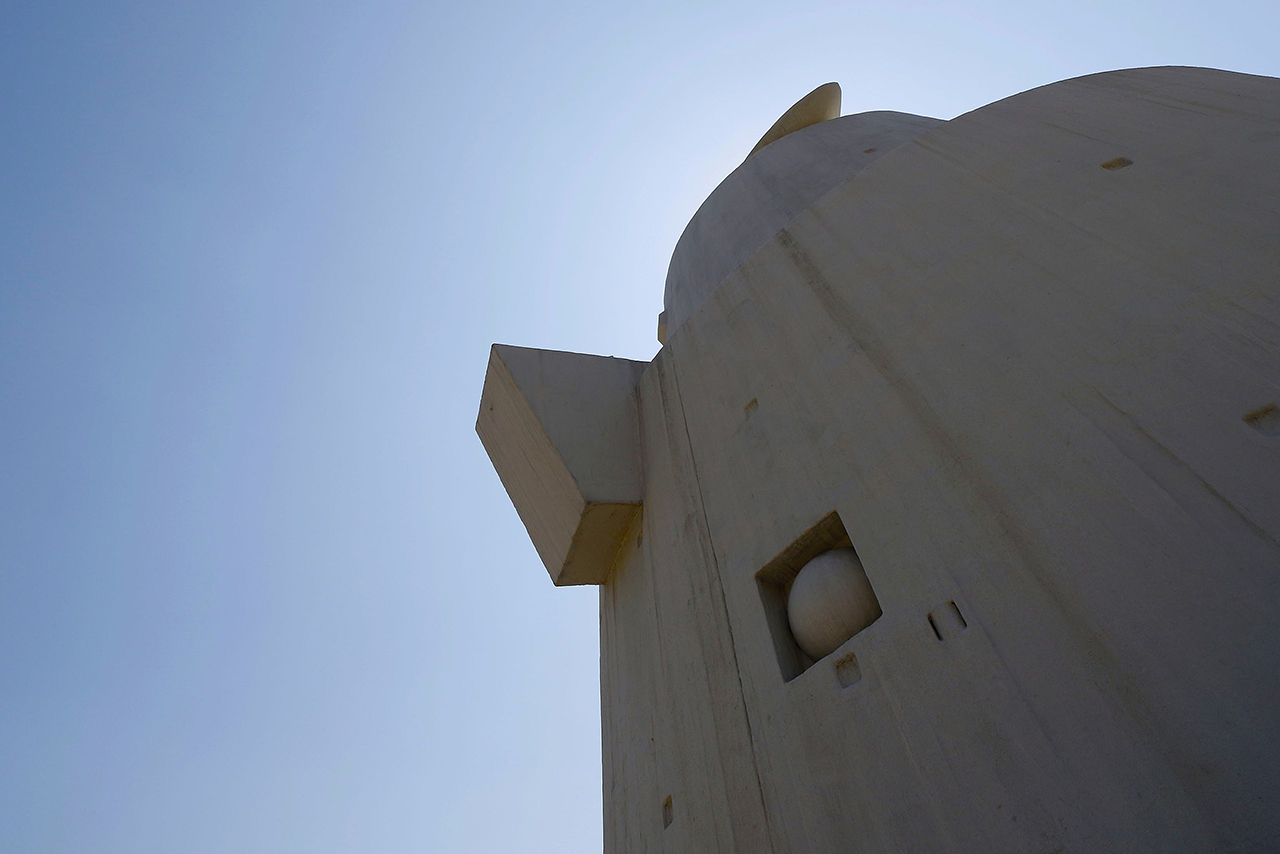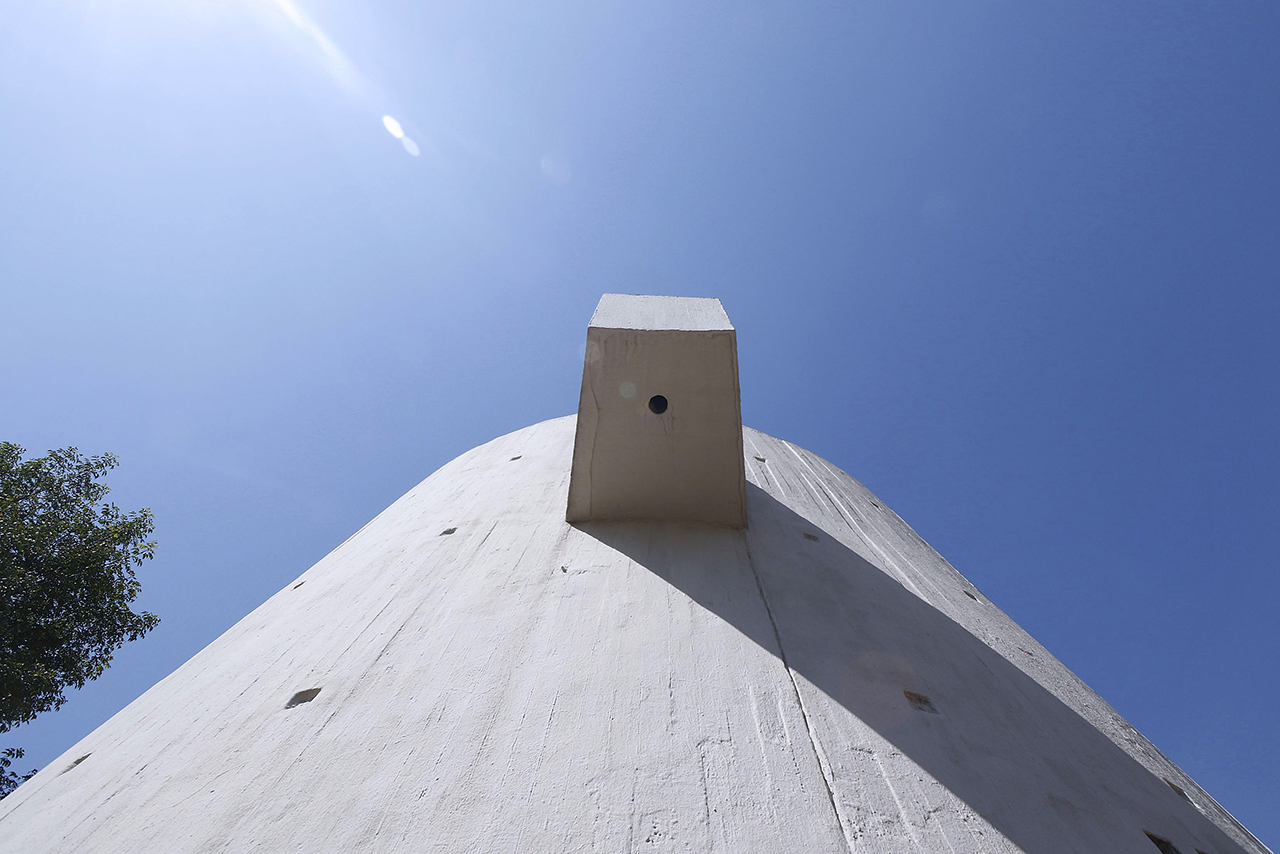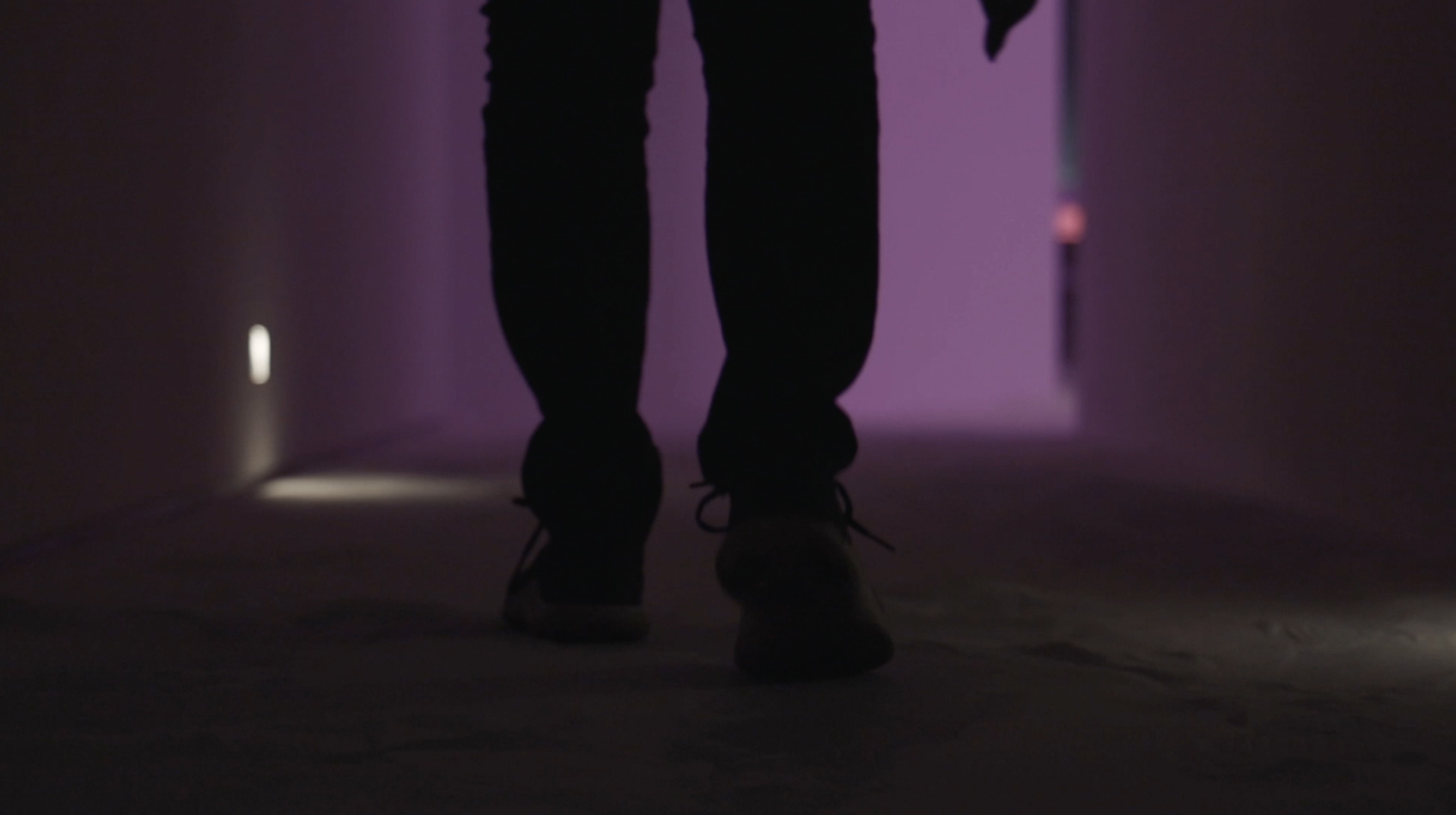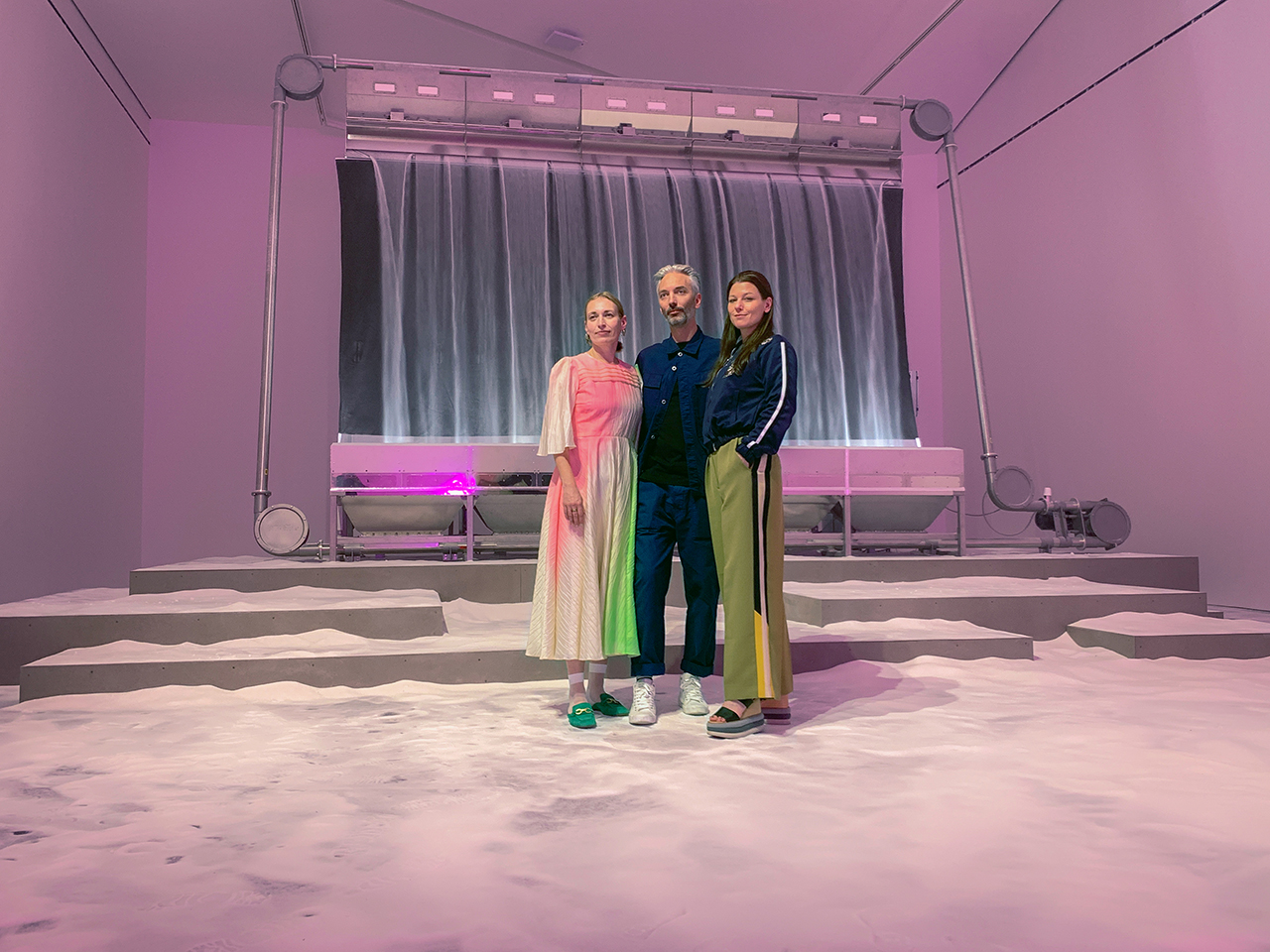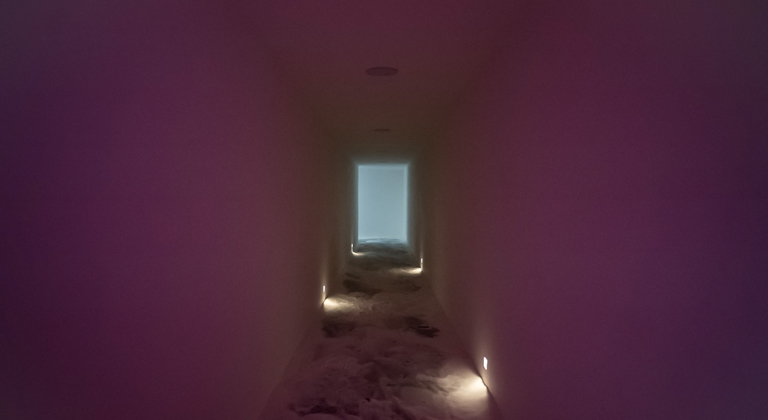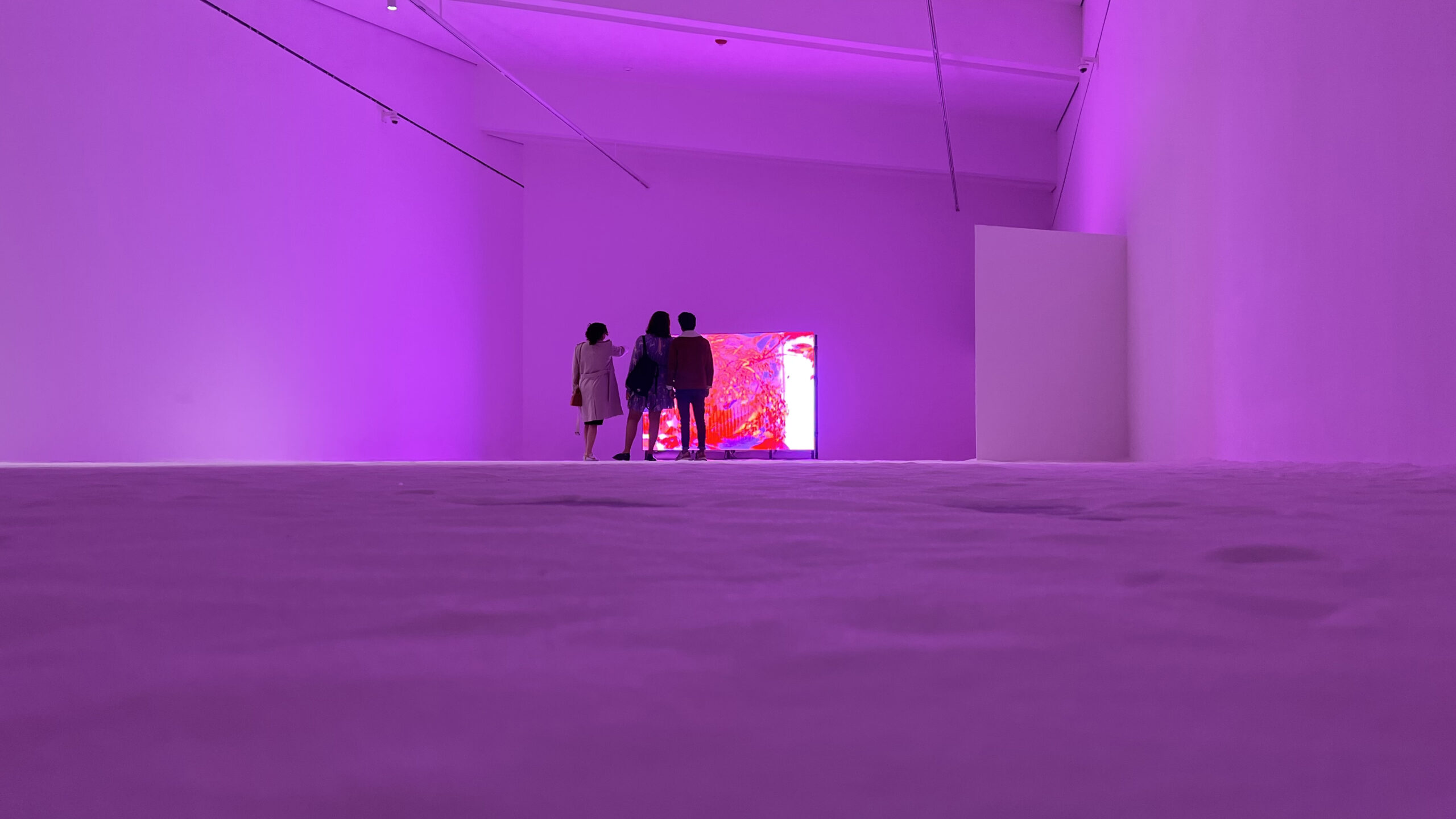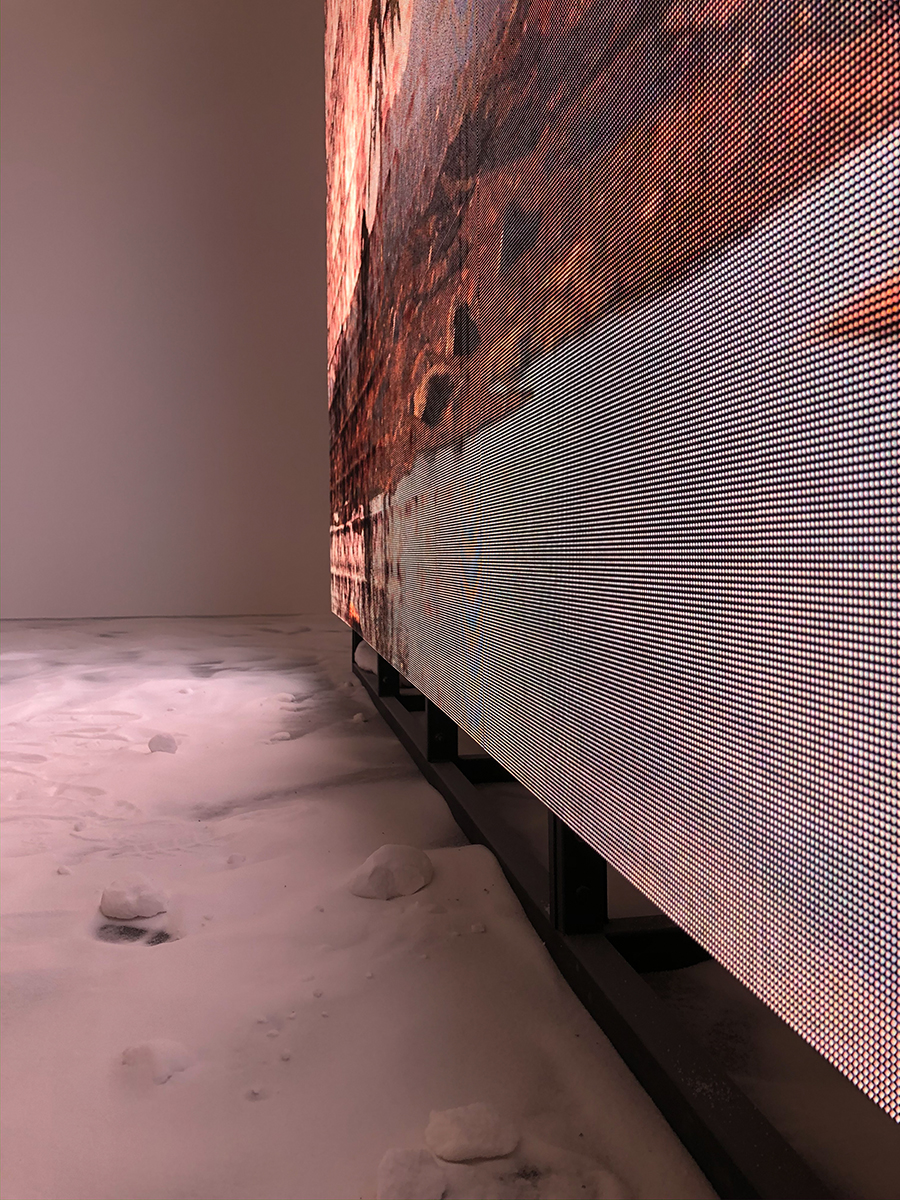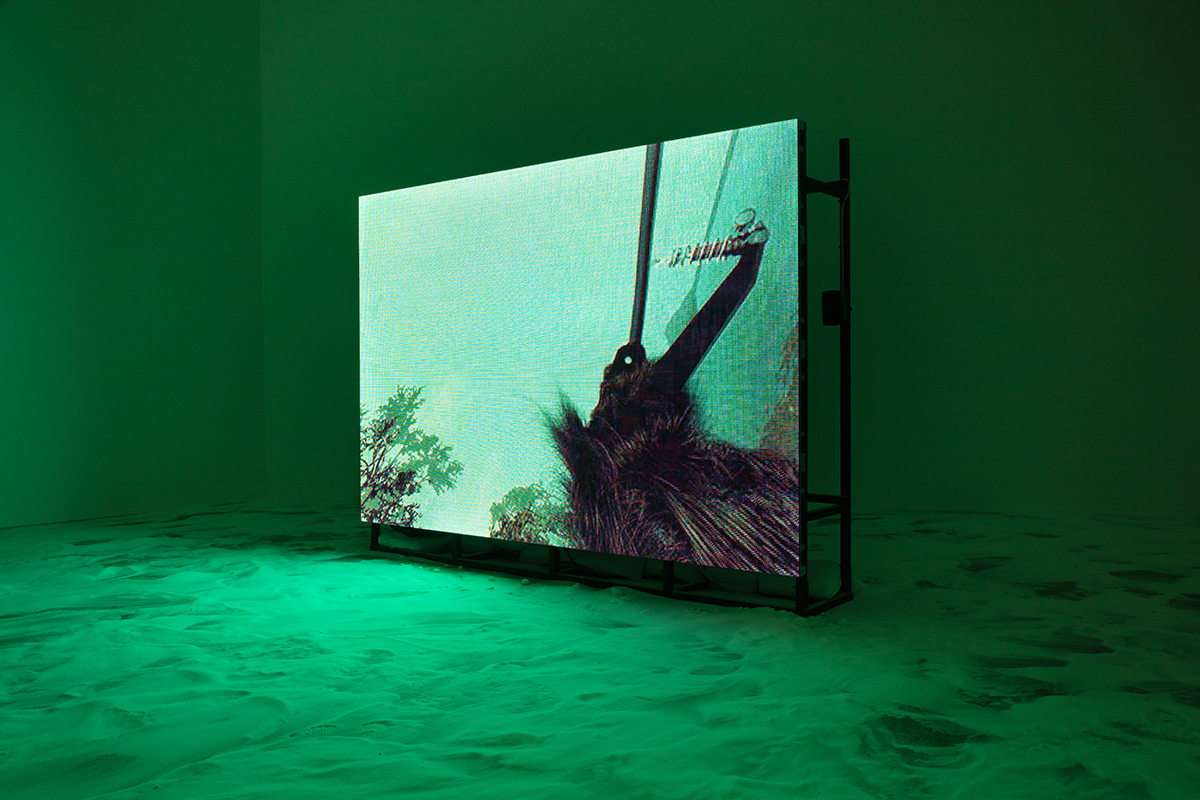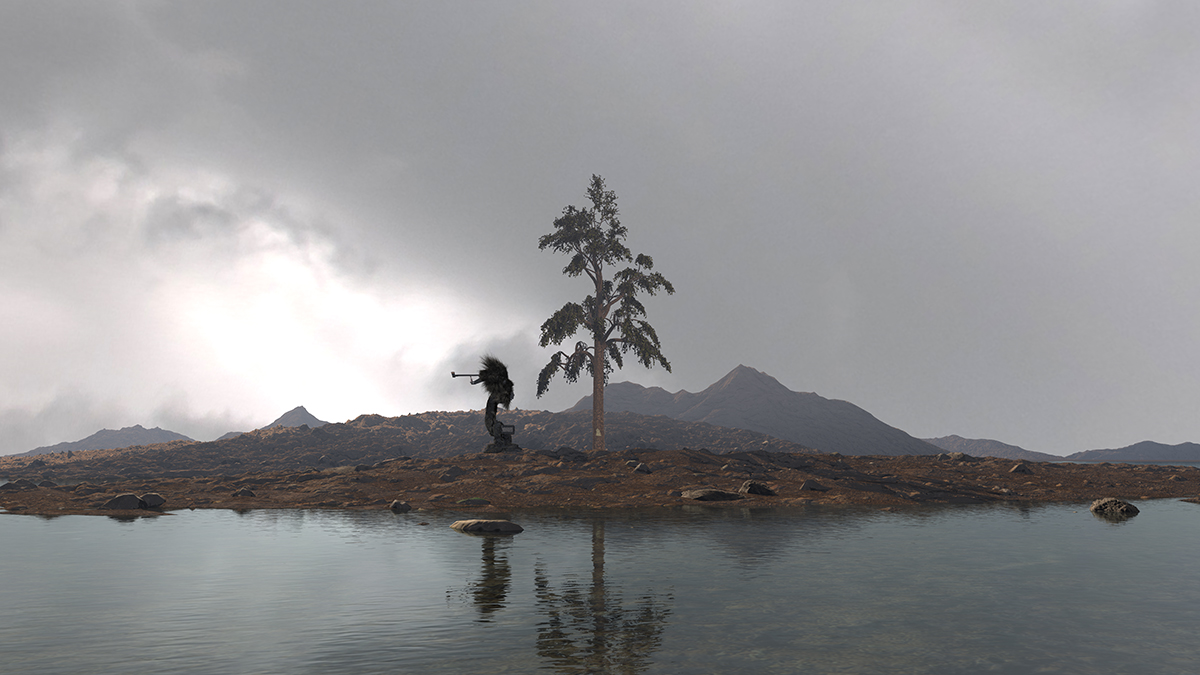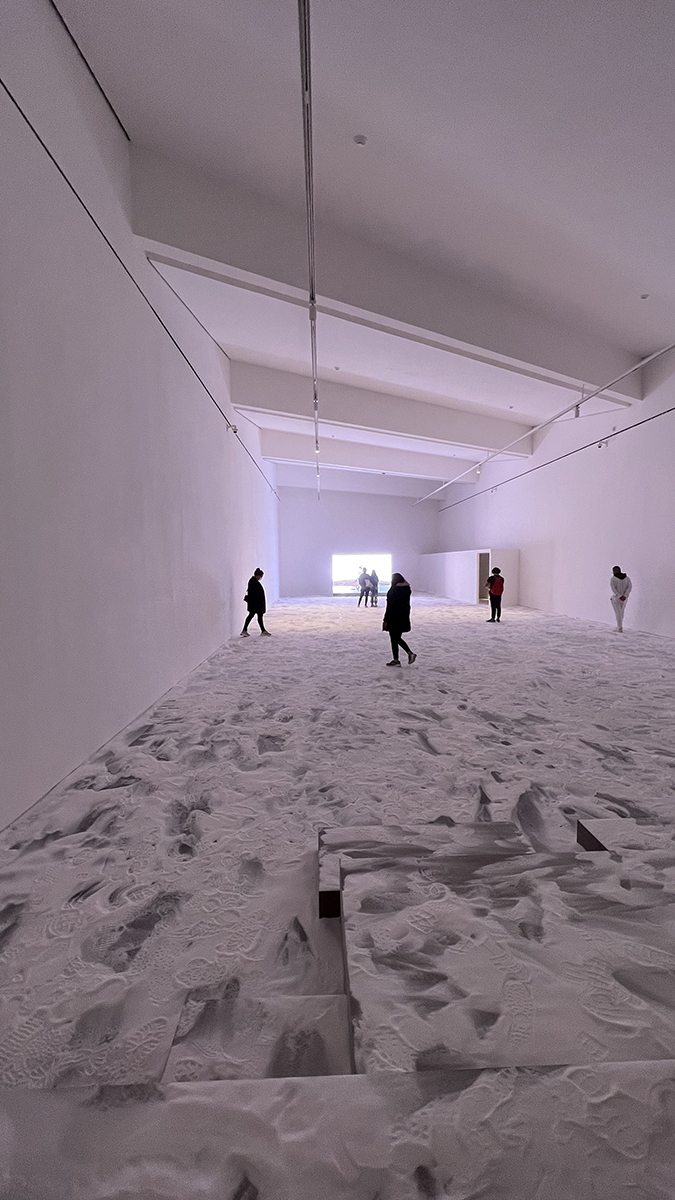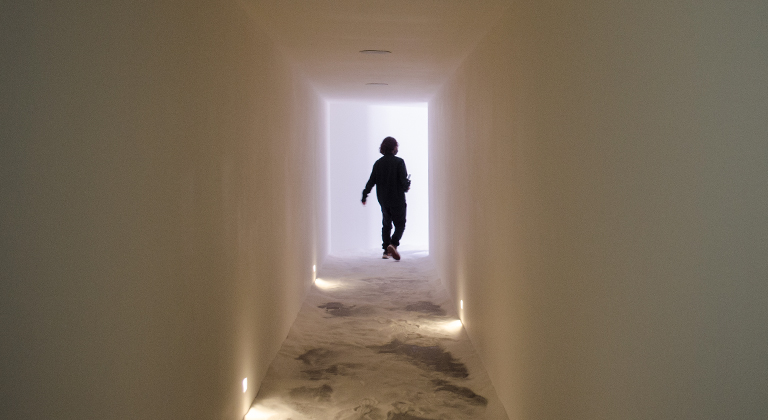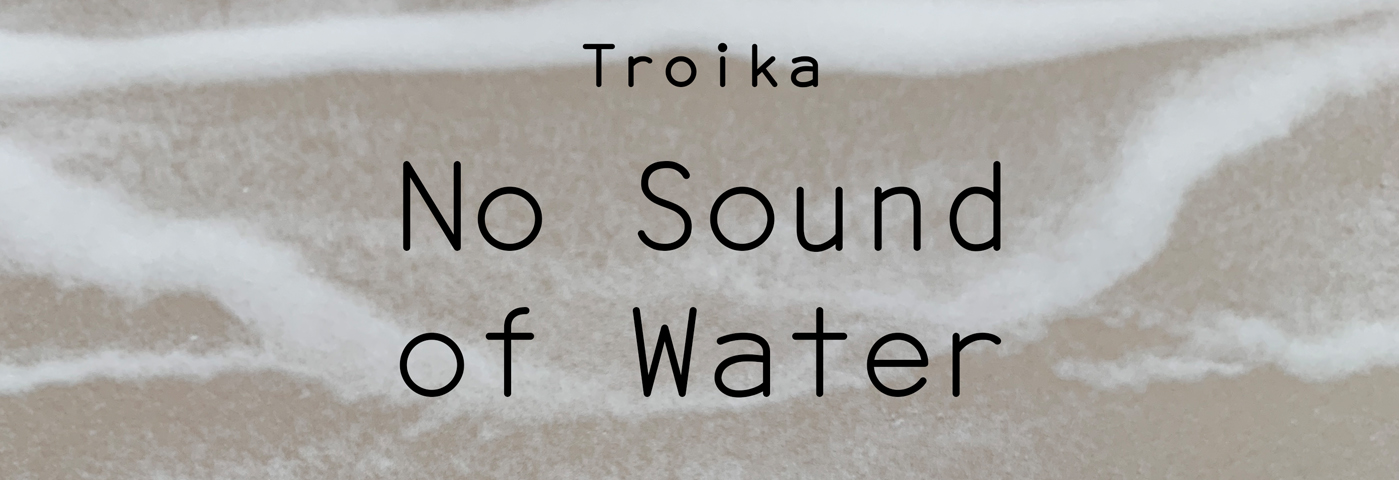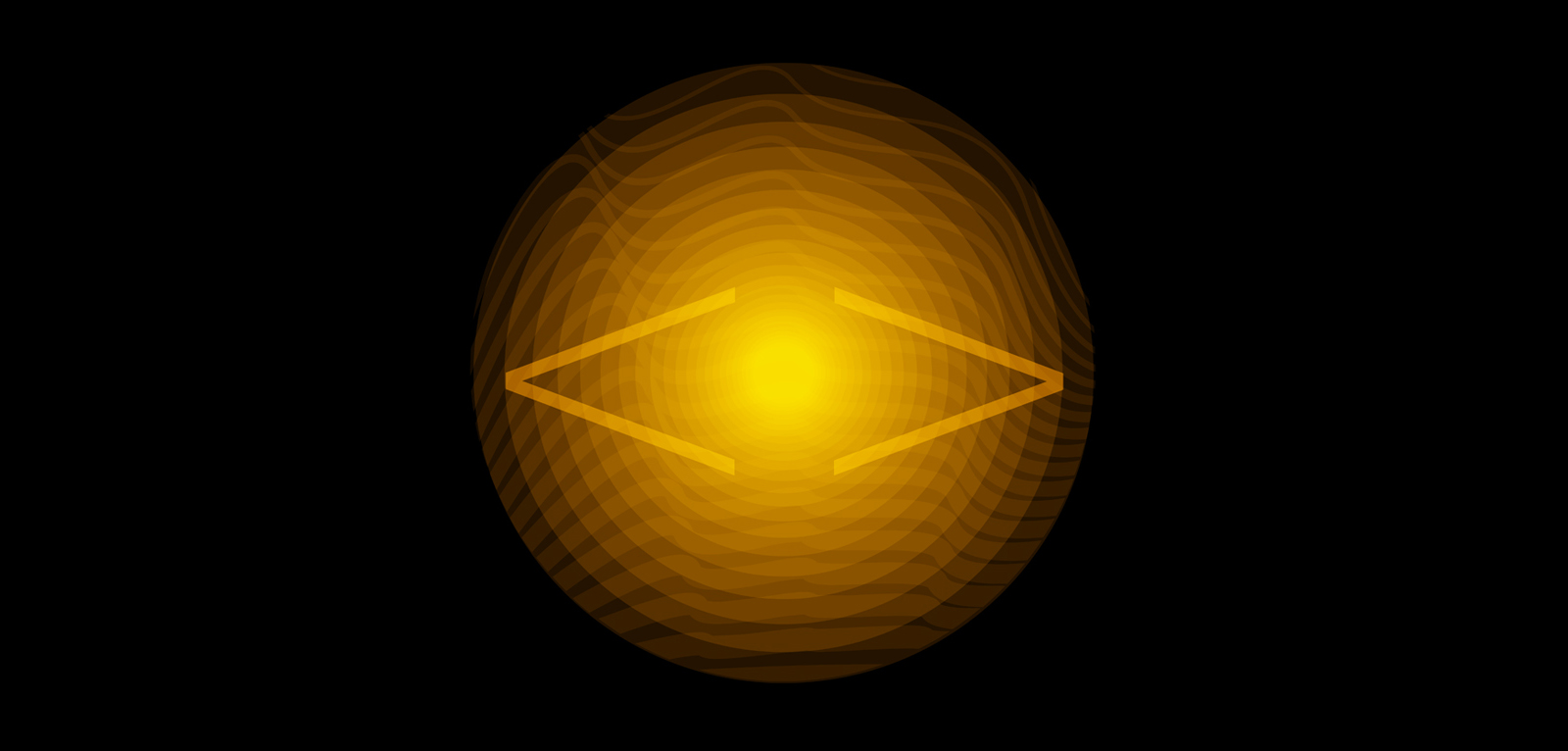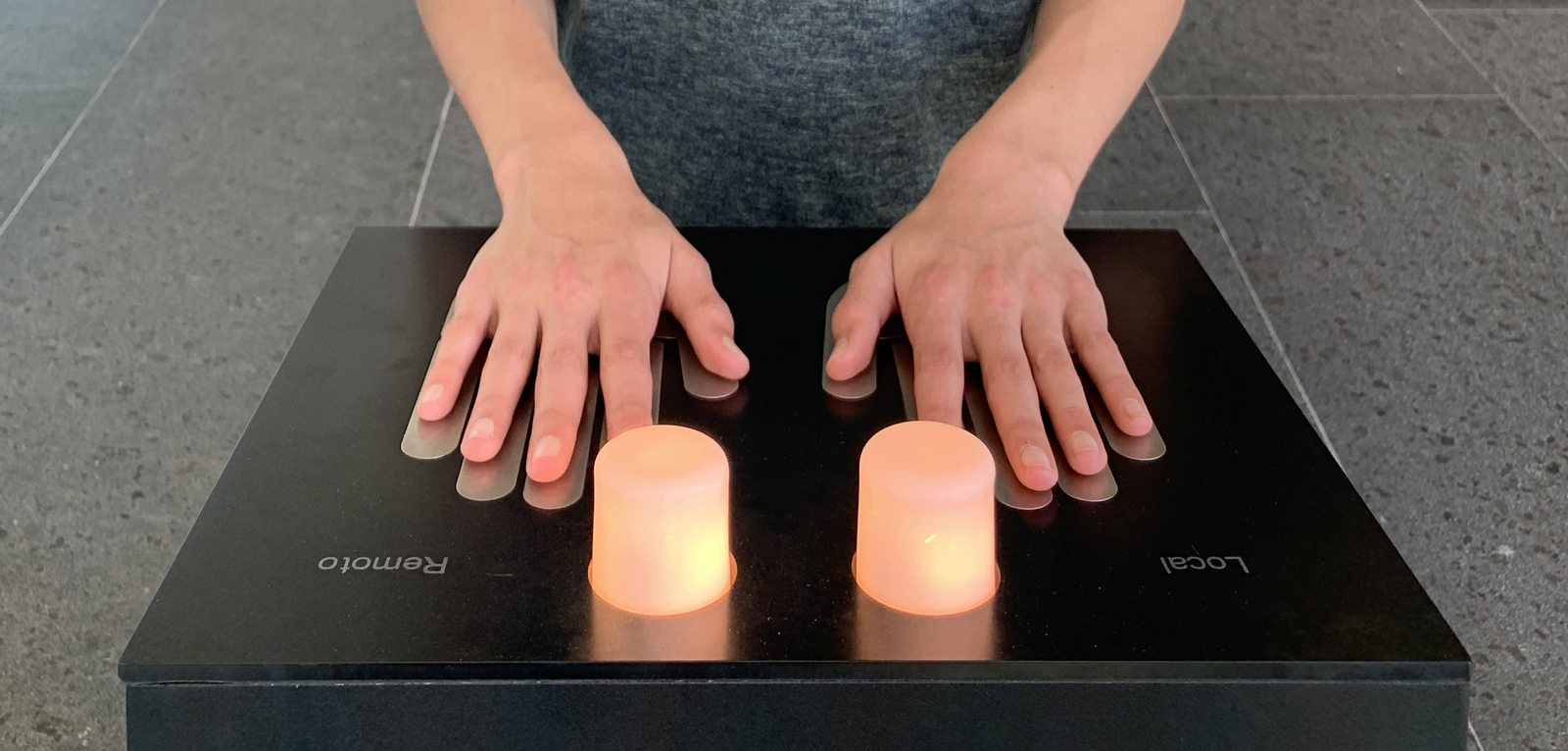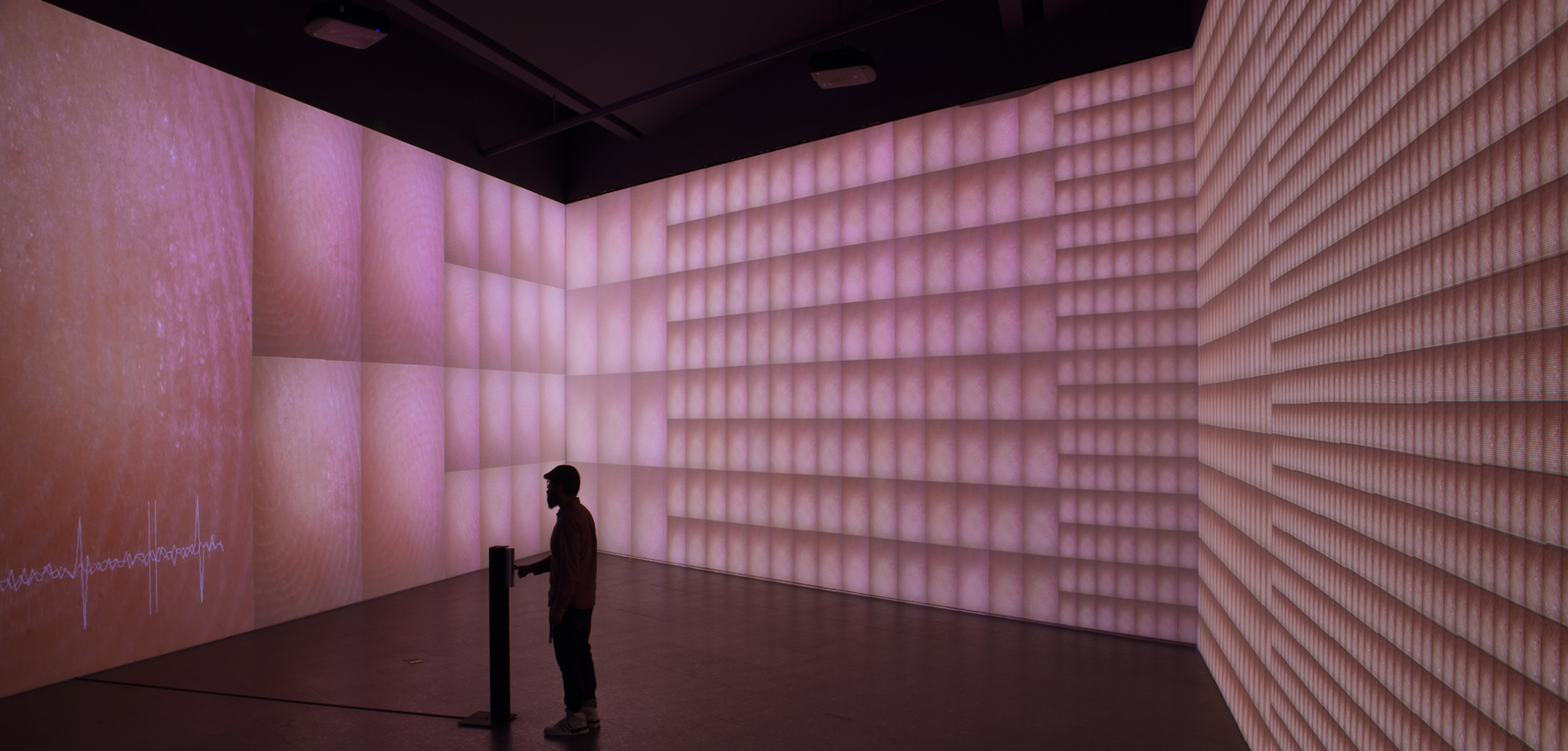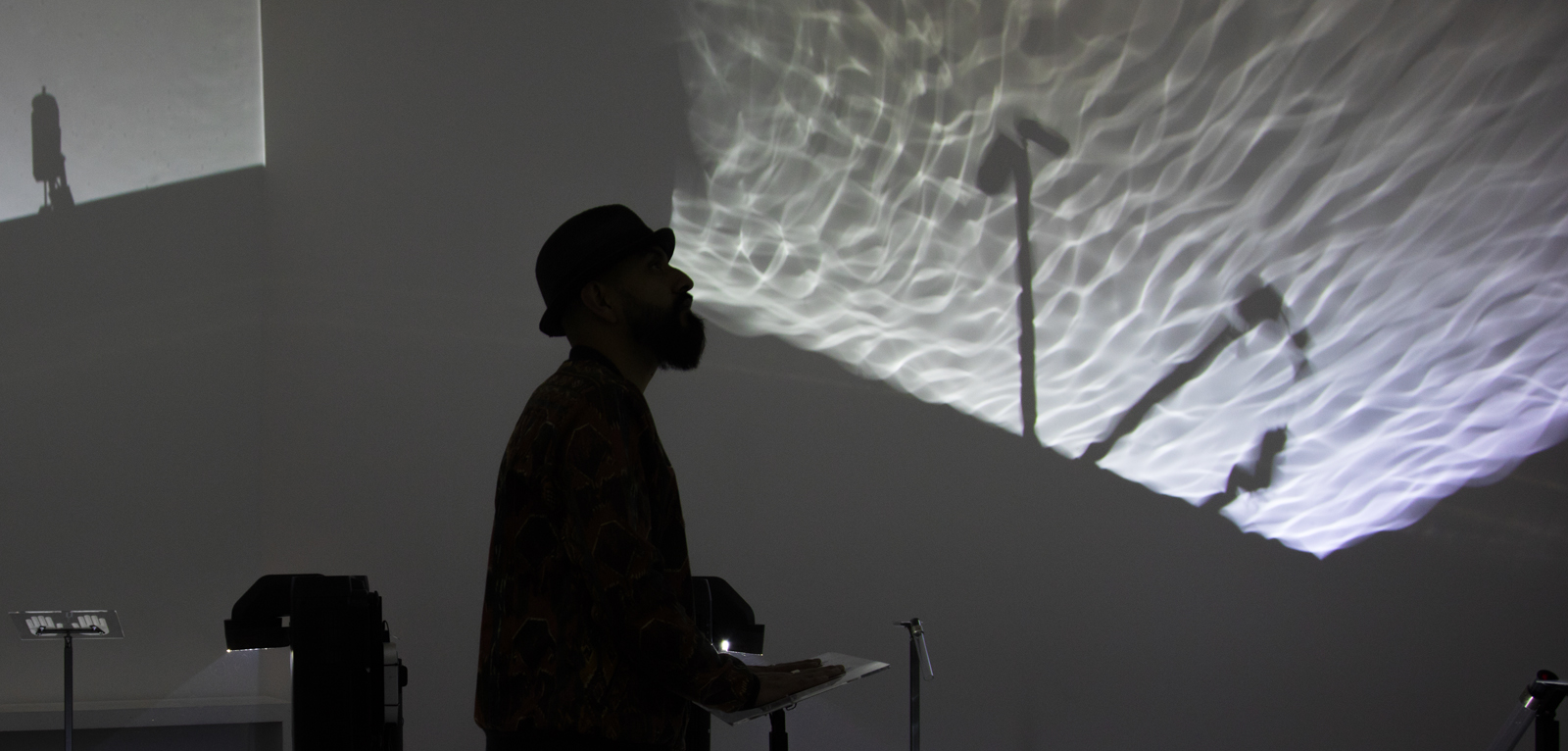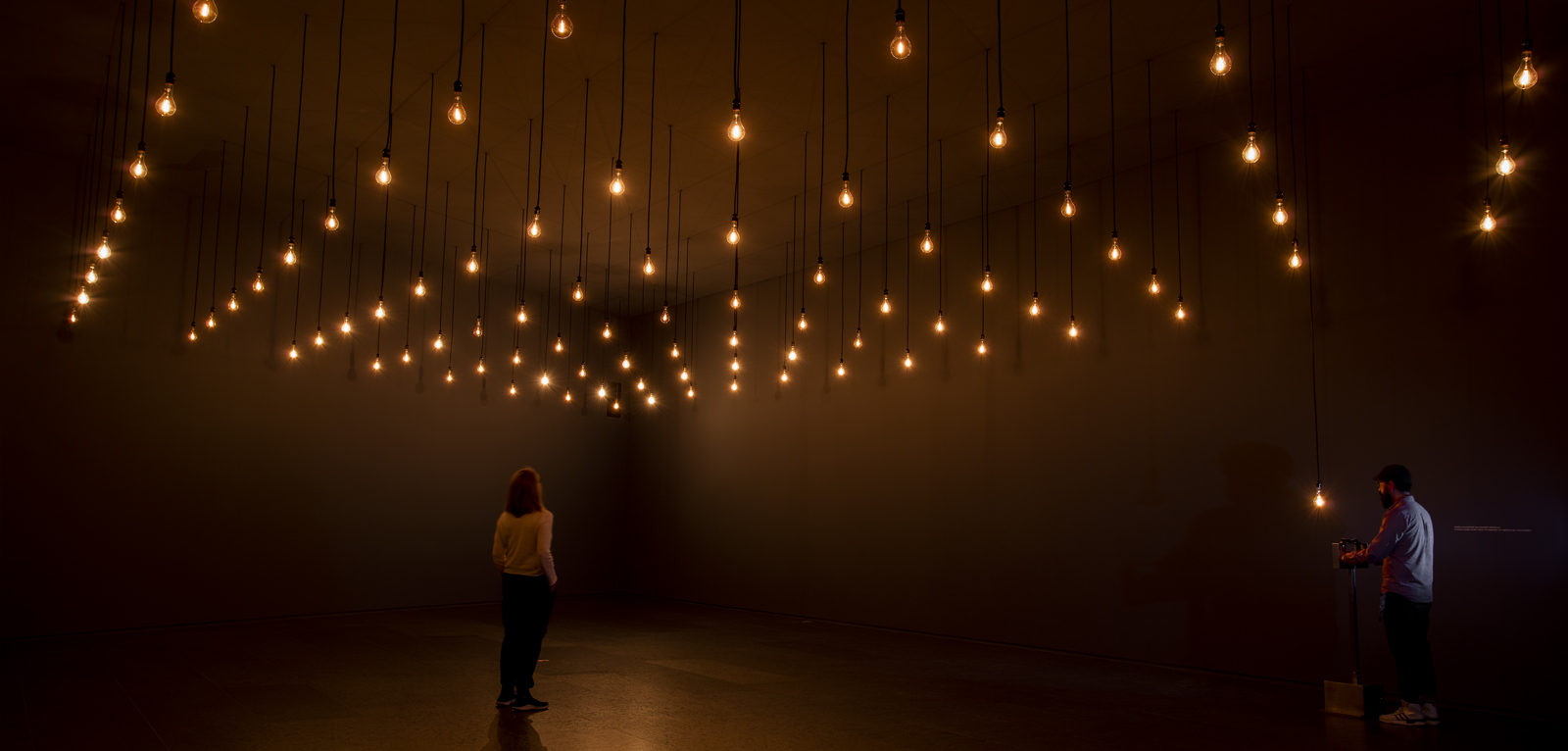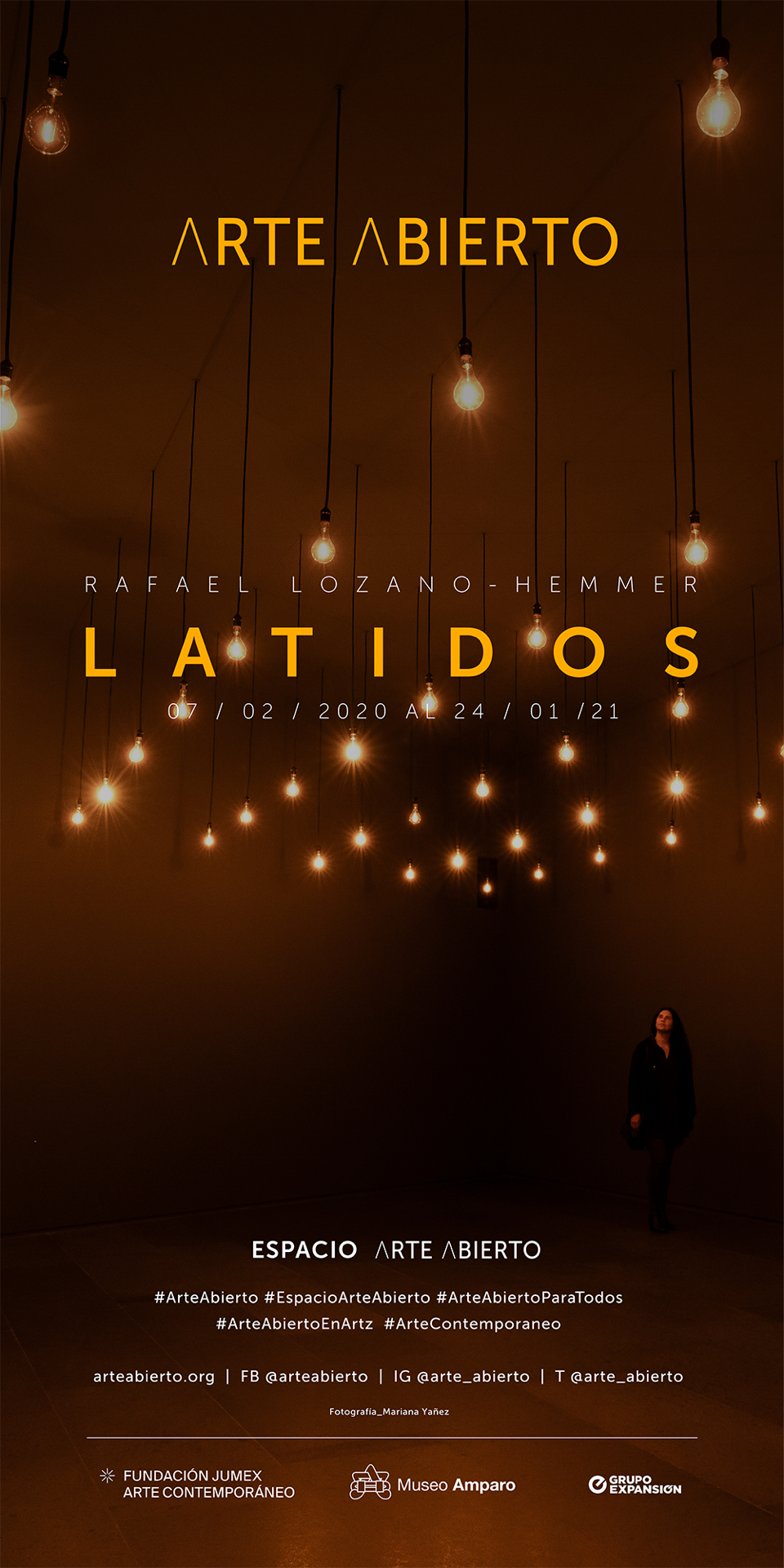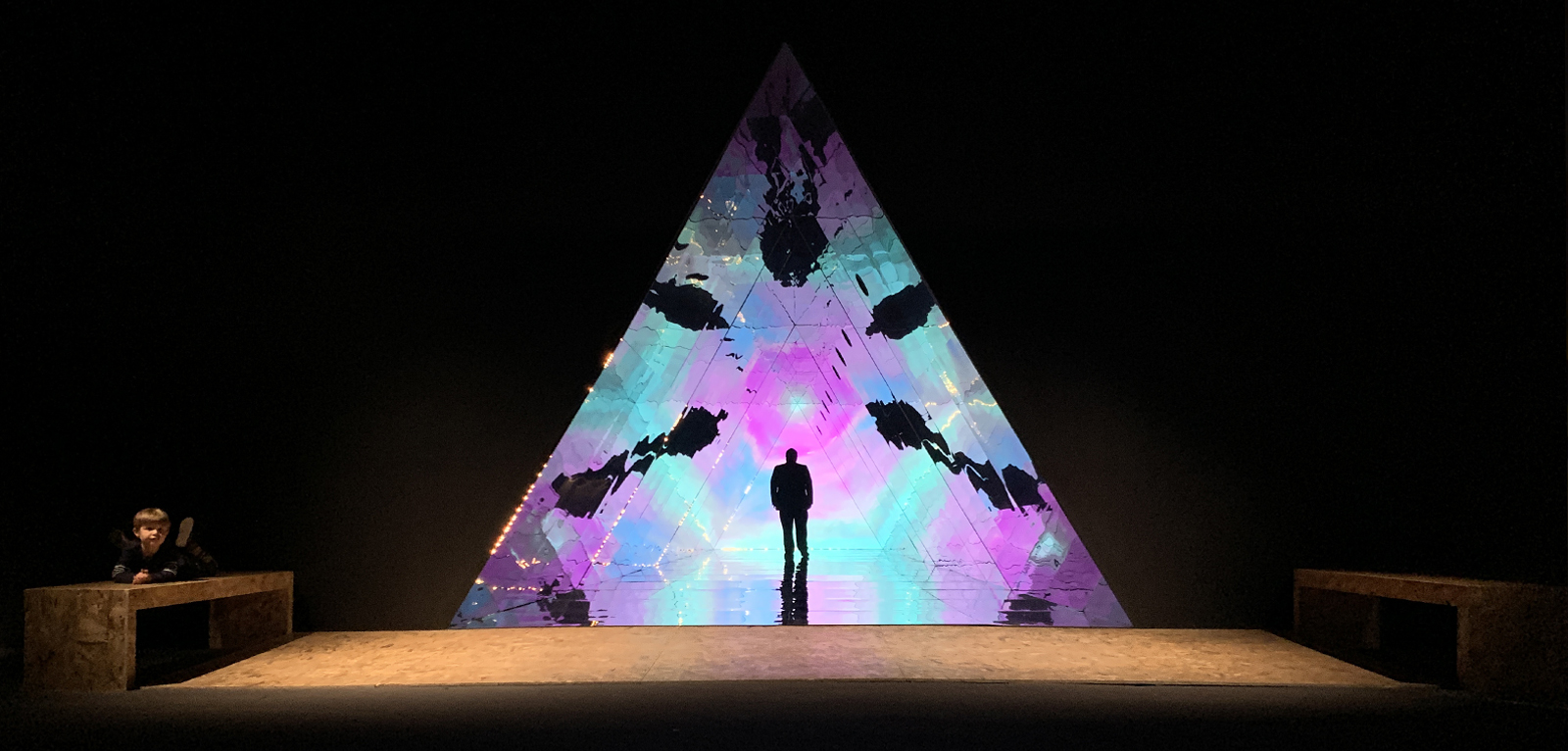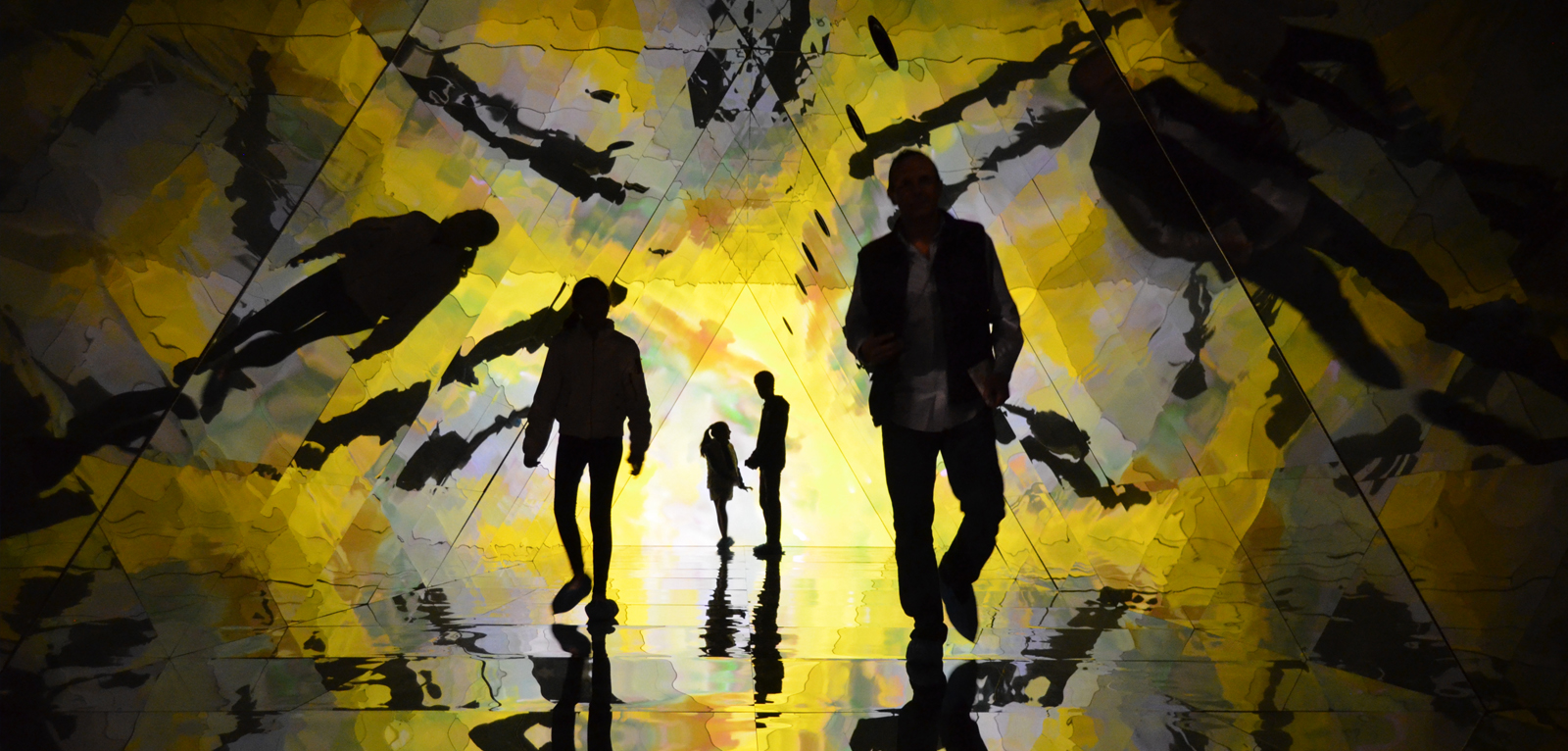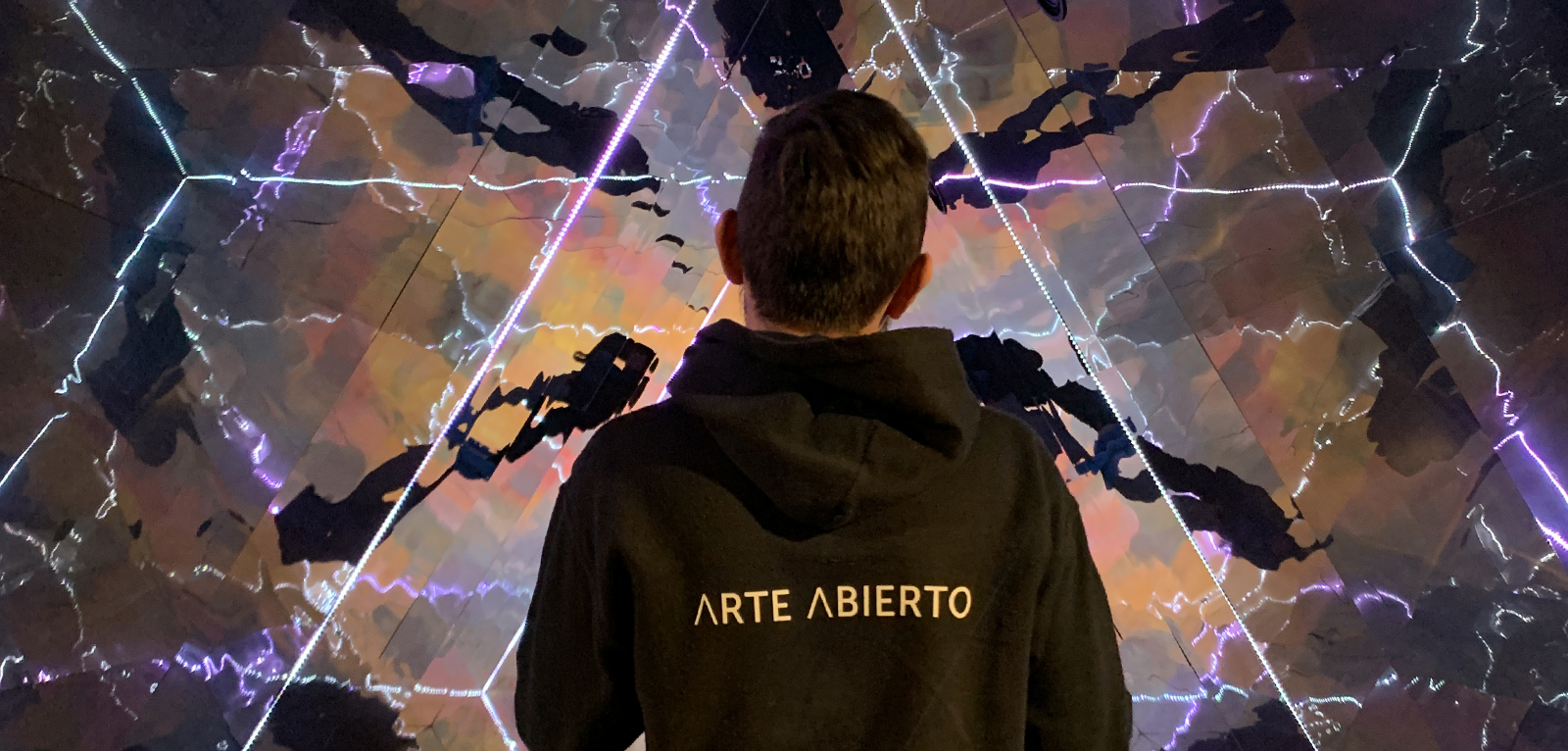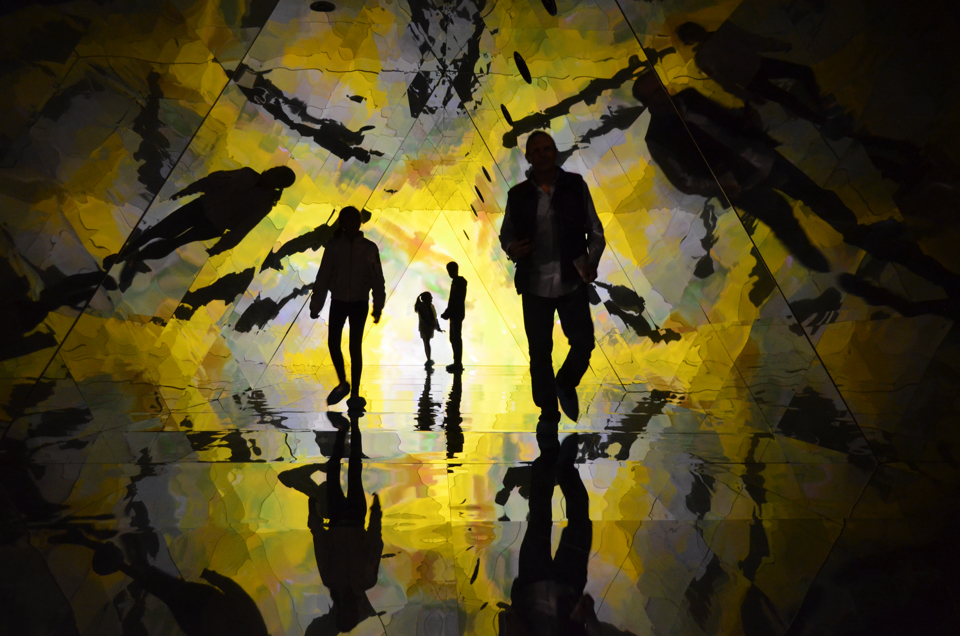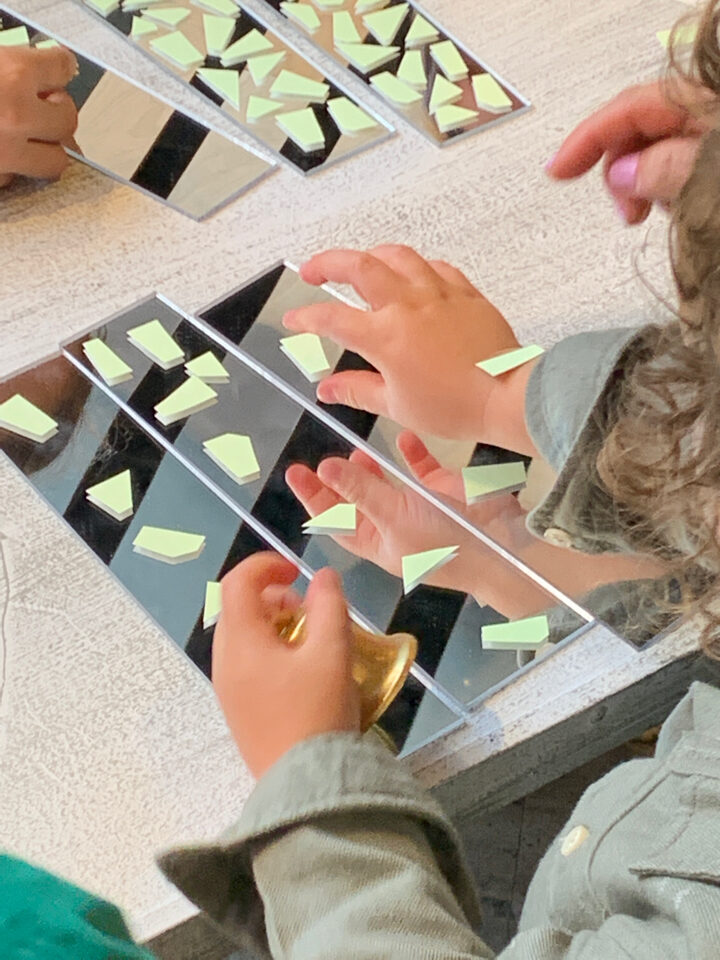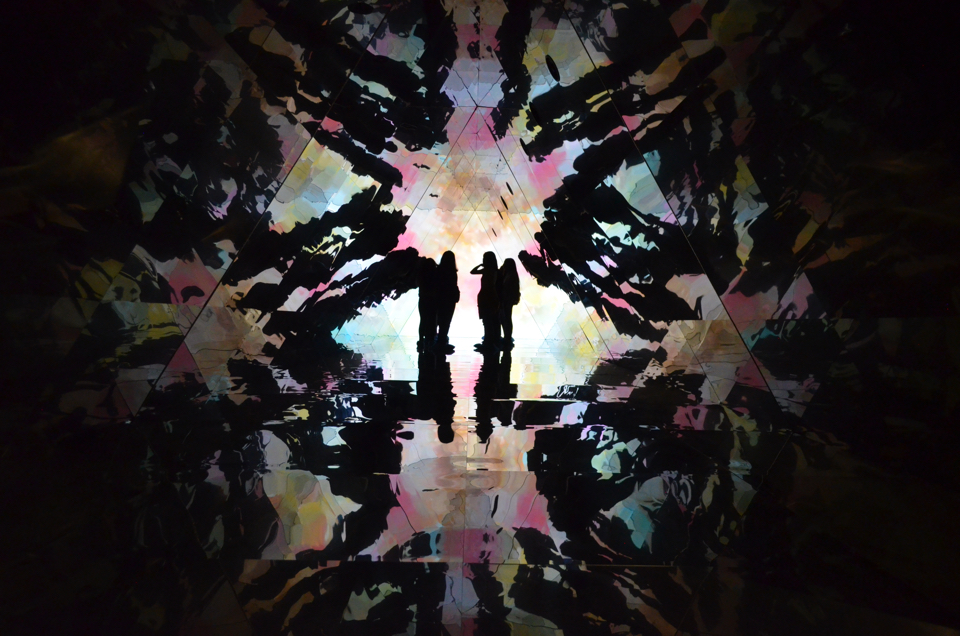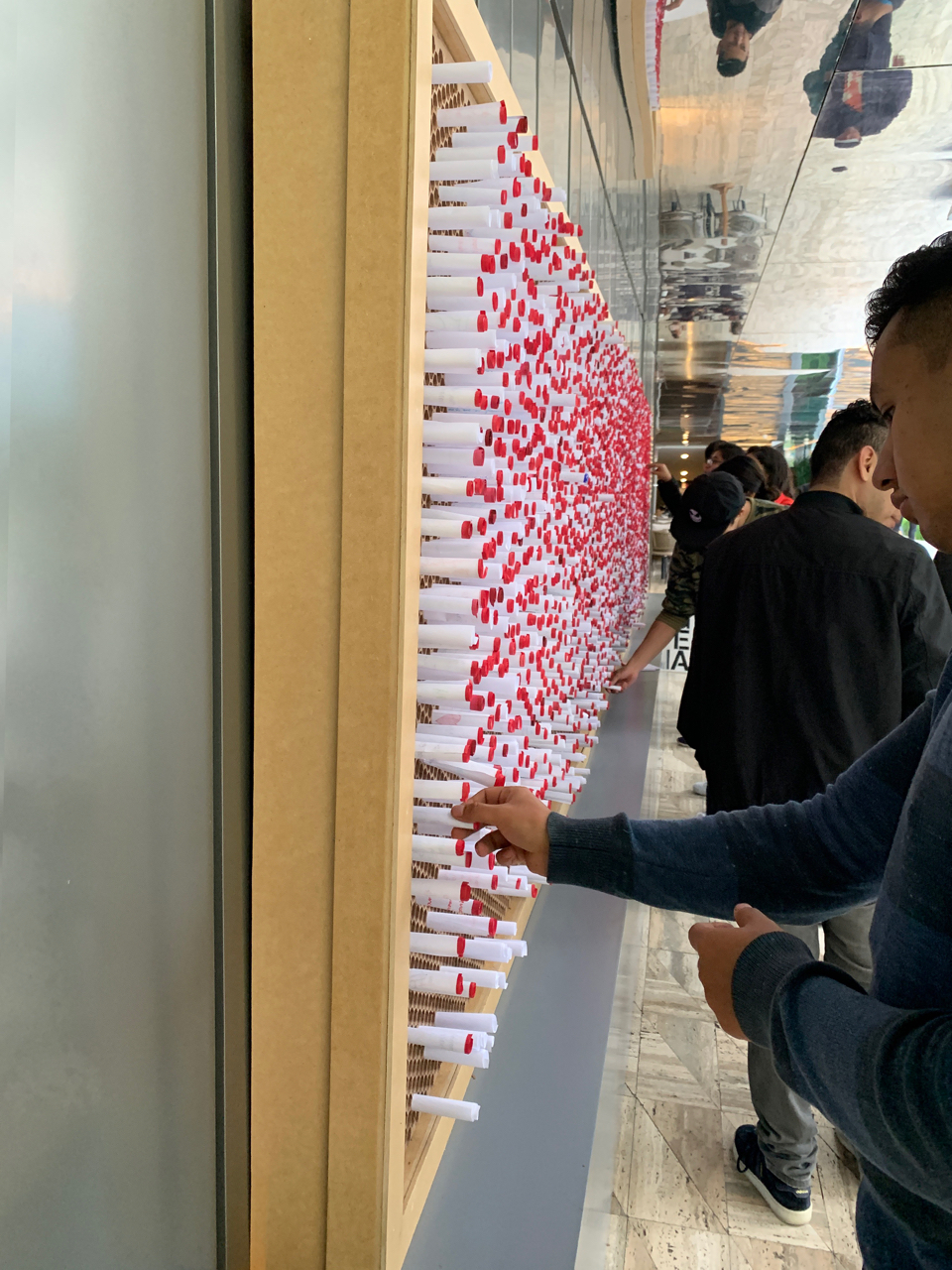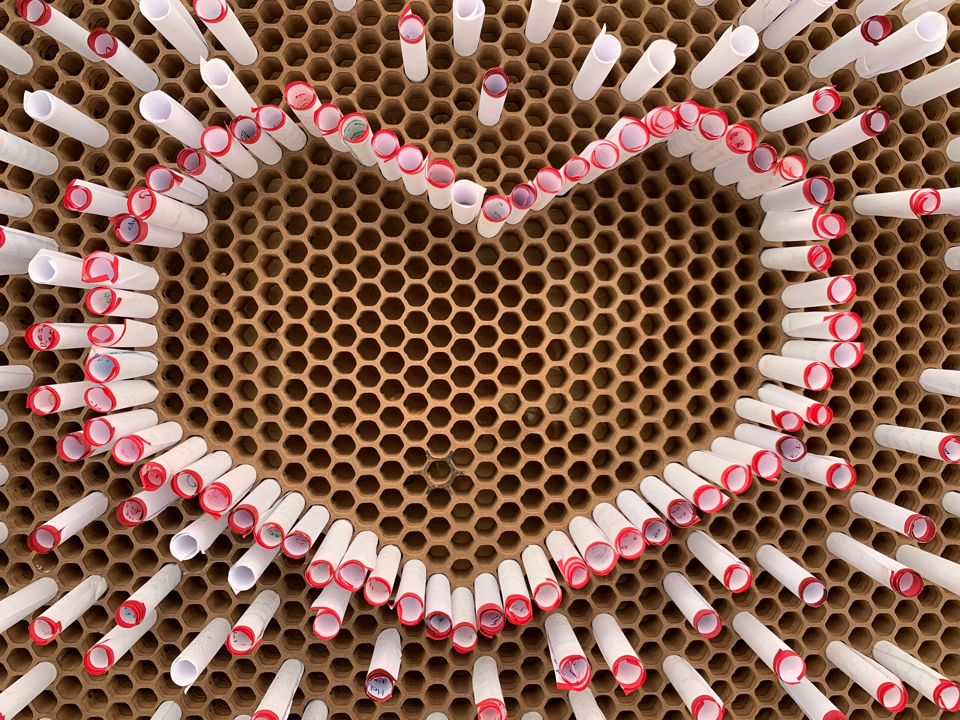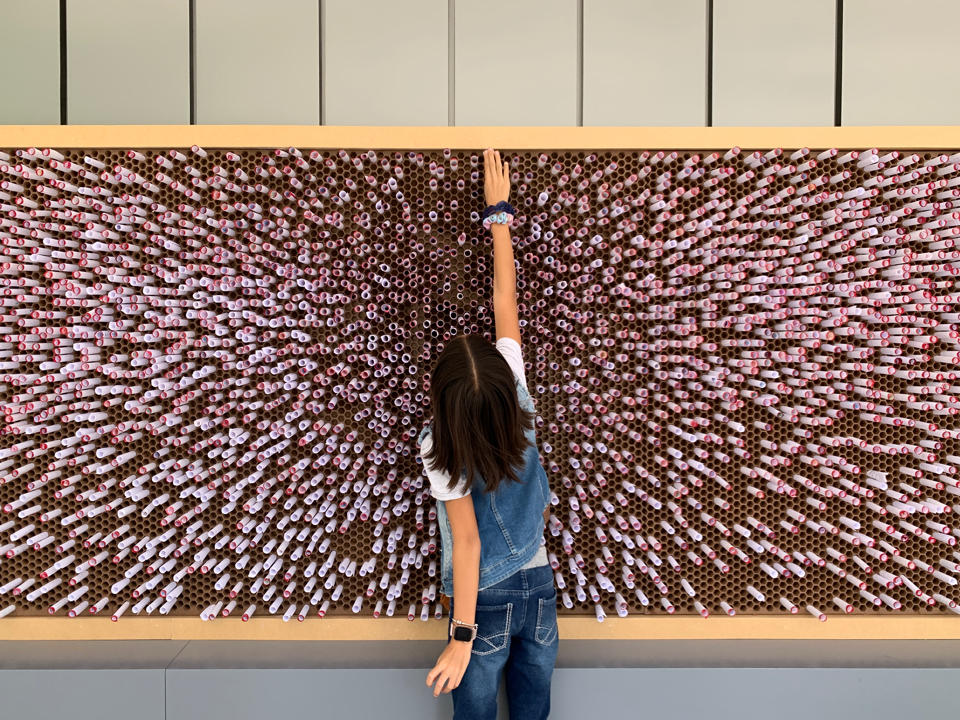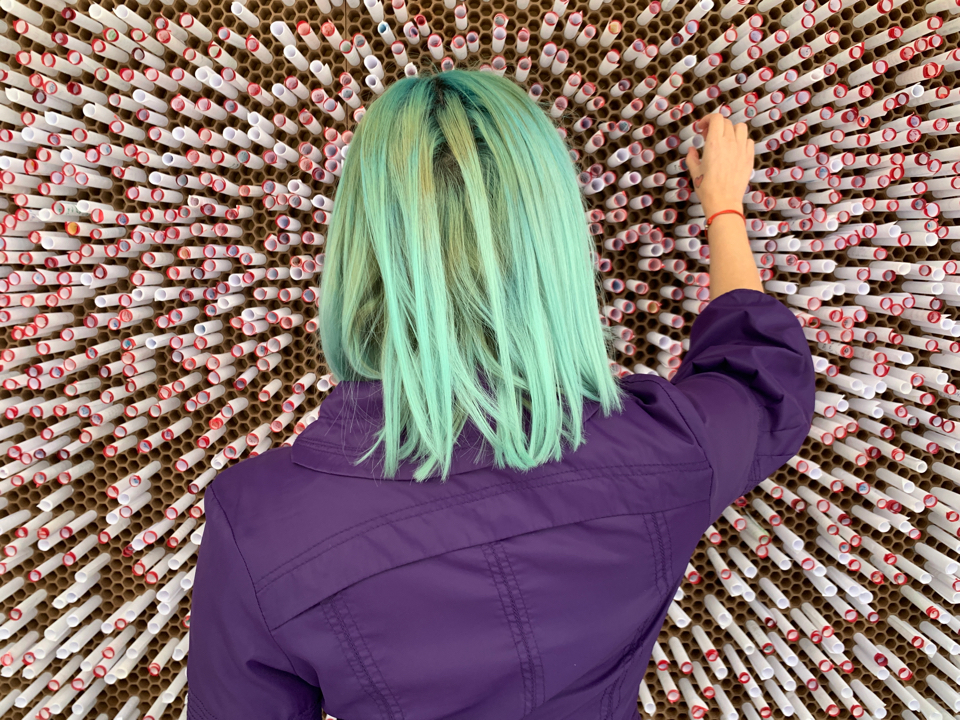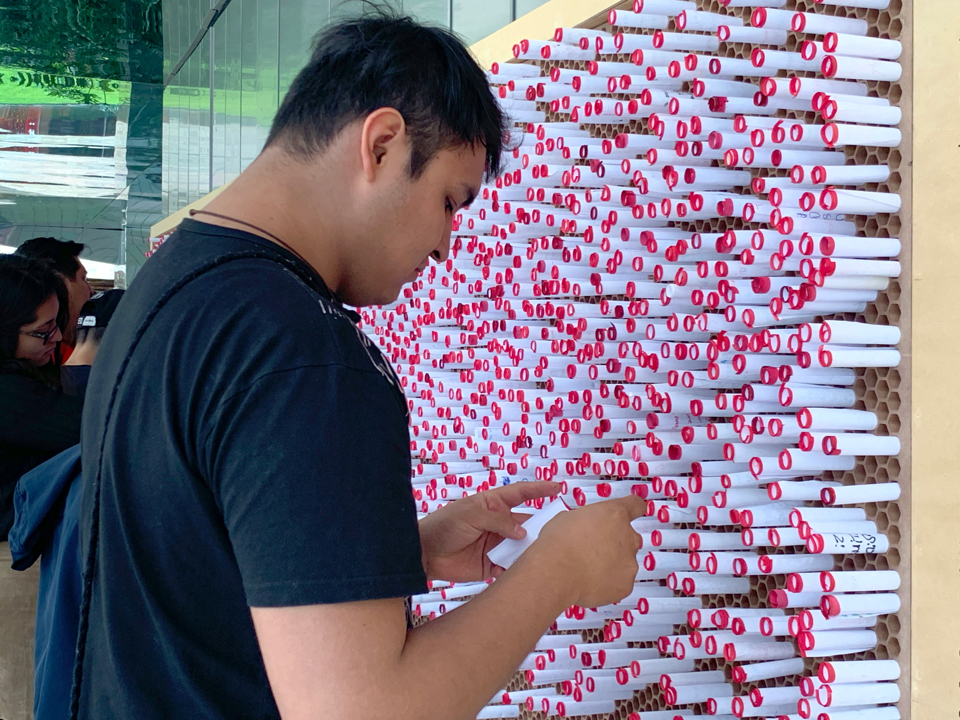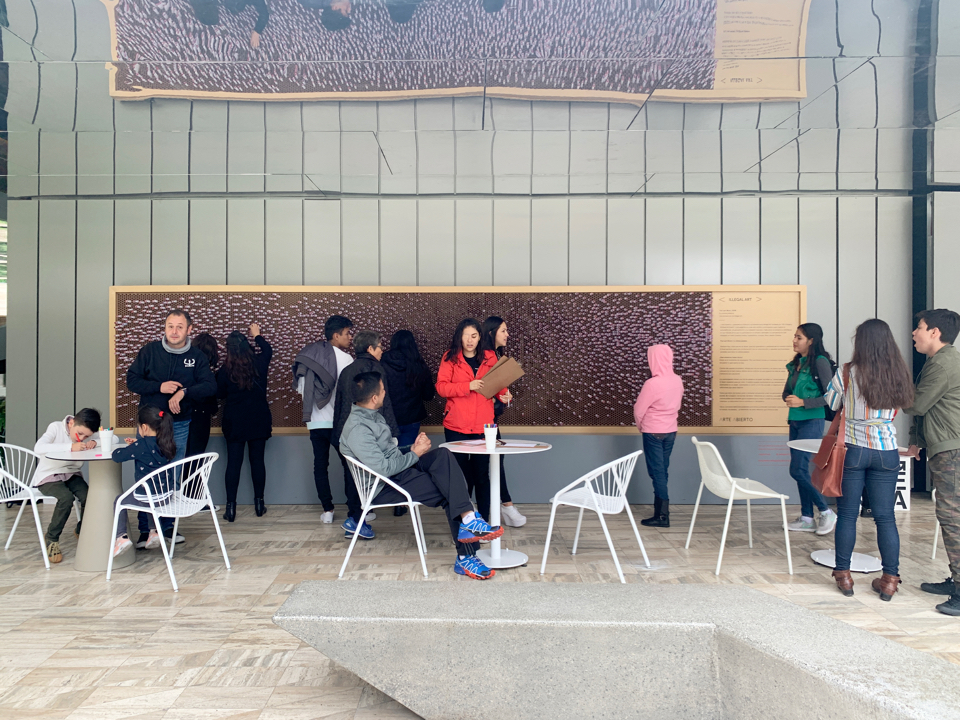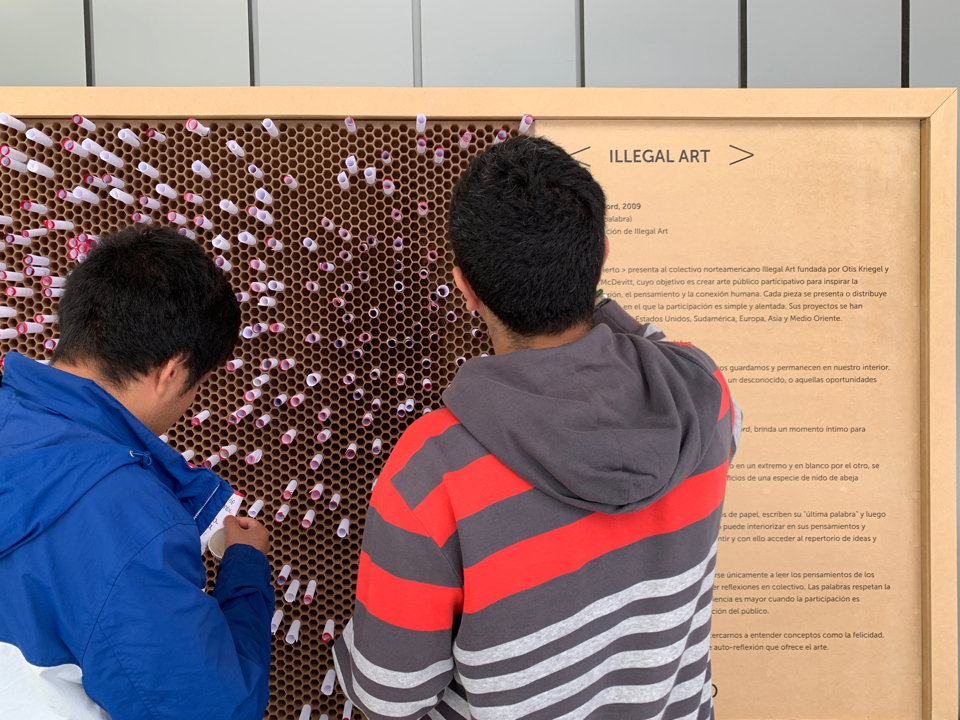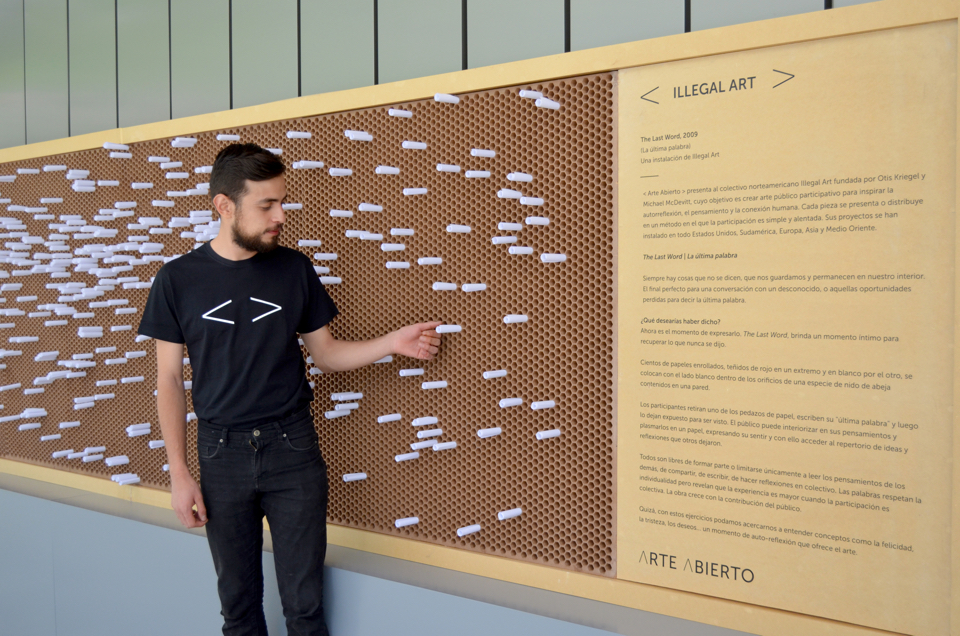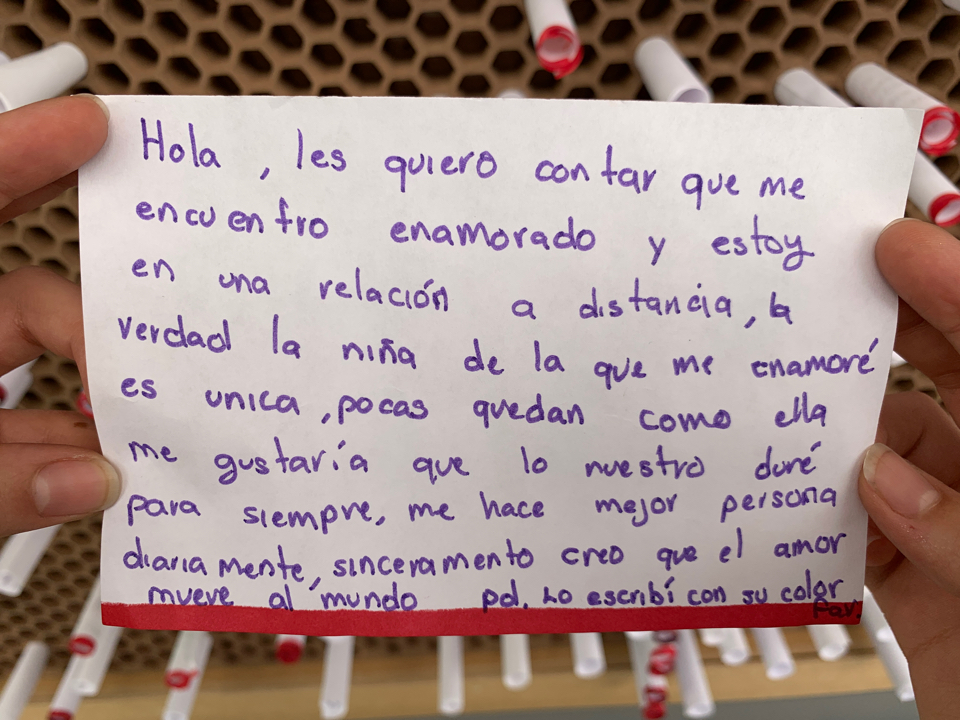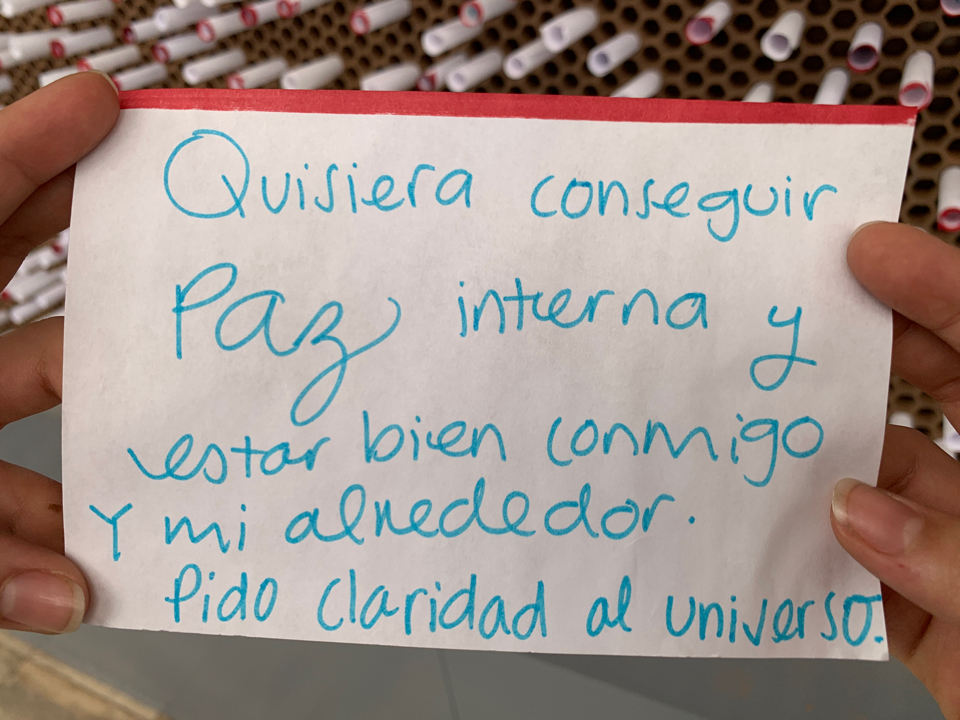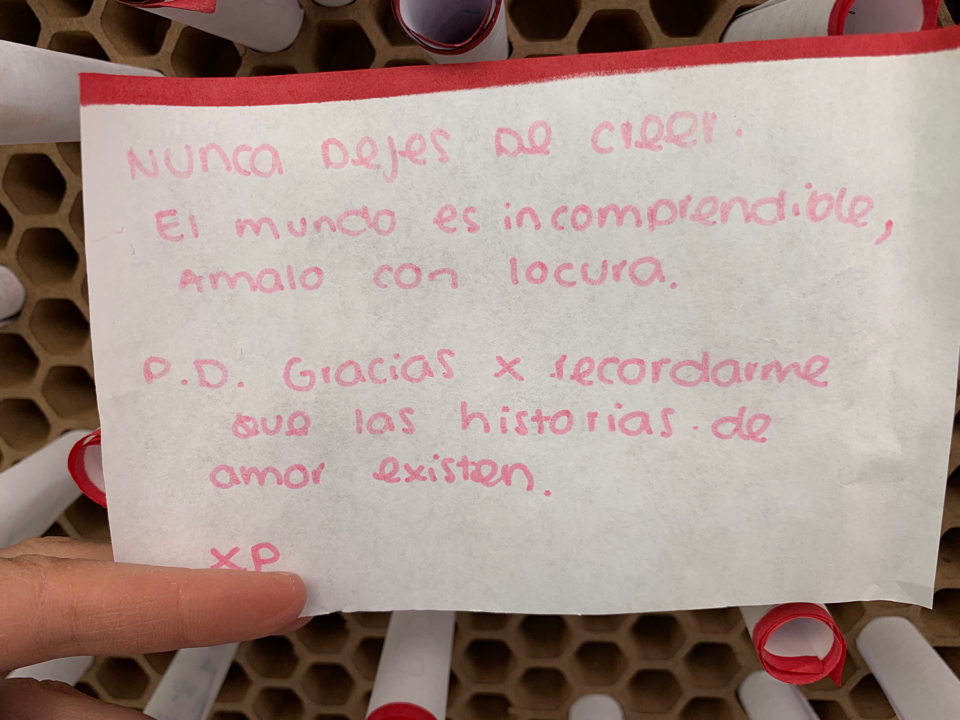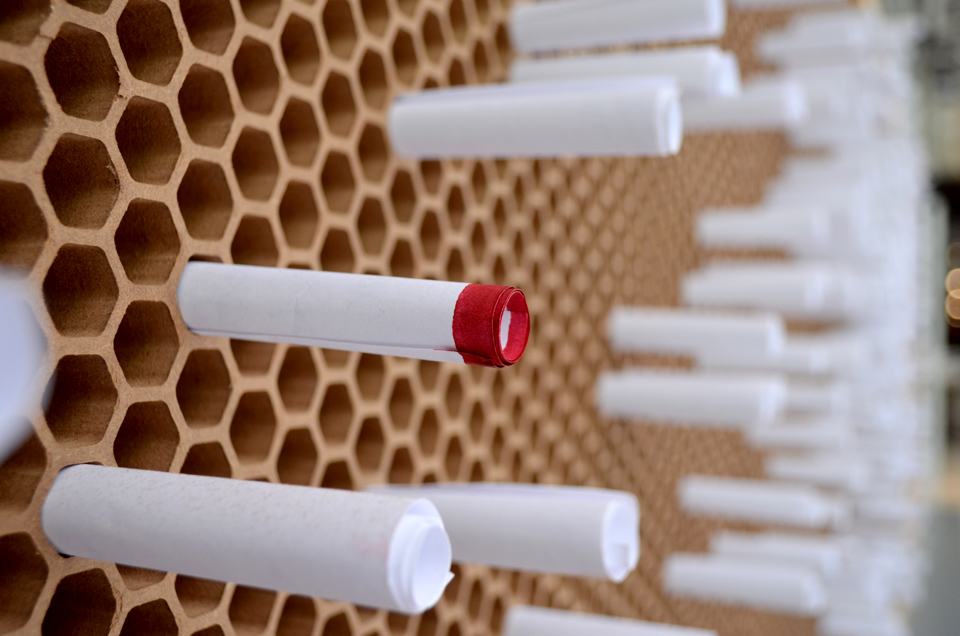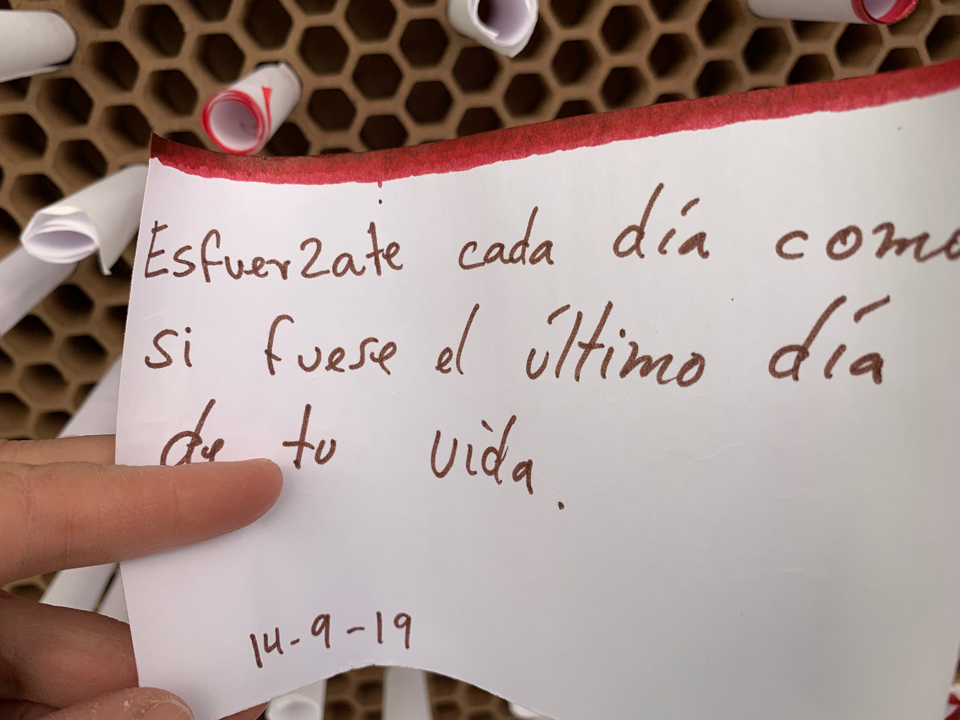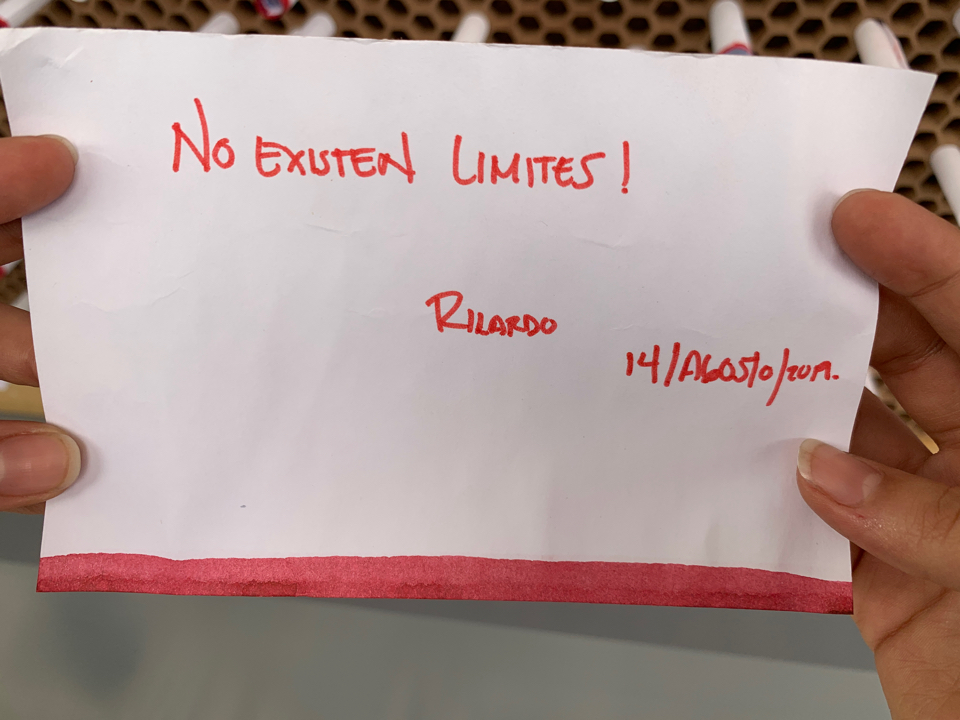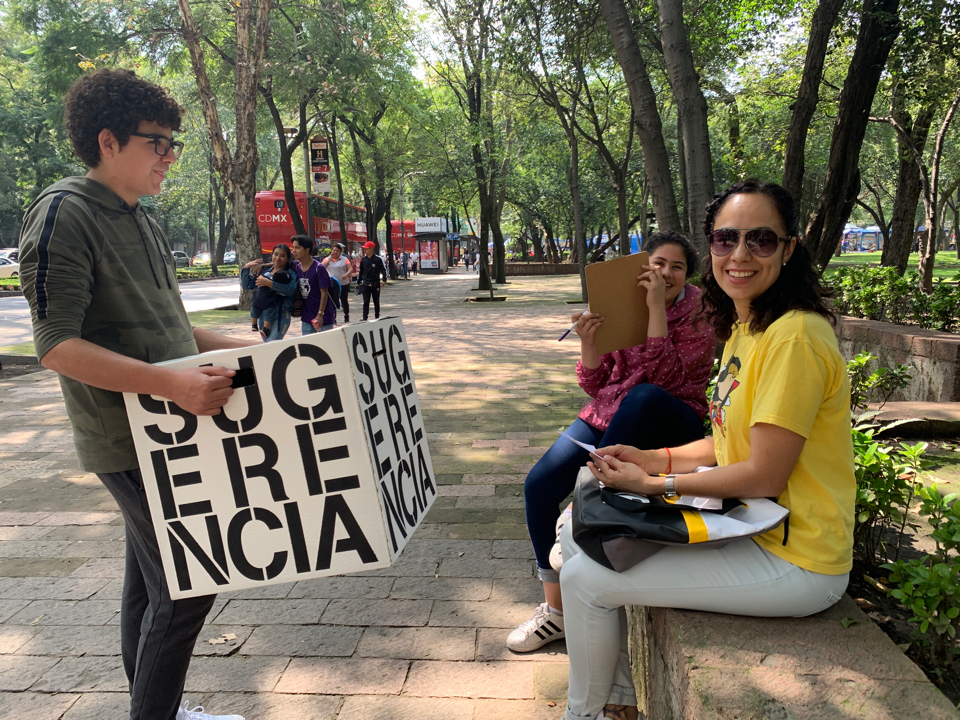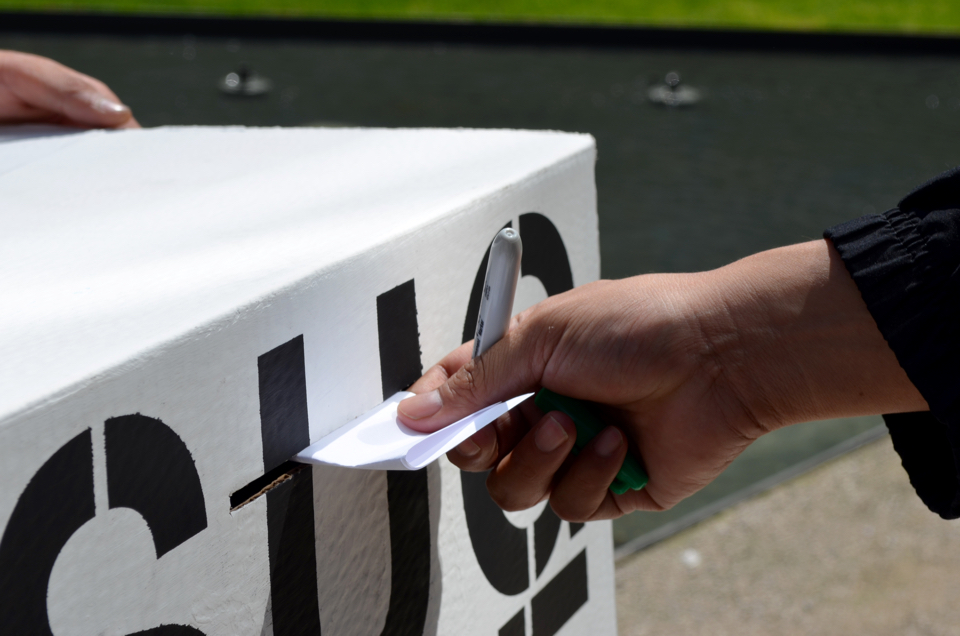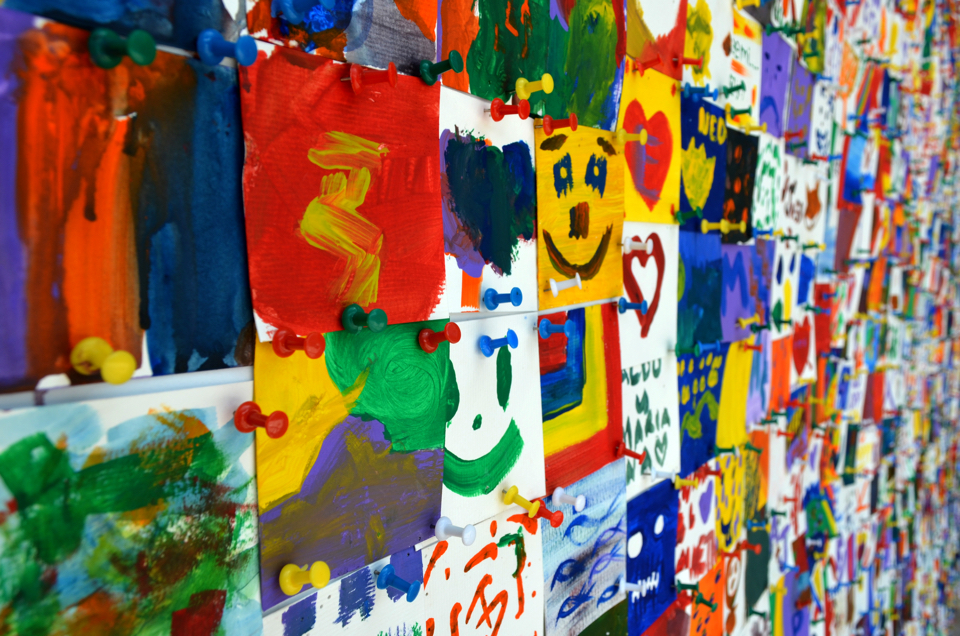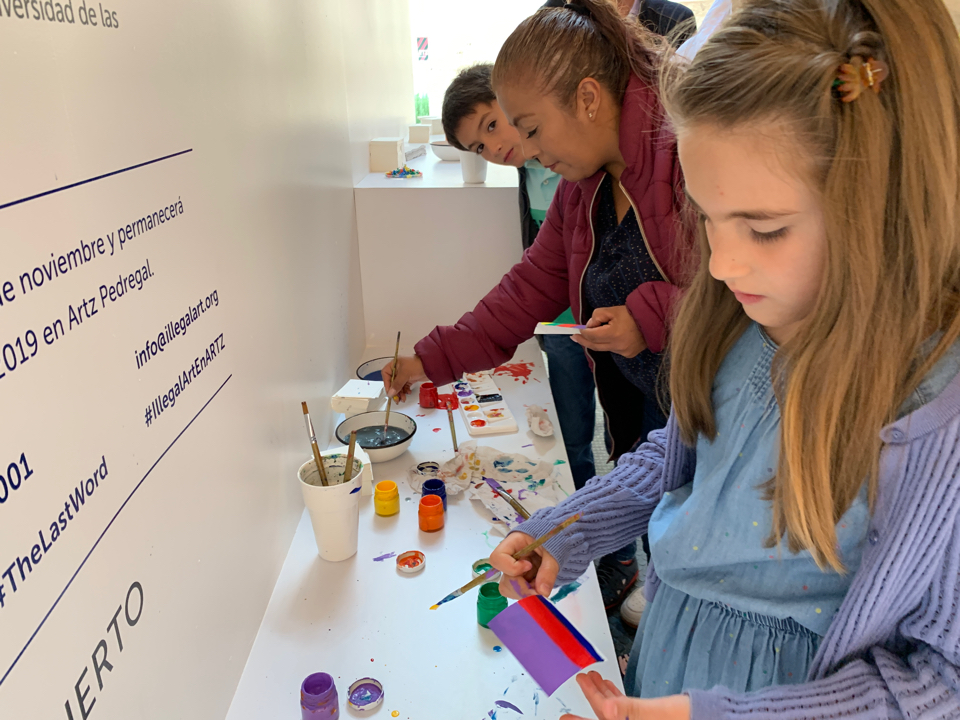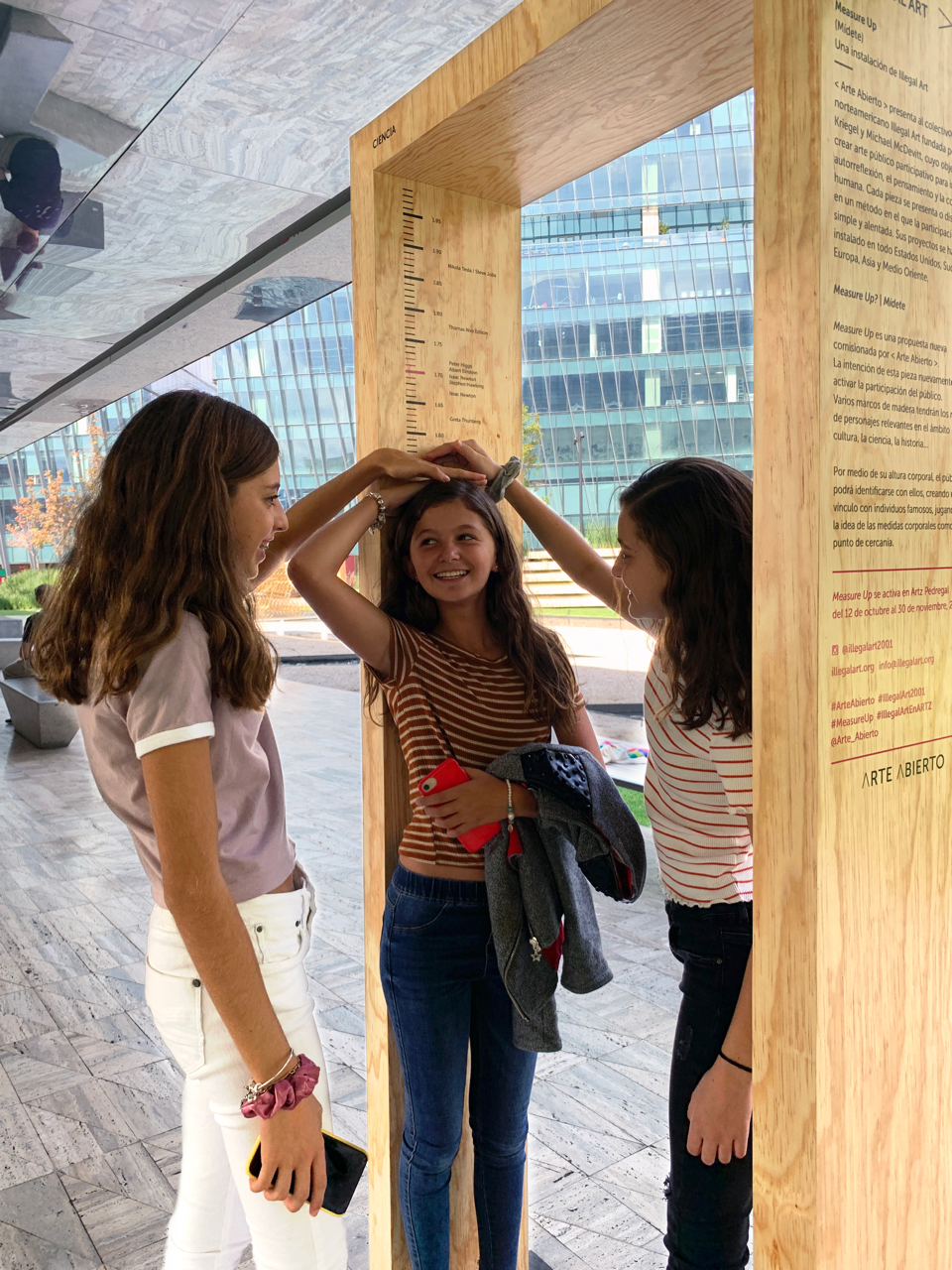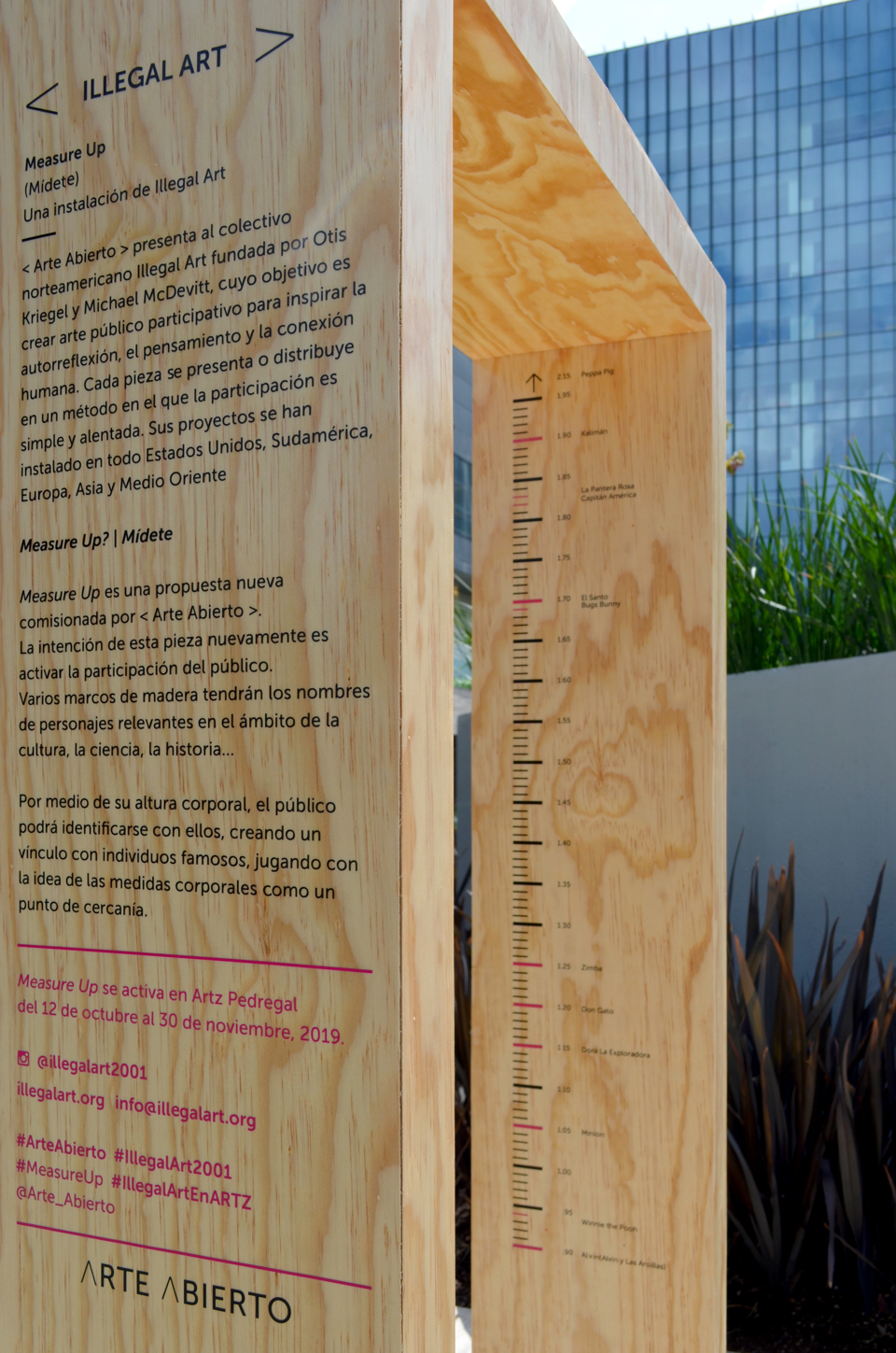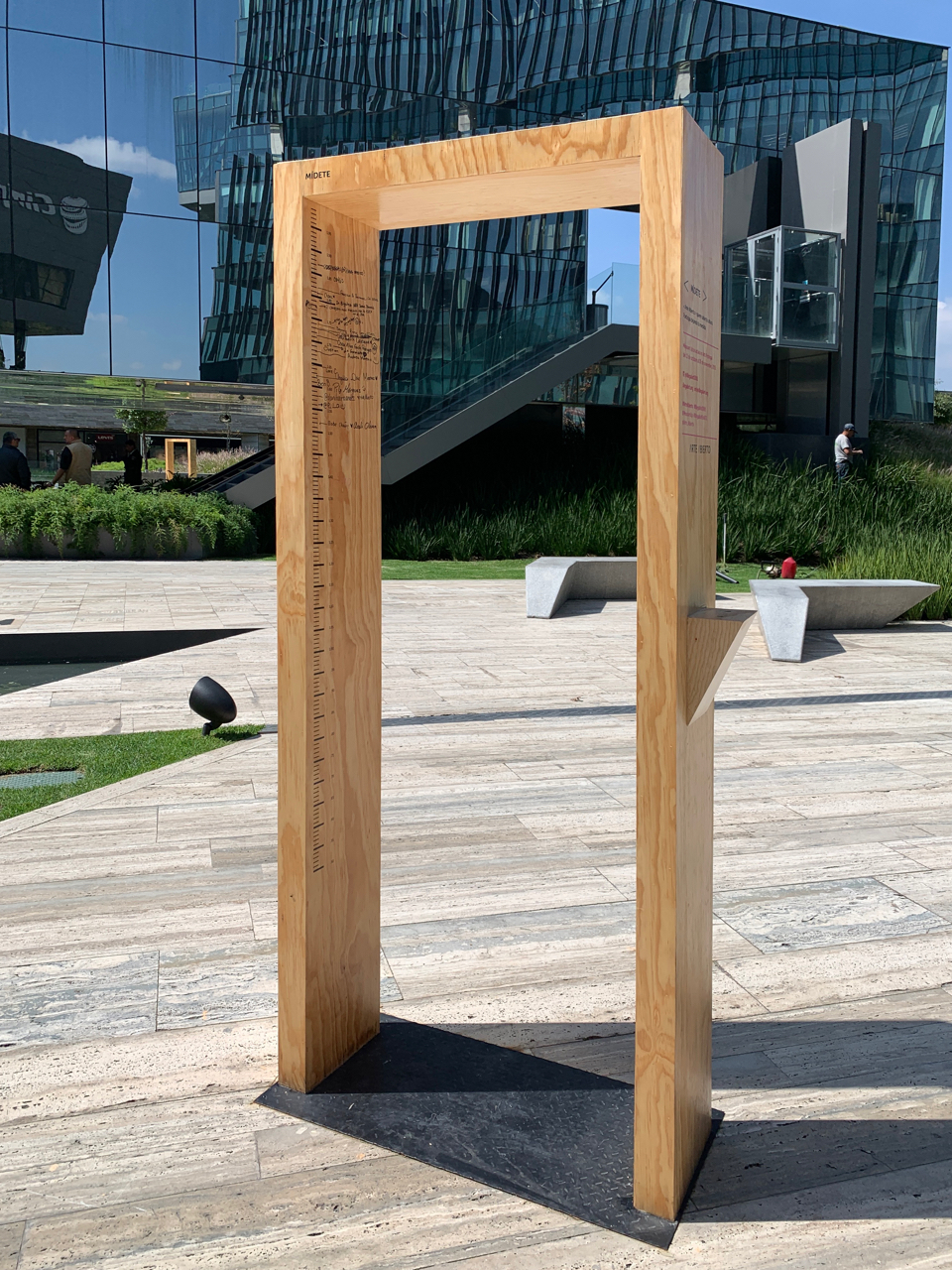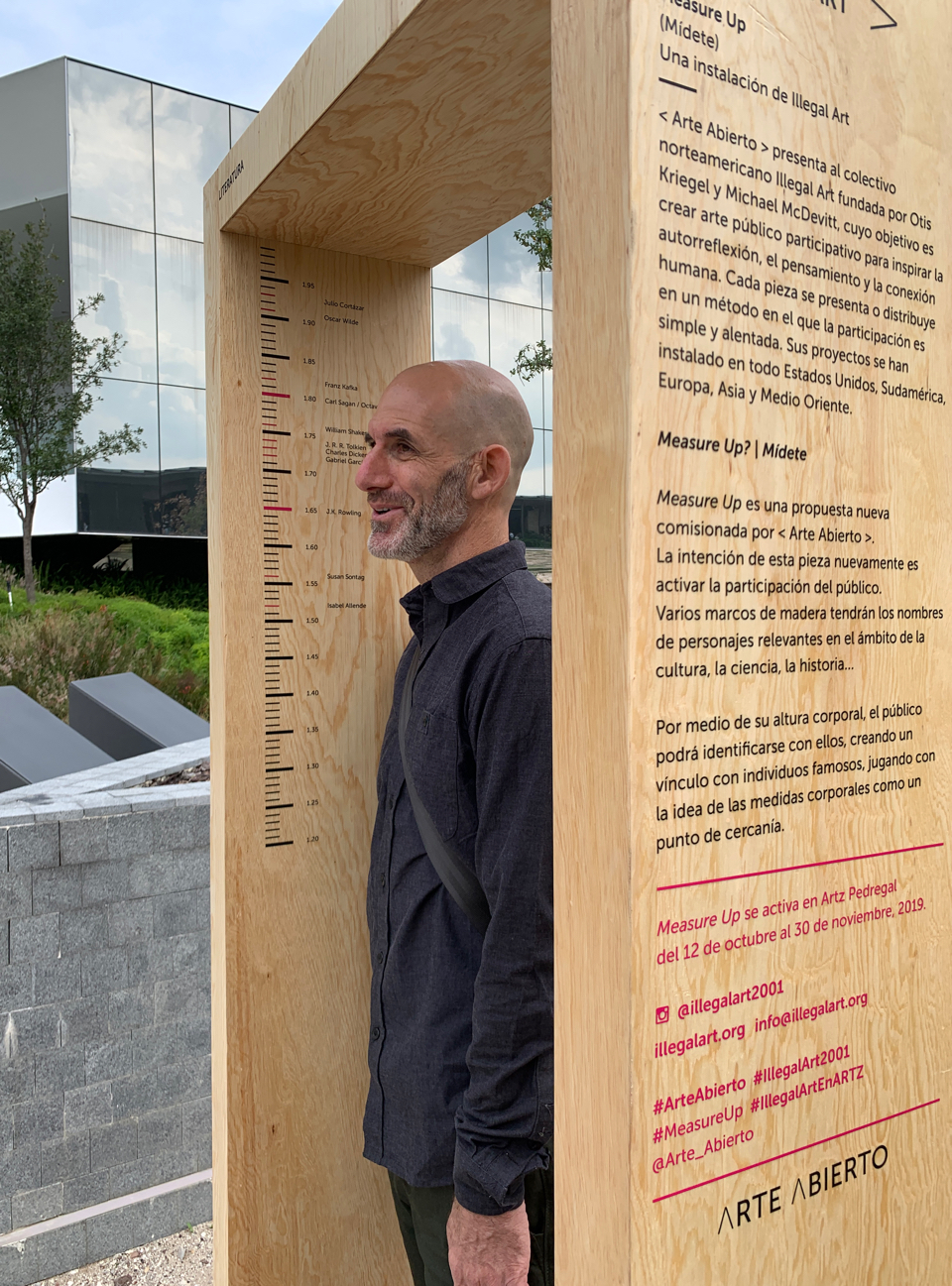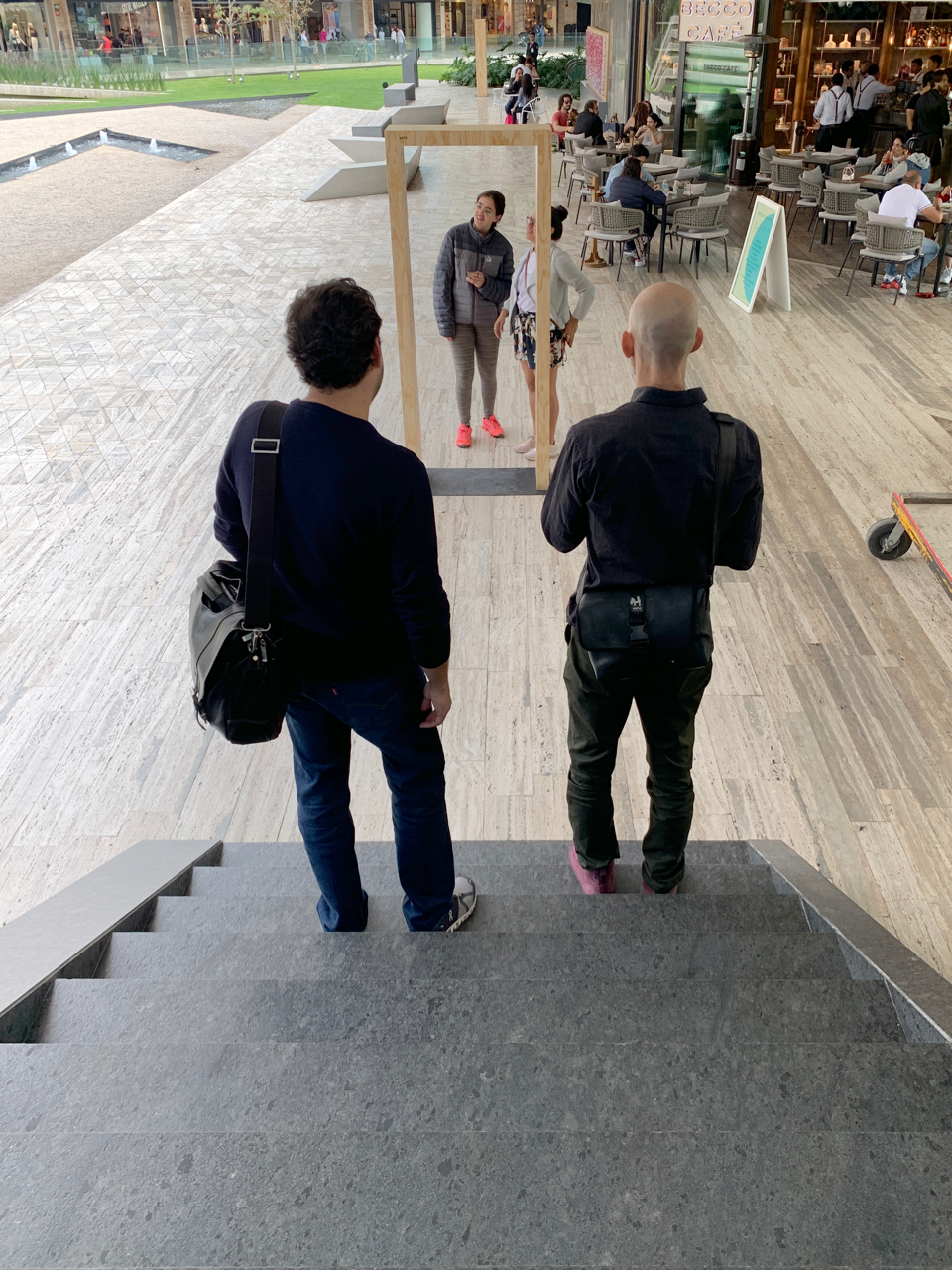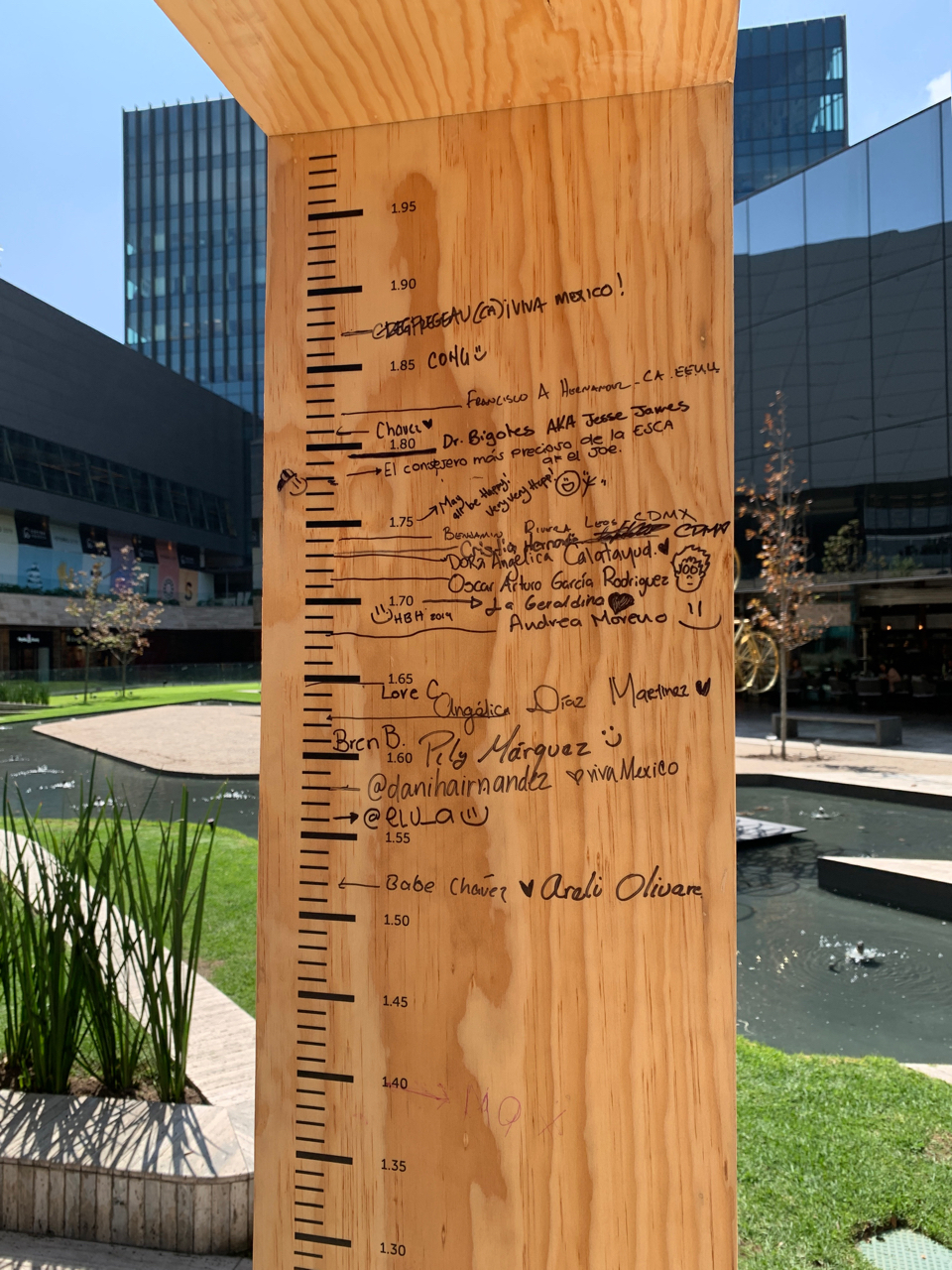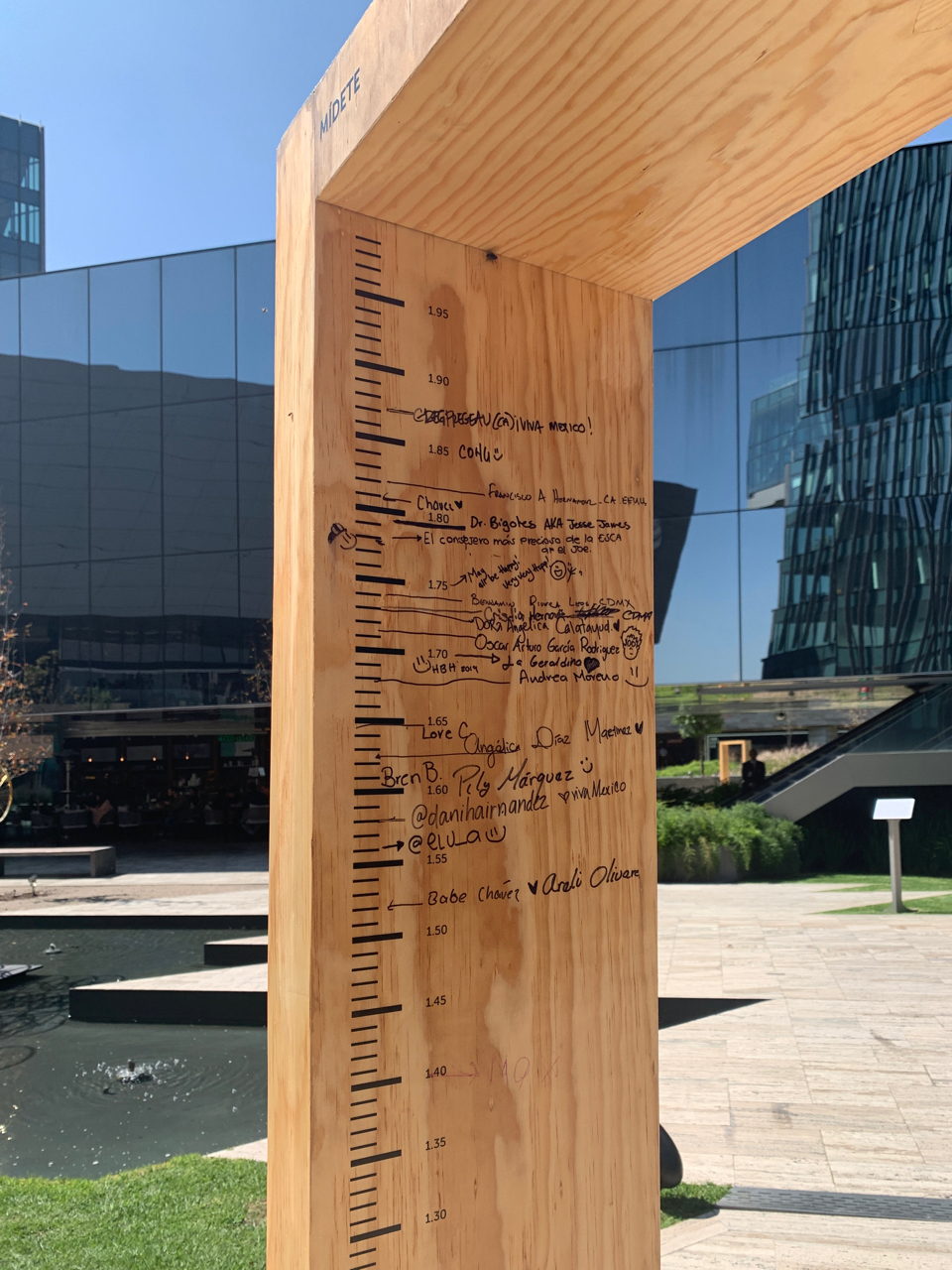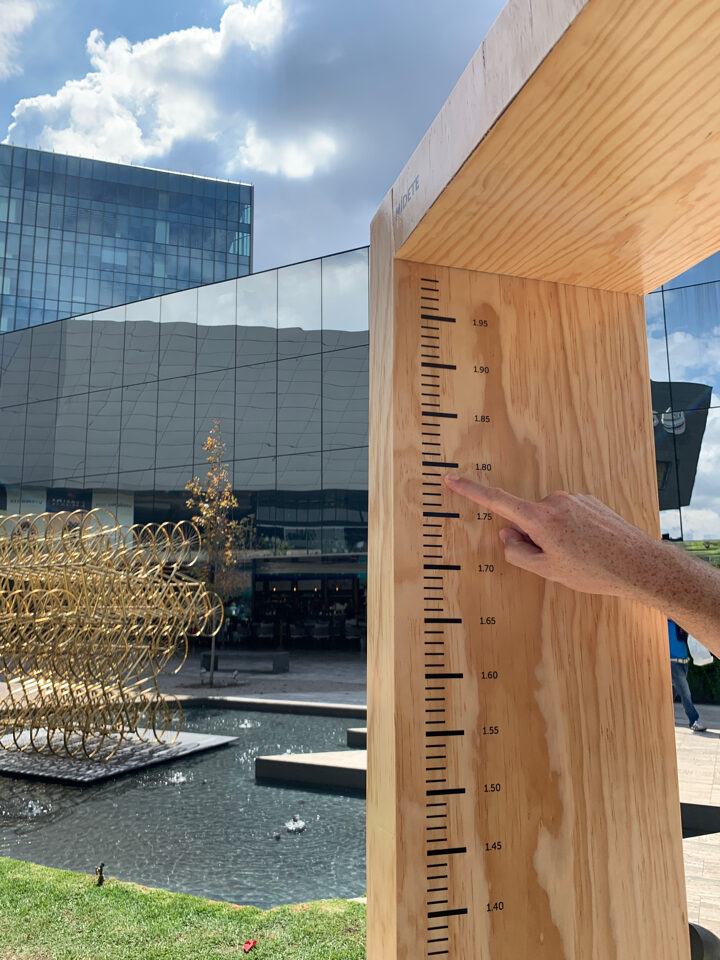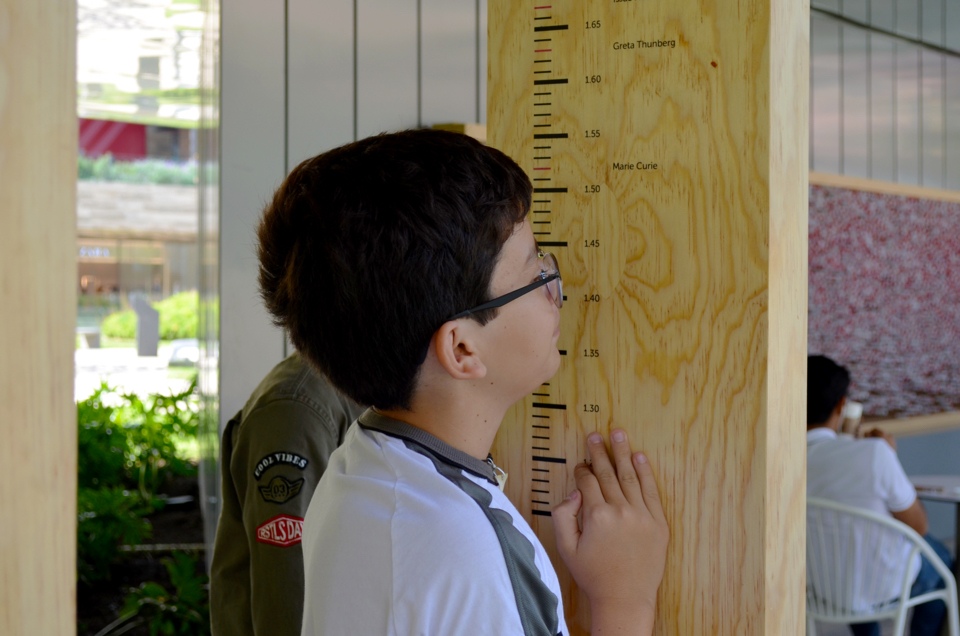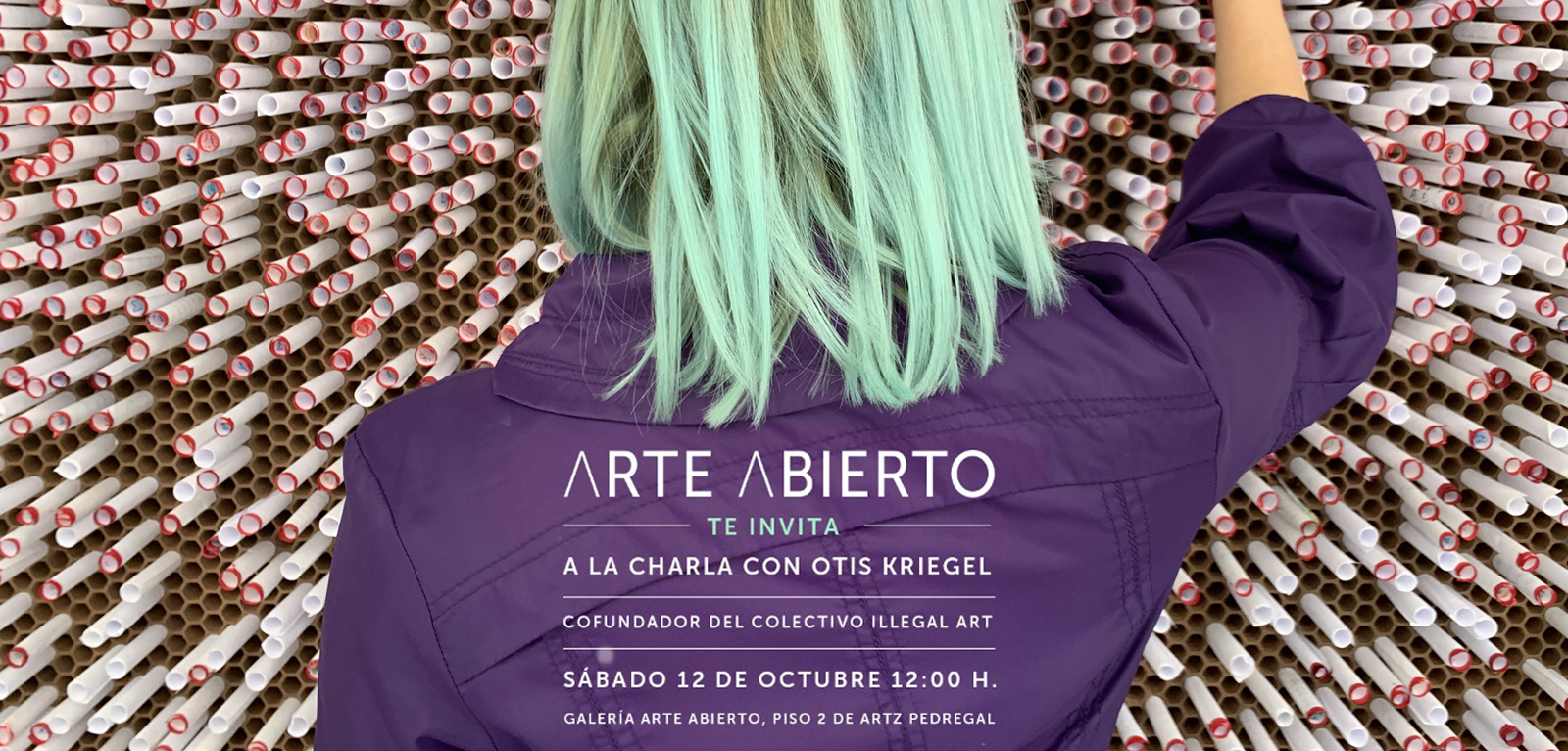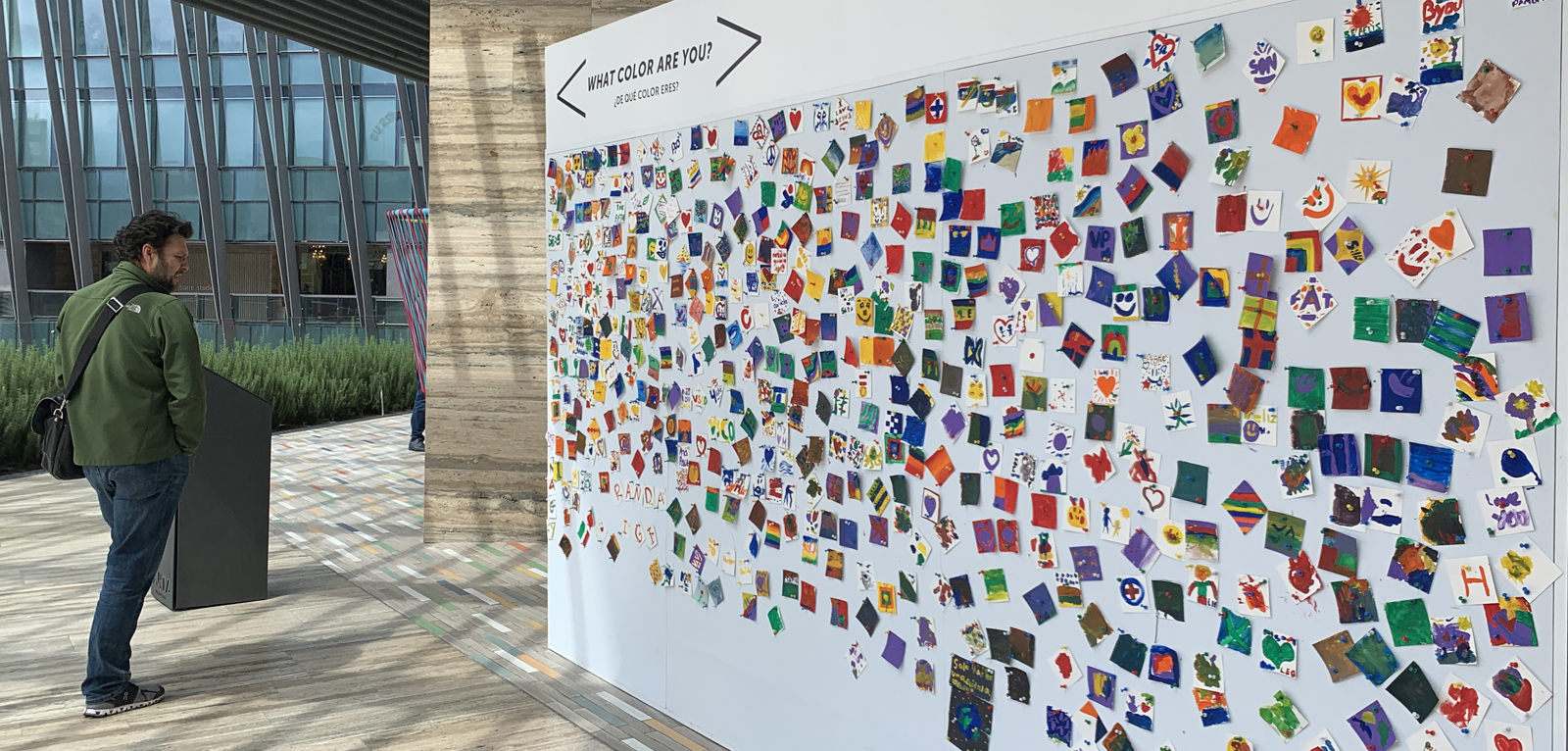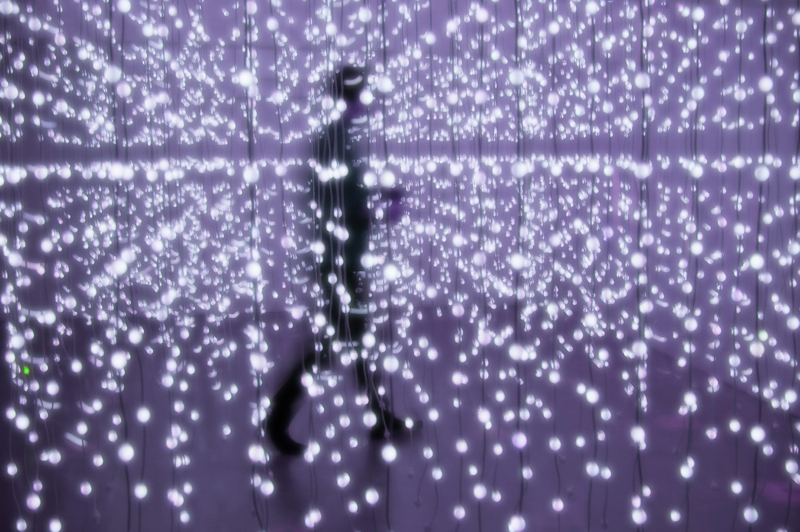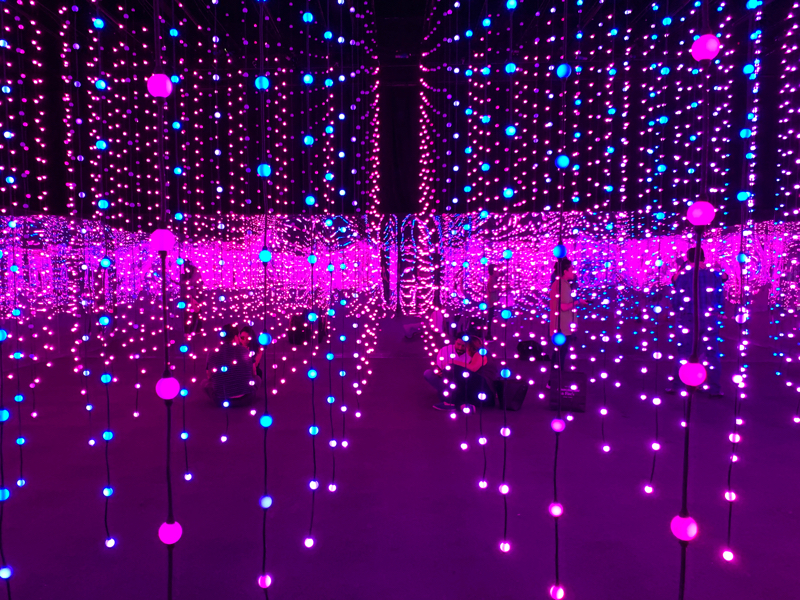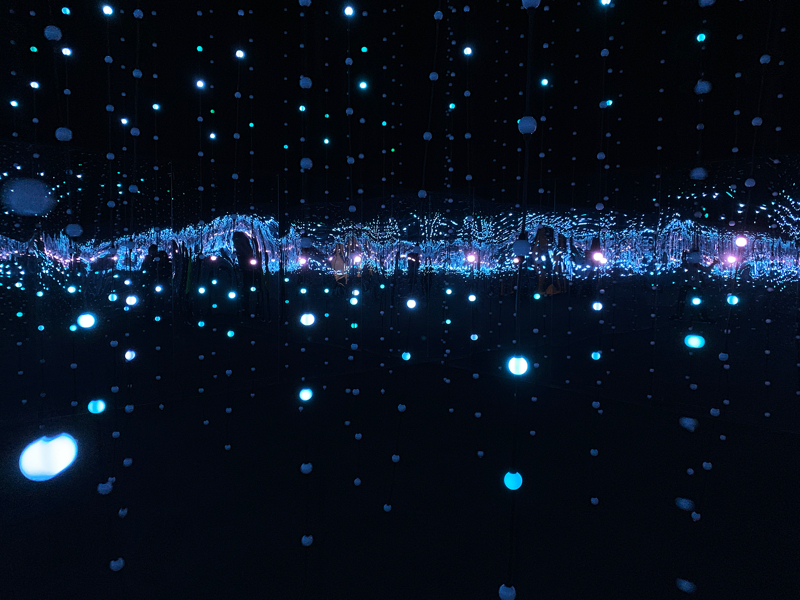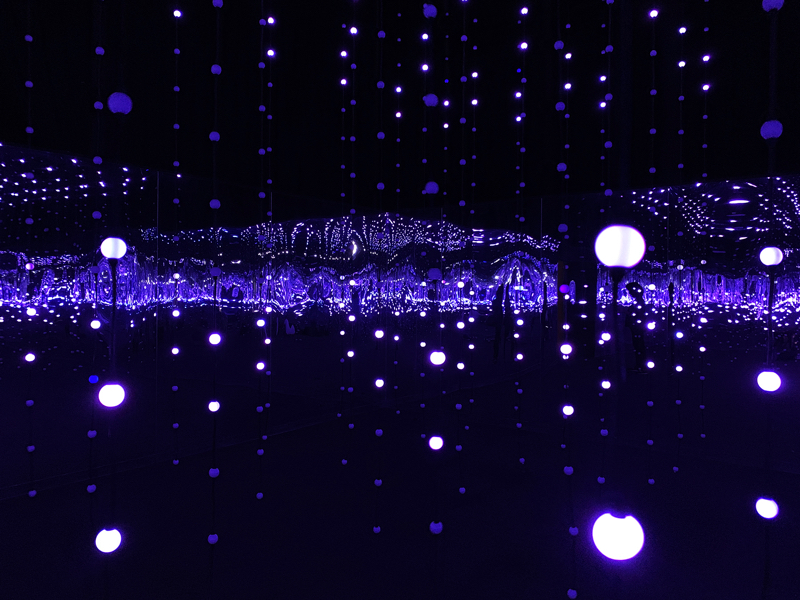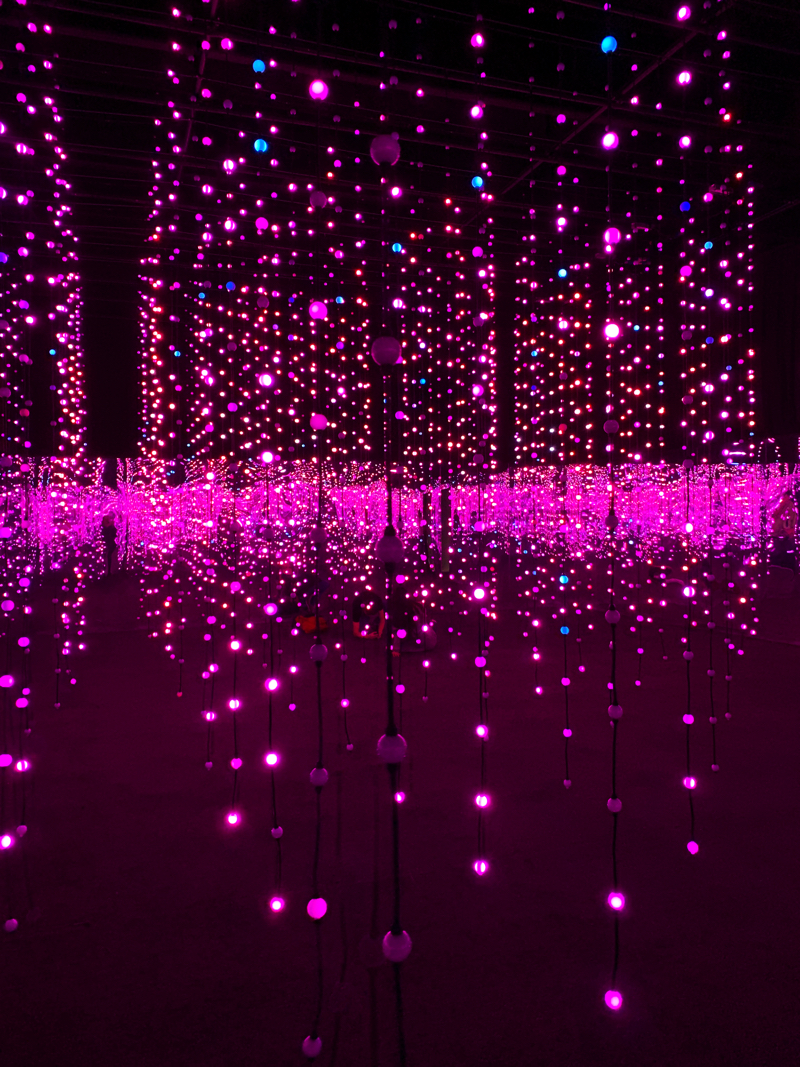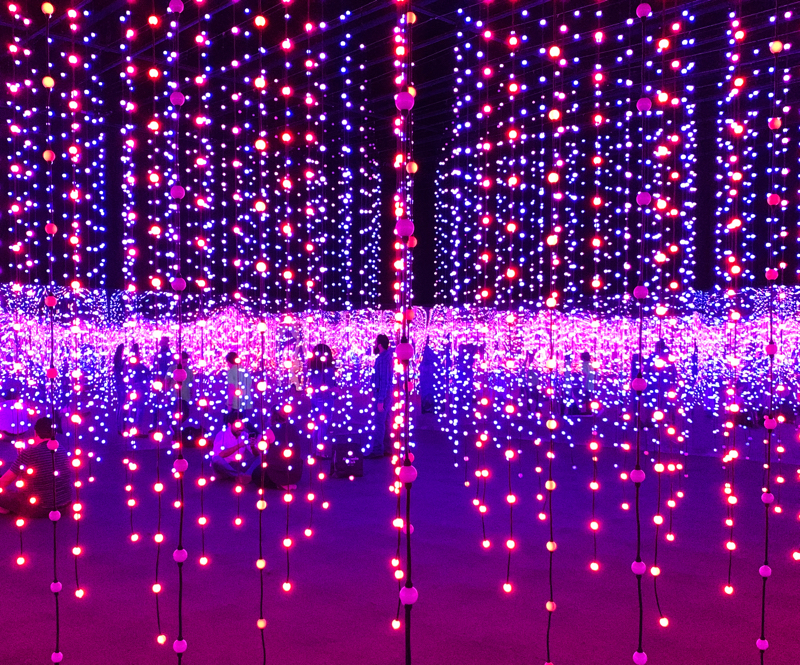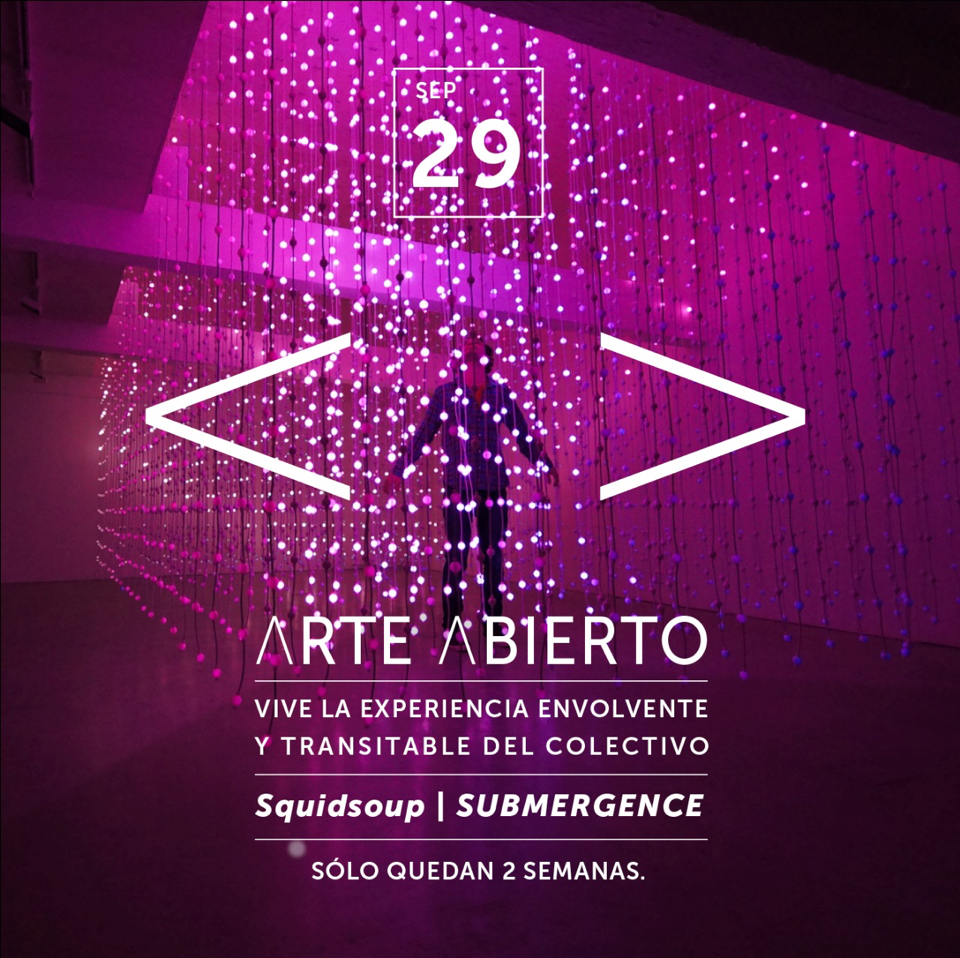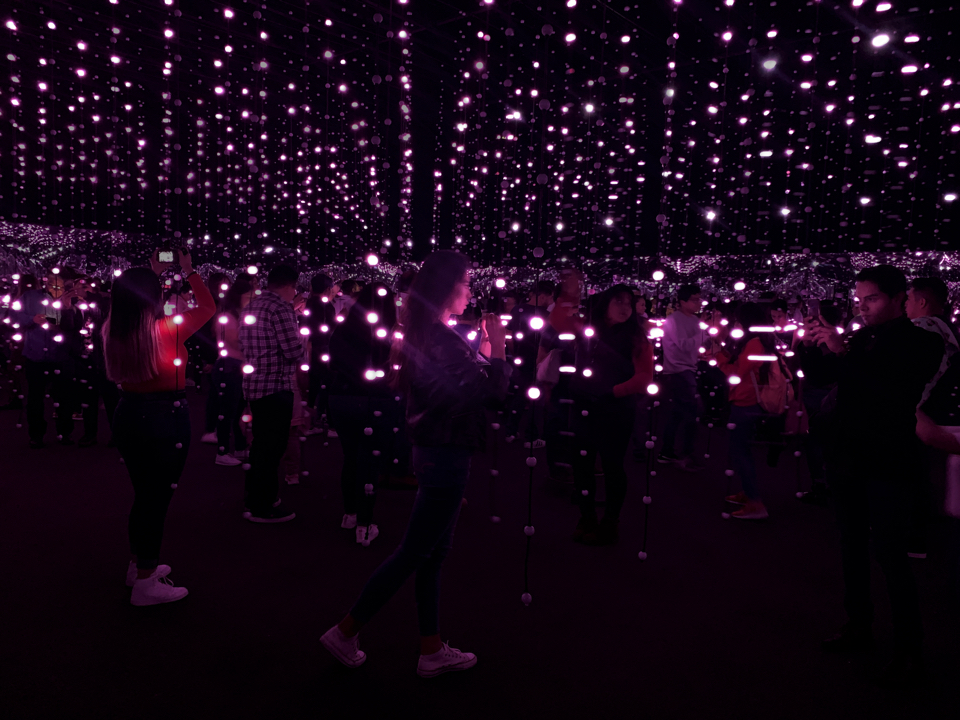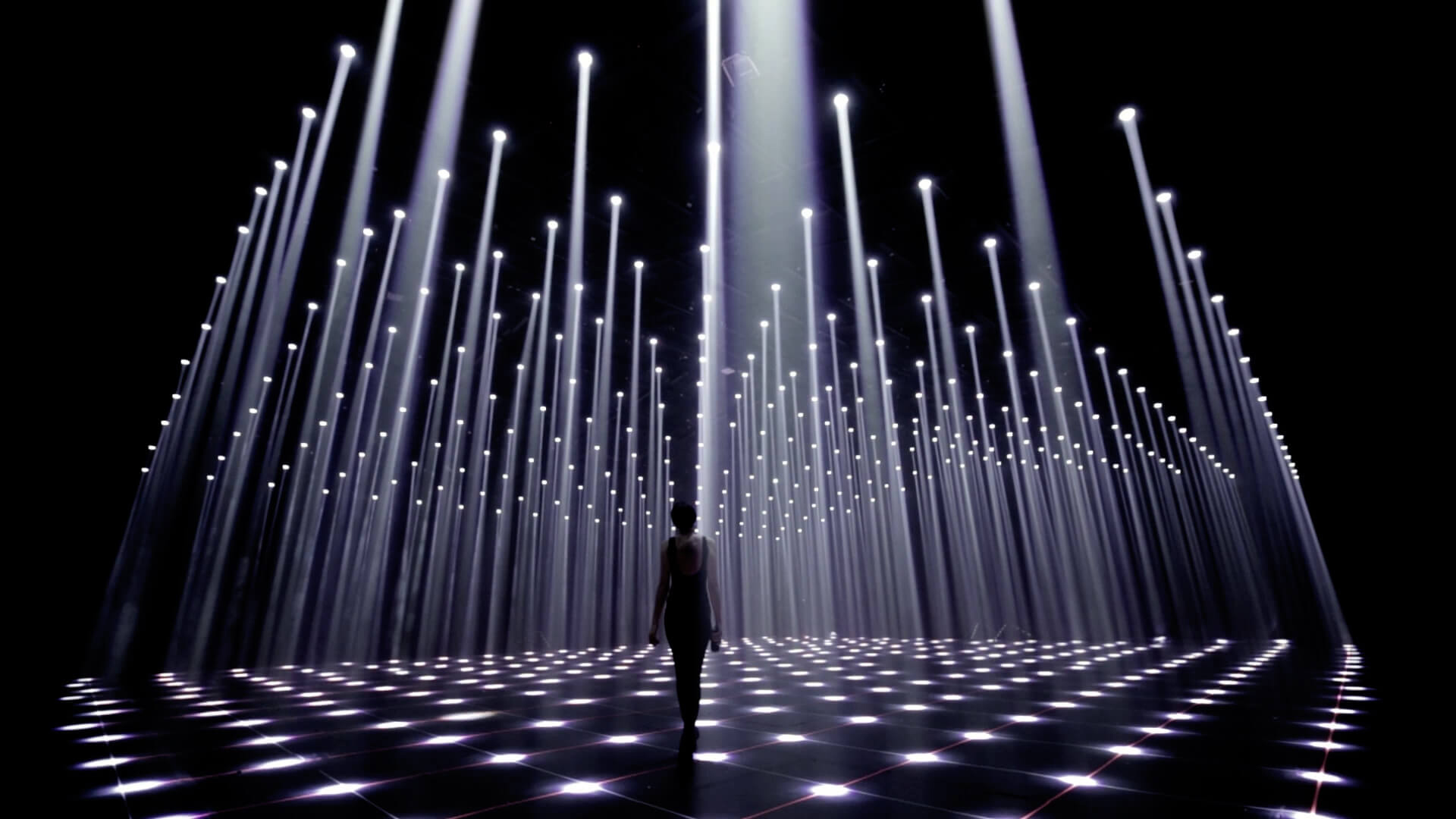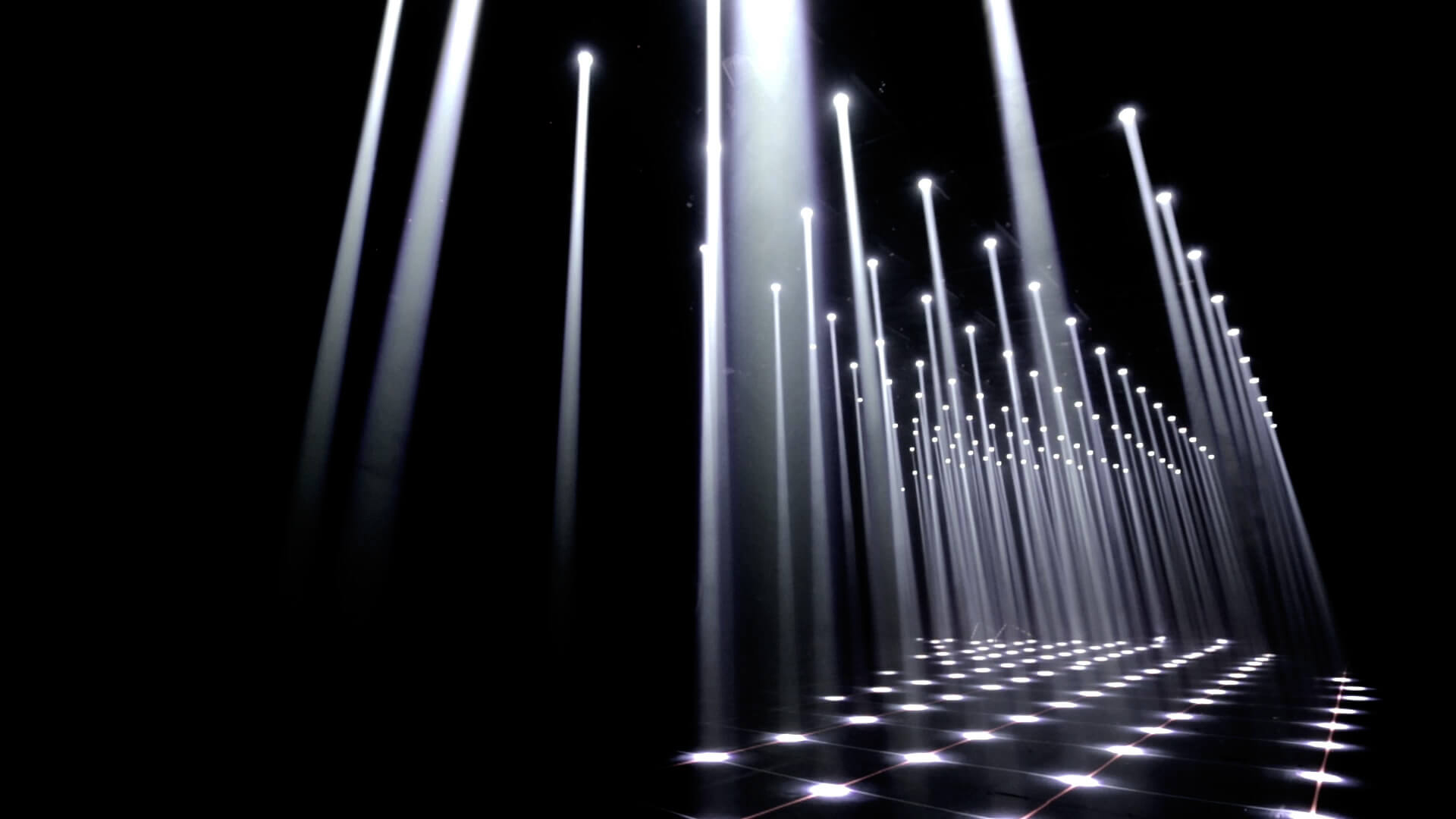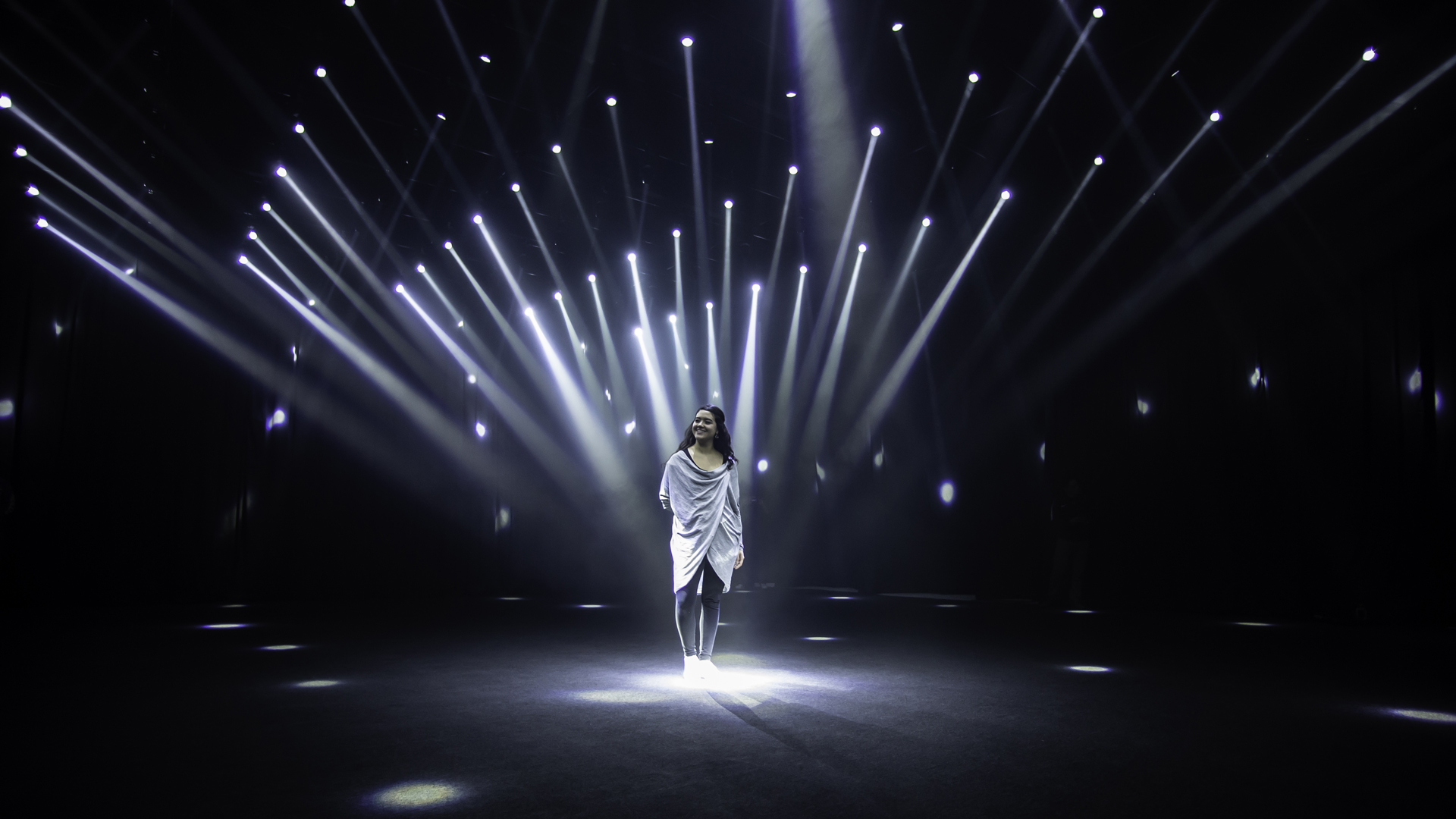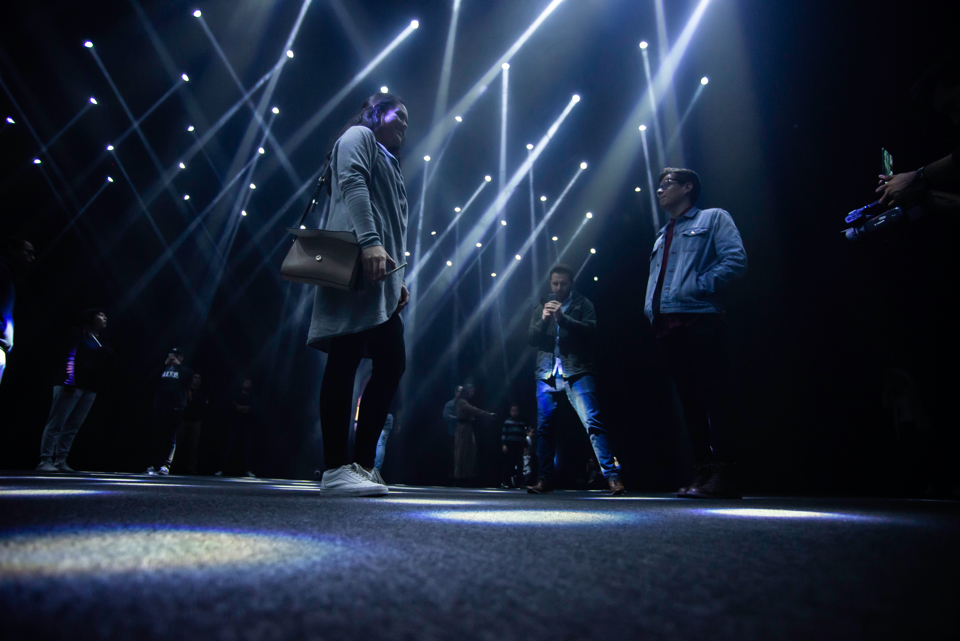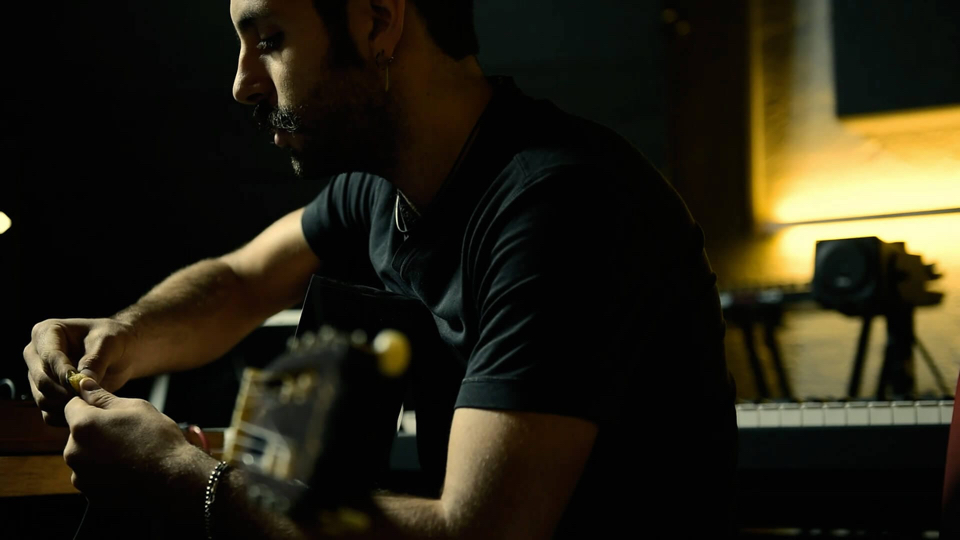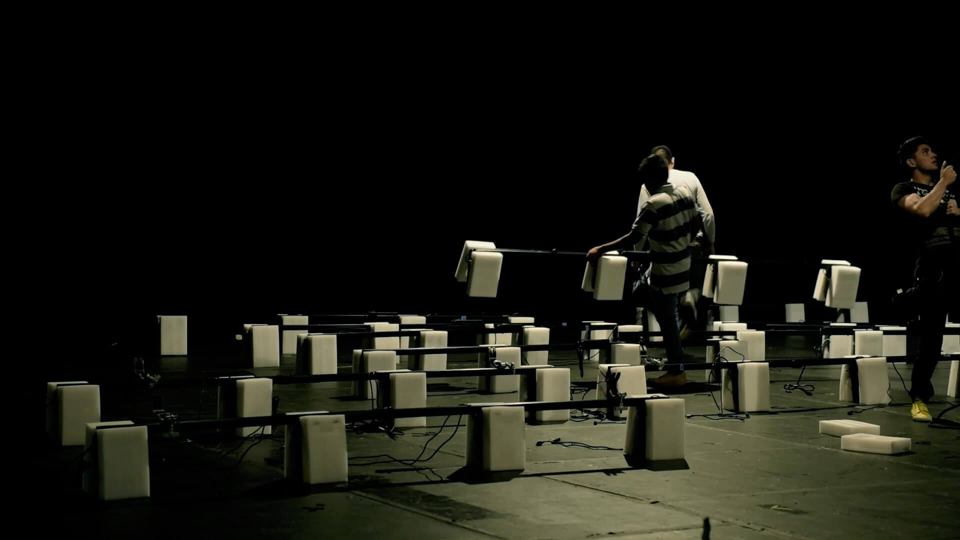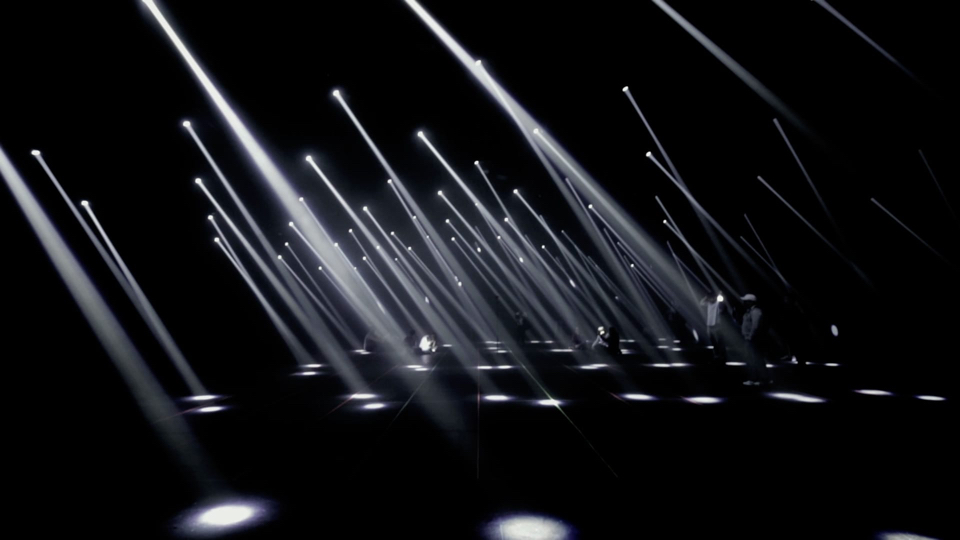11 Apr ART AND ARCHITECTURE DERIVES – GUSTAVO LIPKAU & XAVIER HIERRO 🗺
<Arte Abierto>’s Art and Architecture Derives is a program of routes proposed by invited curators, architects, artists and urban planners, to explore a series of architectural spaces and significant artistic interventions in public spaces in Mexico City. The purpose of the derives is to generate experiences of spatial rediscovery, which renew our view of the legacy of certain architectural and artistic works, both emblematic and forgotten.
The derives are held the last Saturday of each month of 2022 at 12:00 p.m. Free entry. Limited seating.
CONVERSATION WITH
GUSTAVO LIPKAU & XAVIER HIERRO
PLASTIC INTEGRATION OF THE BUILDINGS OF THE CENTRAL CAMPUS IN CU: ITS MURALS
• Live conversation with Gustavo Lipkau and Xavier Hierro.
• Saturday, April 23, 2022. at 1:00 pm.
• The event will be held at Espacio Arte Abierto, located on the 2nd floor in Artz Pedregal.
• Free admission.
A conversation with Gustavo Lipkau y Xavier Hierro about the buildings of the central campus of Ciudad Universitaria, in Mexico City, and its murals.
The Central Campus of the UNAM is an architectural complex in which engineers and artists jointly participated with the intention of merging disciplines such as architecture, painting and sculpture, under what became known as Plastic Integration. In this talk, Gustavo Lipkau and Xavier Hierro will address the processes and searches of this movement and how it is reflected in eight fundamental buildings and murals on the university campus. It will be a conversation where, beyond theory, the architects will share events and anecdotes around the construction of this key space for Mexico City.
—
Gustavo Lipkau Henríquez (Caracas, 1972) is an architect and urban planner.
He studied Architecture at UNAM and has been a visiting professor at universities both in Mexico and abroad. In 2000 he co-founded Futura Desarrollo Urbano (FDU), and between 2010 and 2012 he founded and coordinated the “Microurbanismo de Casa Vecina” workshops, of the Fundación del Centro Histórico de la Ciudad de México A.C. and “Observatory of the City” in the Faculty of Architecture of the UNAM. Since 2015 he is part of Luxmart Futura S.A de C.V, a company dedicated to activities in industry, commerce, energy, and sustainability.
—
Xavier Hierro Ozores (Mexico City, 1973) is a graduate of the UNAM Faculty of Architecture.
He has 14 years of uninterrupted attendance as a student and apprentice teacher. He has dedicated himself to the professional practice of design for more than 25 years, acting as coordinator of multidisciplinary work teams focused on the production of infrastructures for education, health, security and public space. In parallel, he has added experience in the design and manufacture of furniture, production of audiovisual works and installations and, more recently, in large-scale painting.
—
Espacio Arte Abierto is located on the 2nd floor in ARTZ Pedregal (Periférico Sur 3720, Jardines del Pedregal, Álvaro Obregón) Mexico City.



